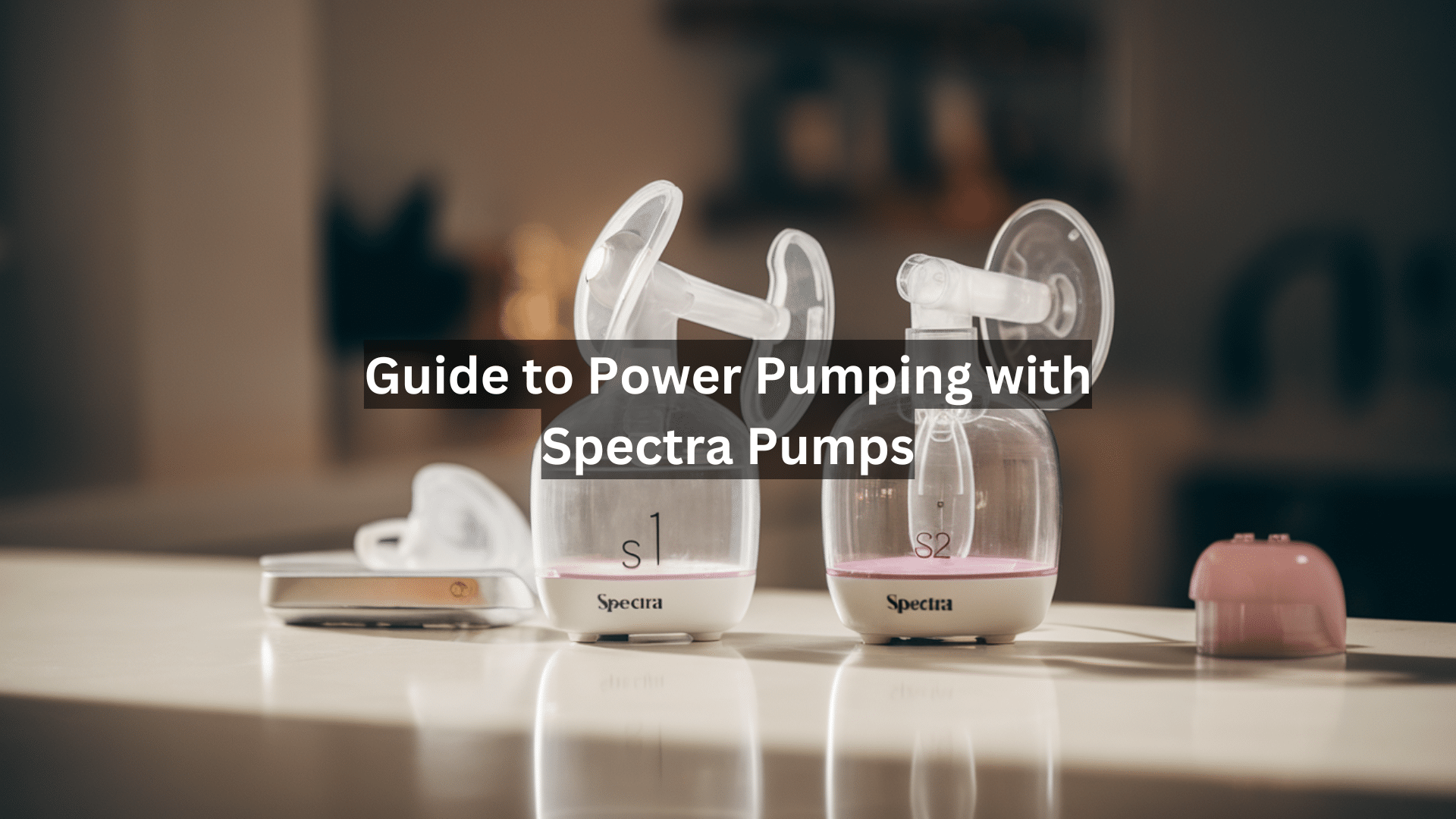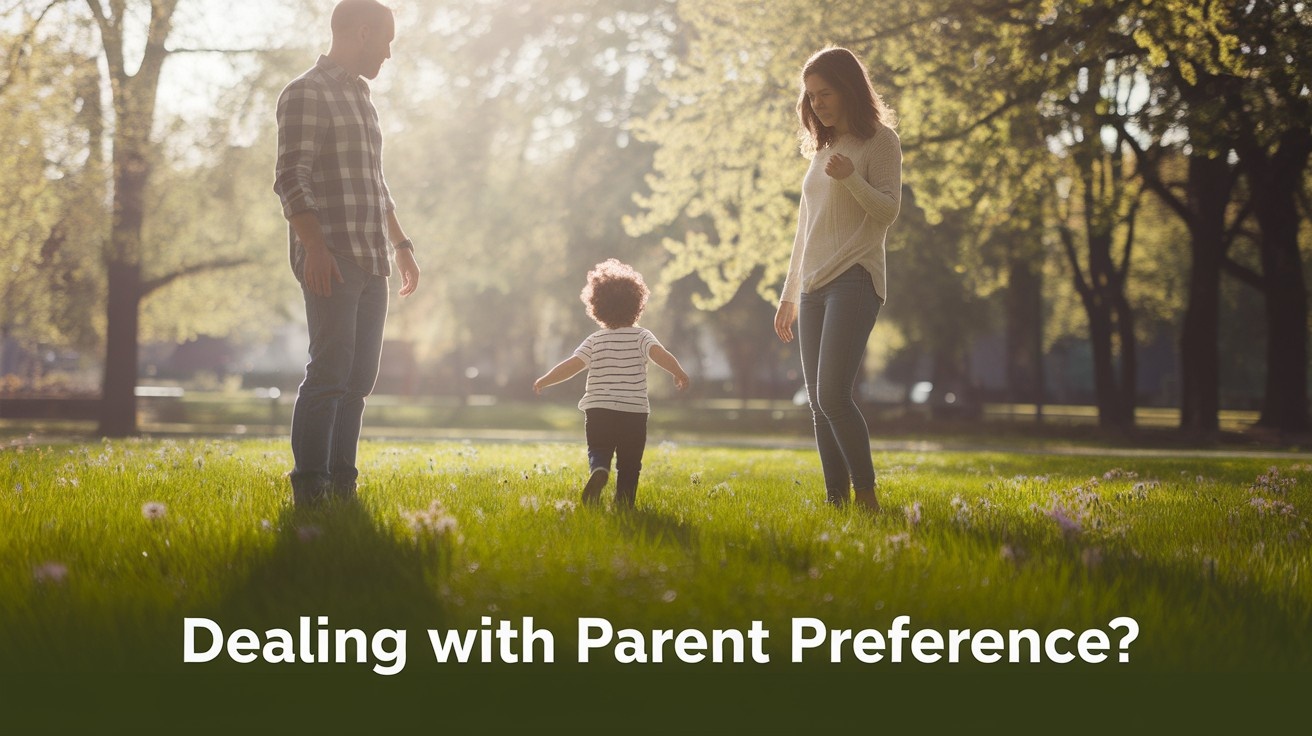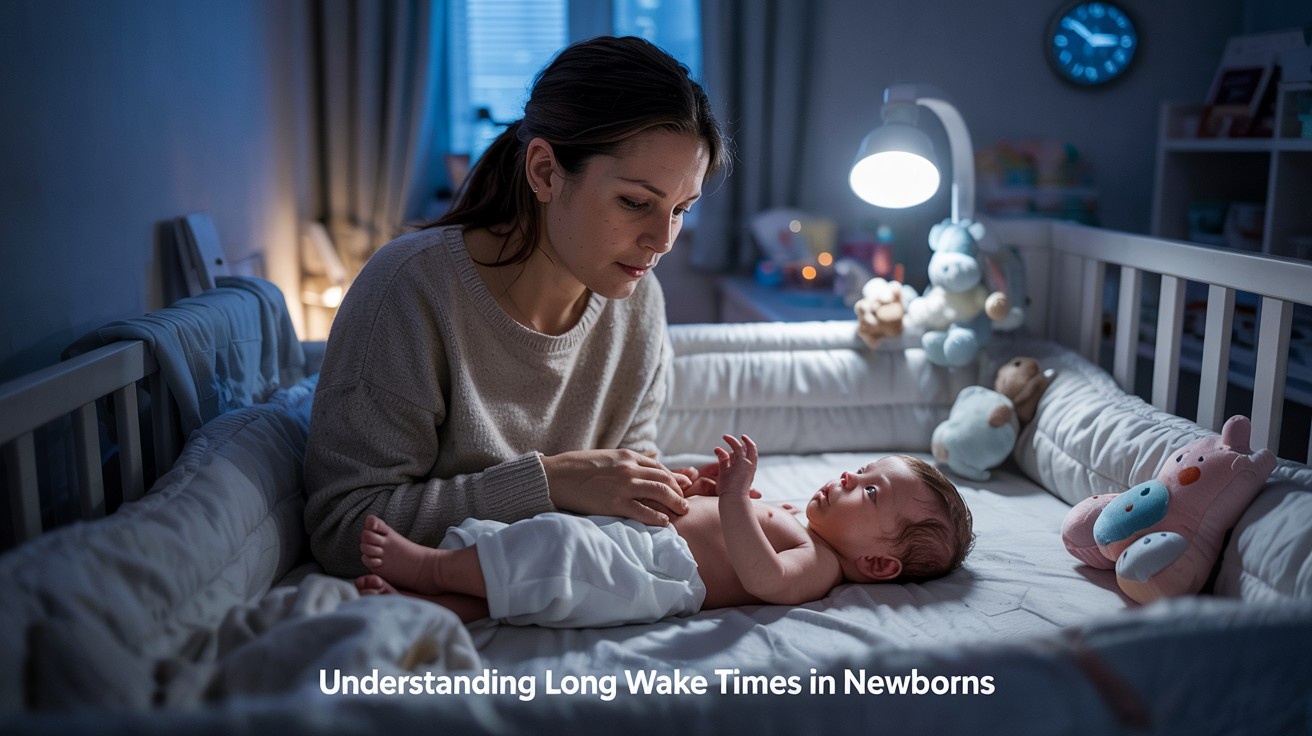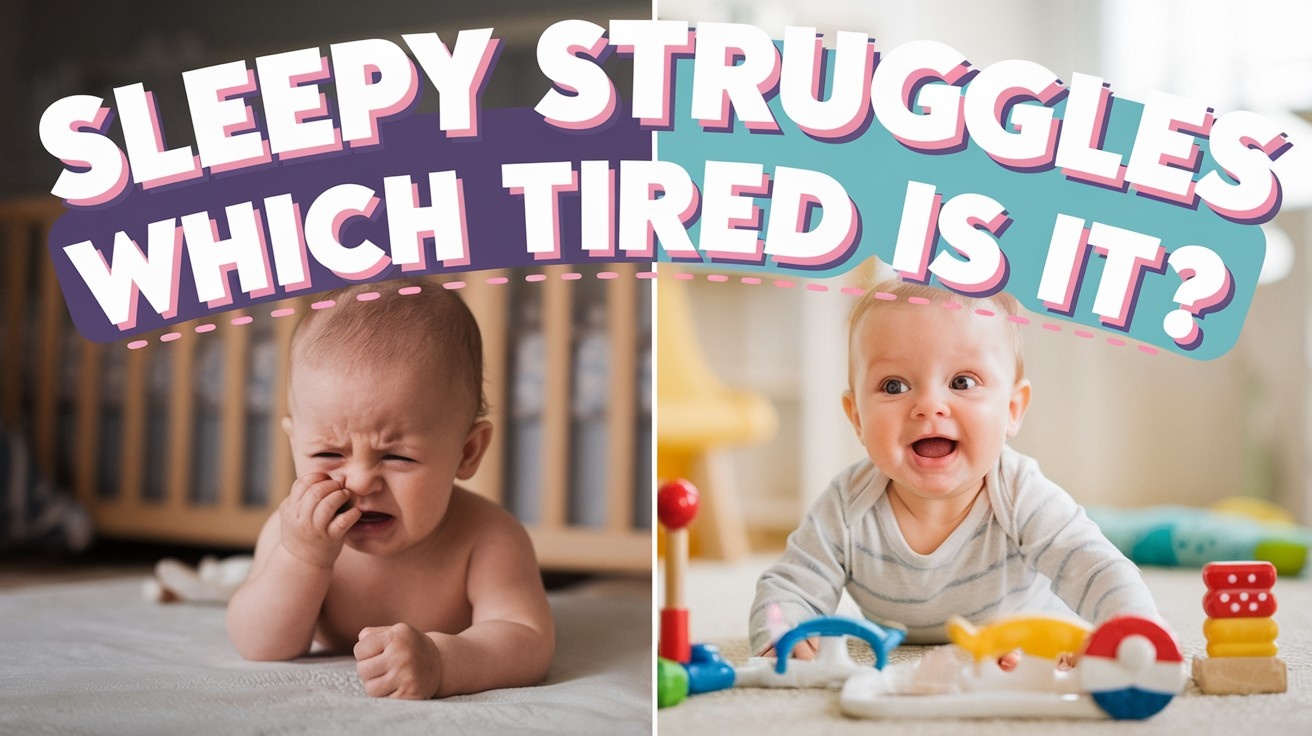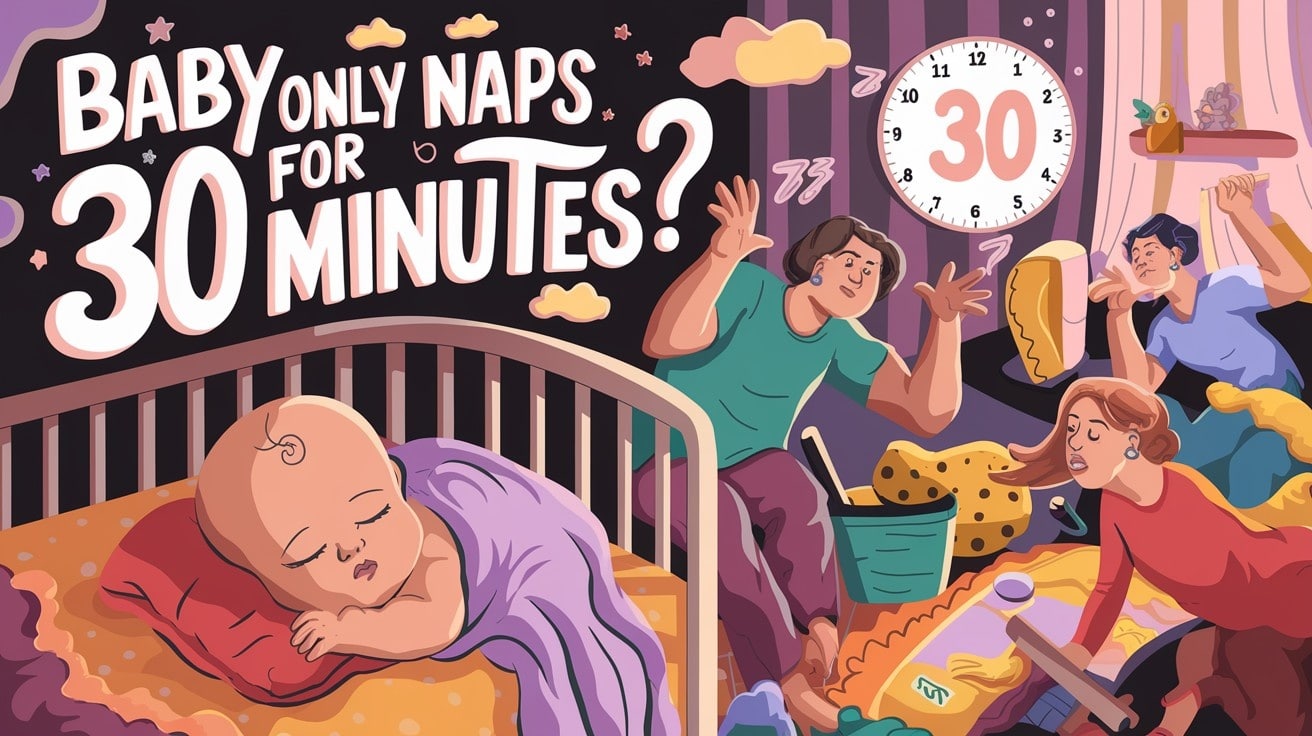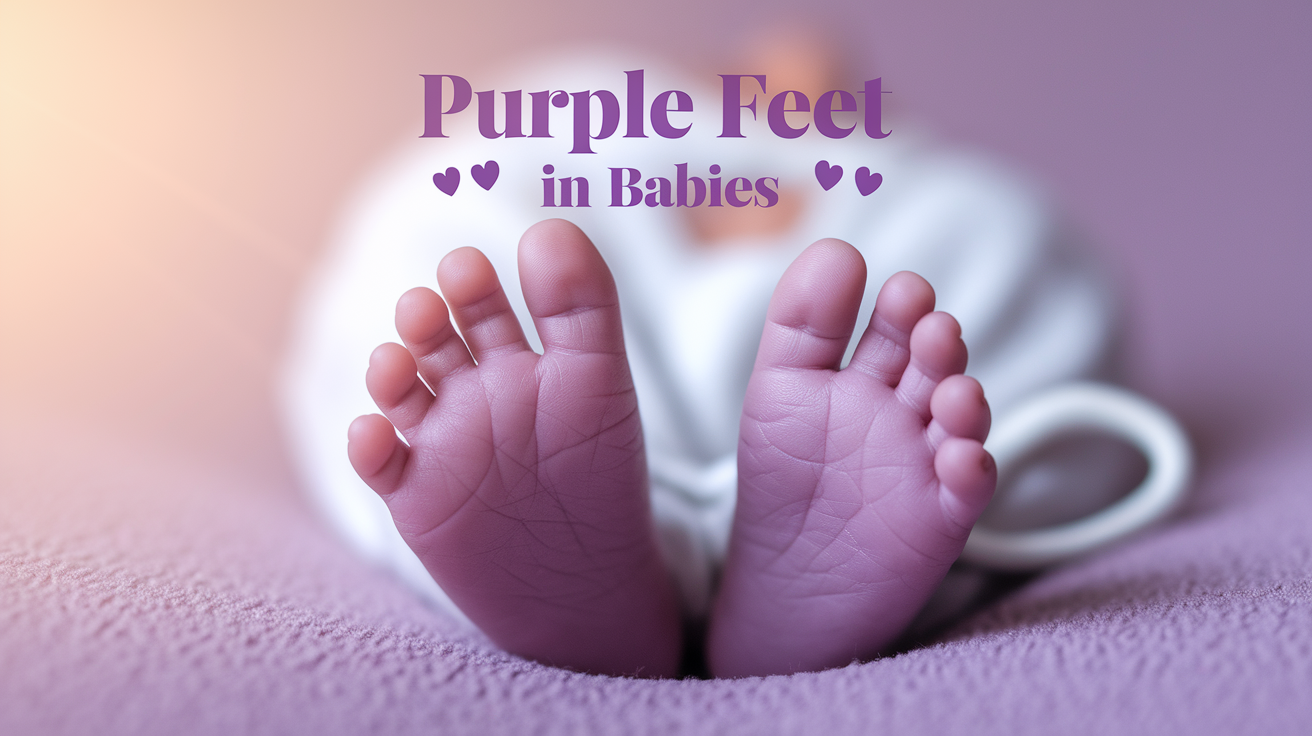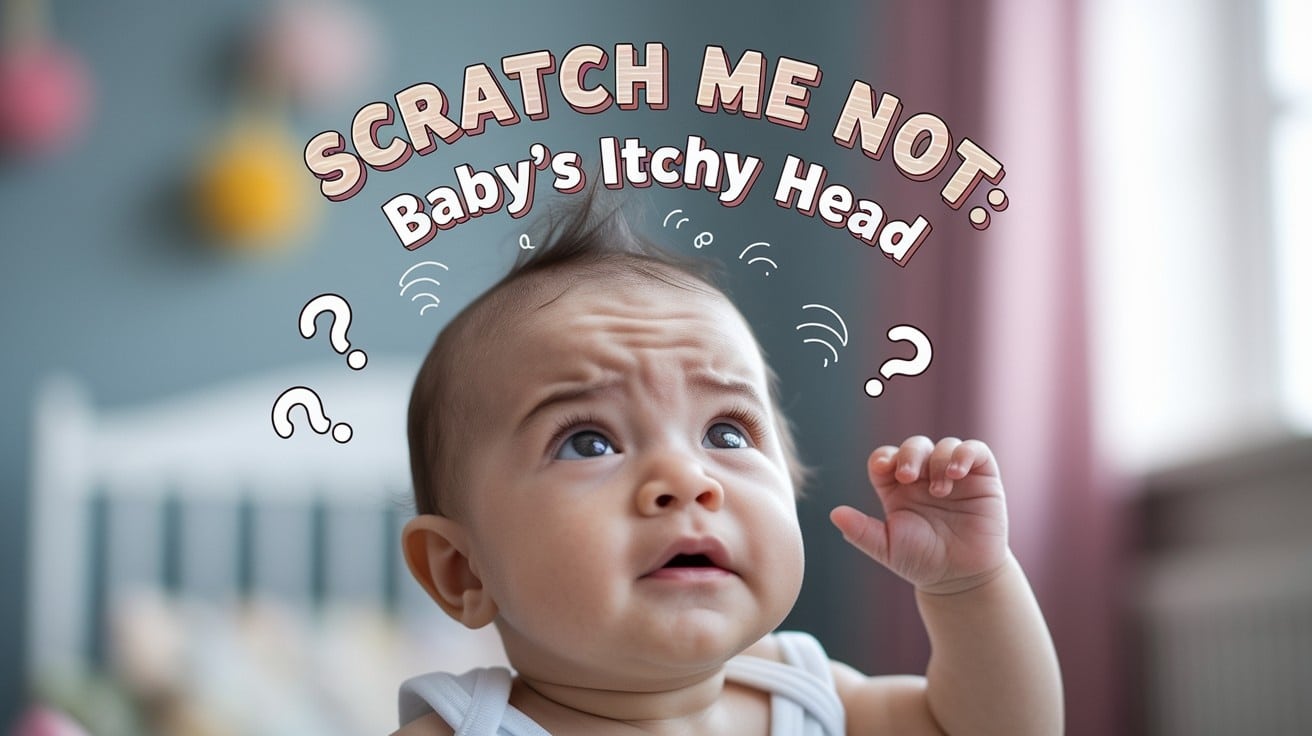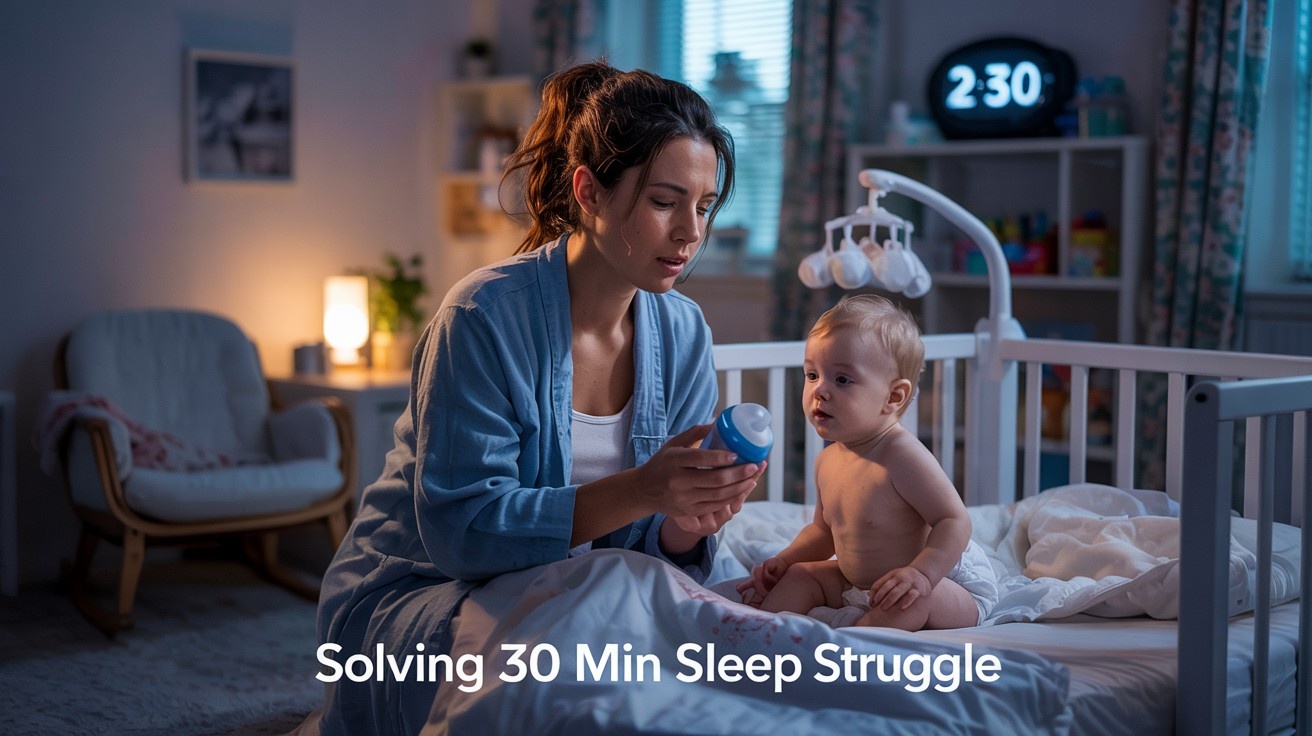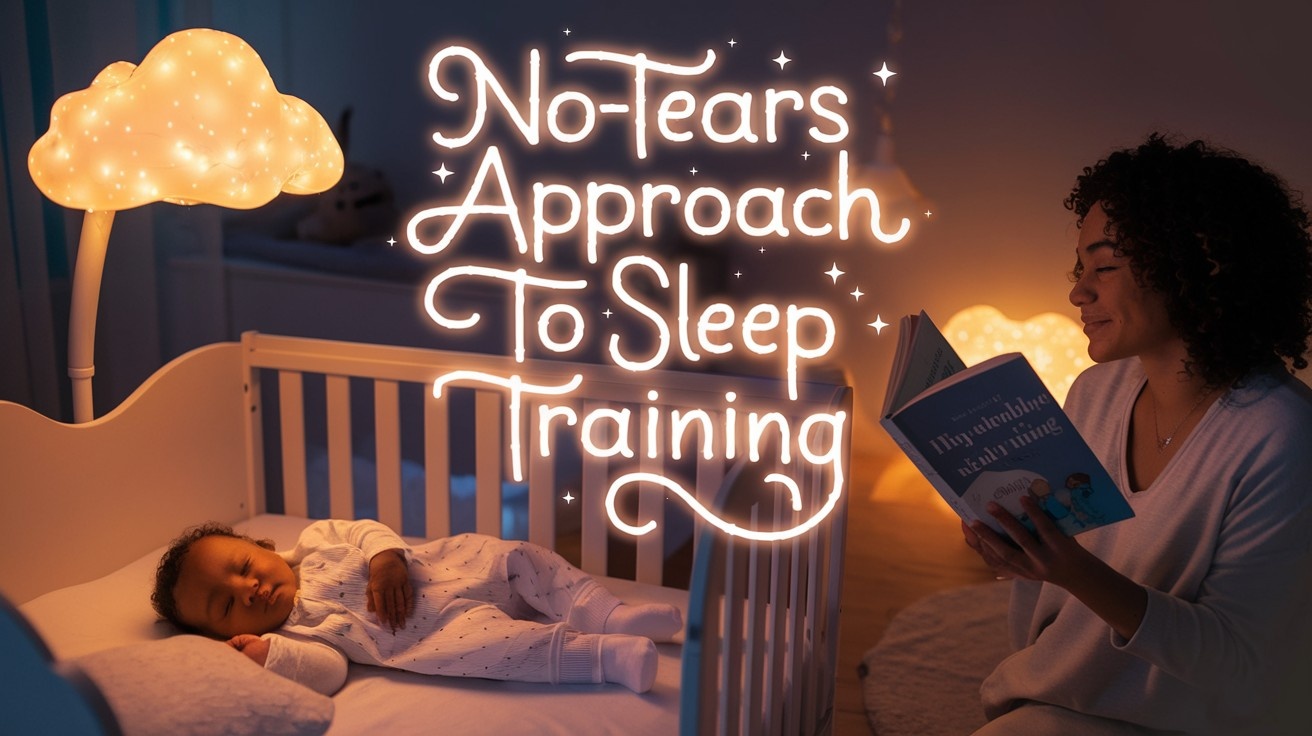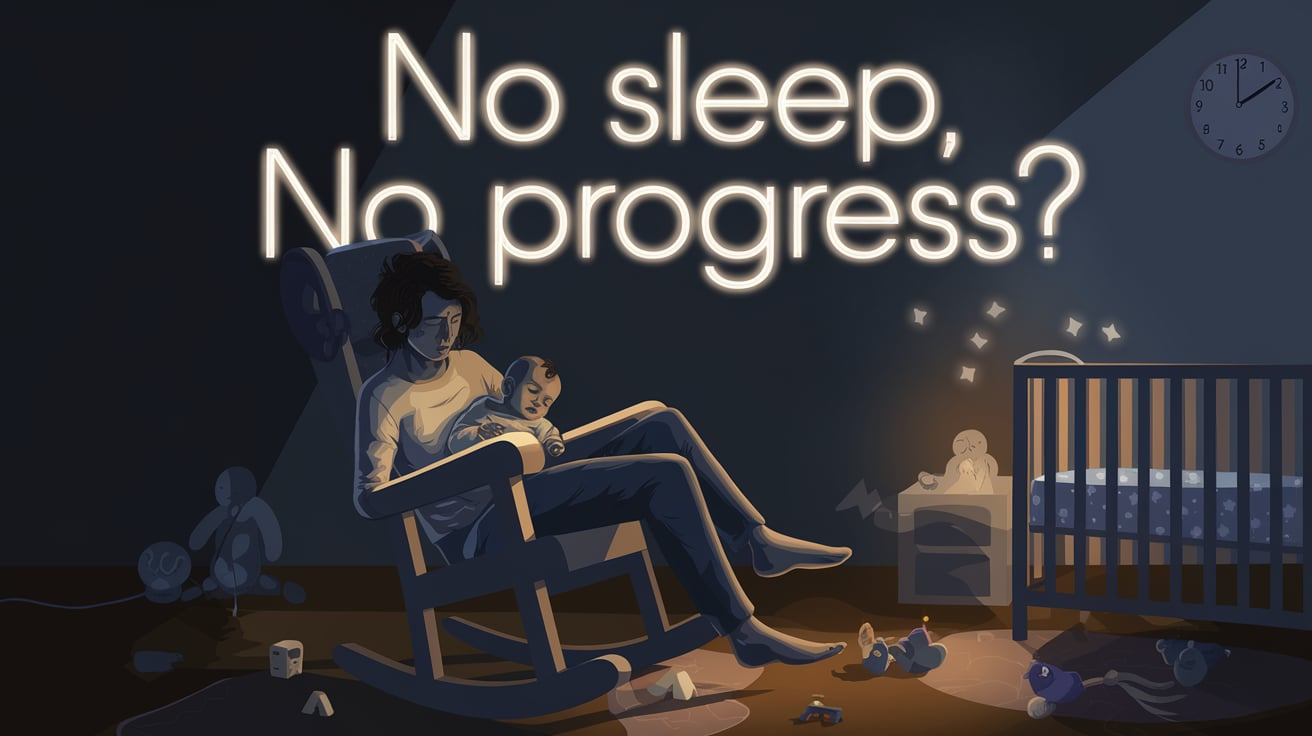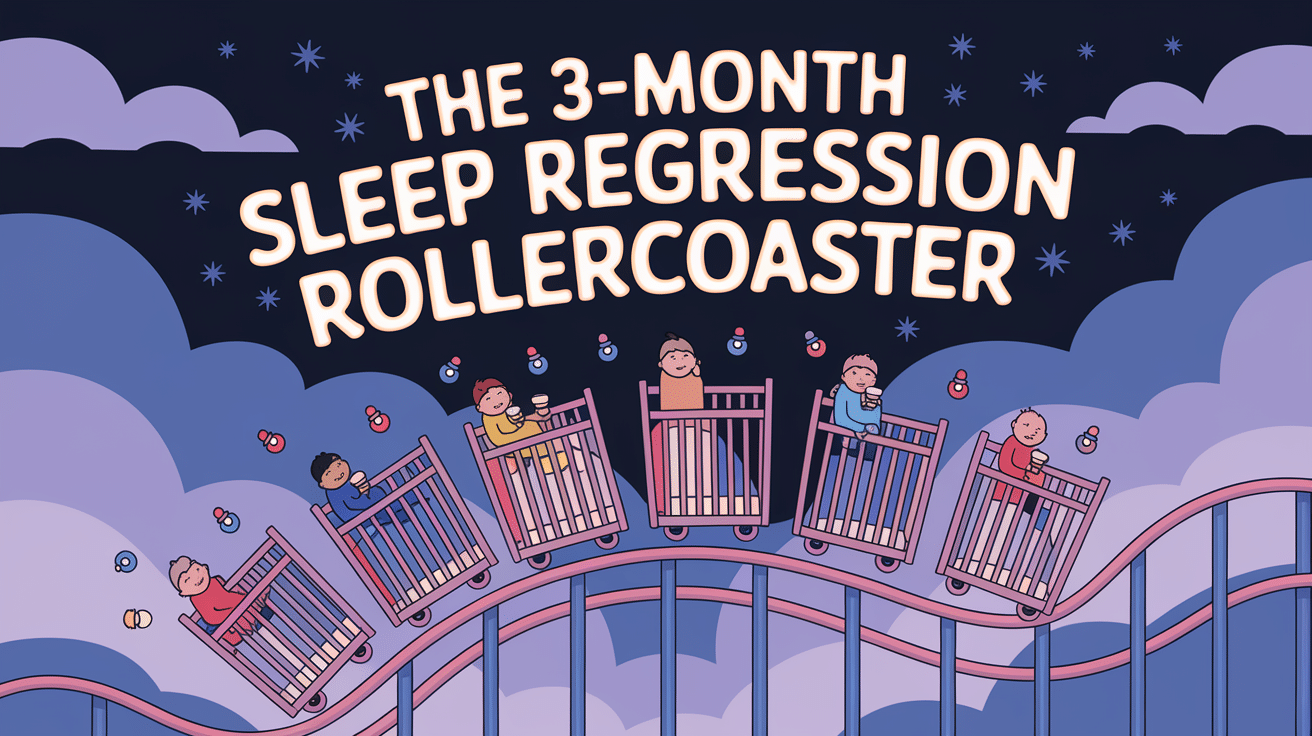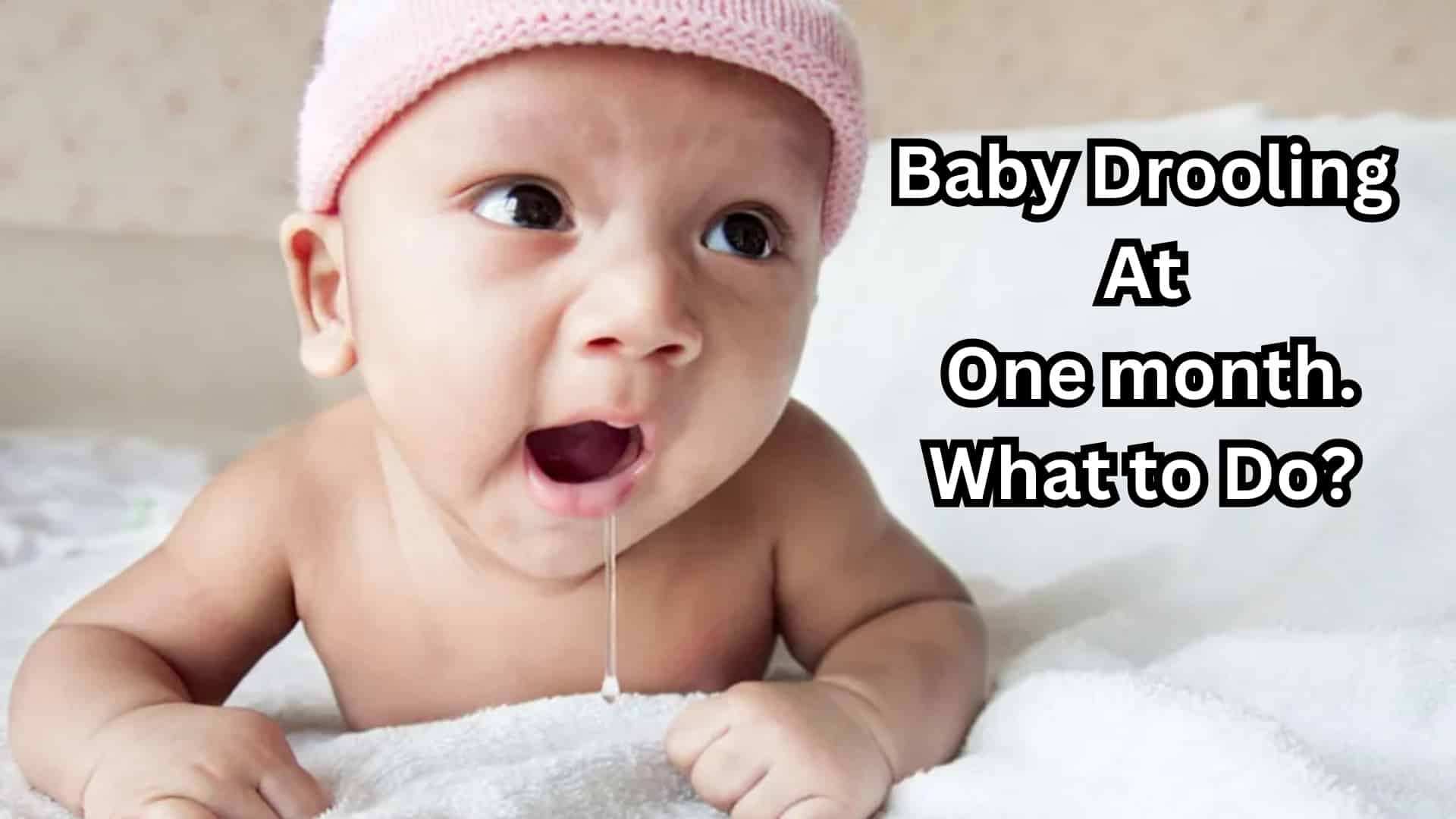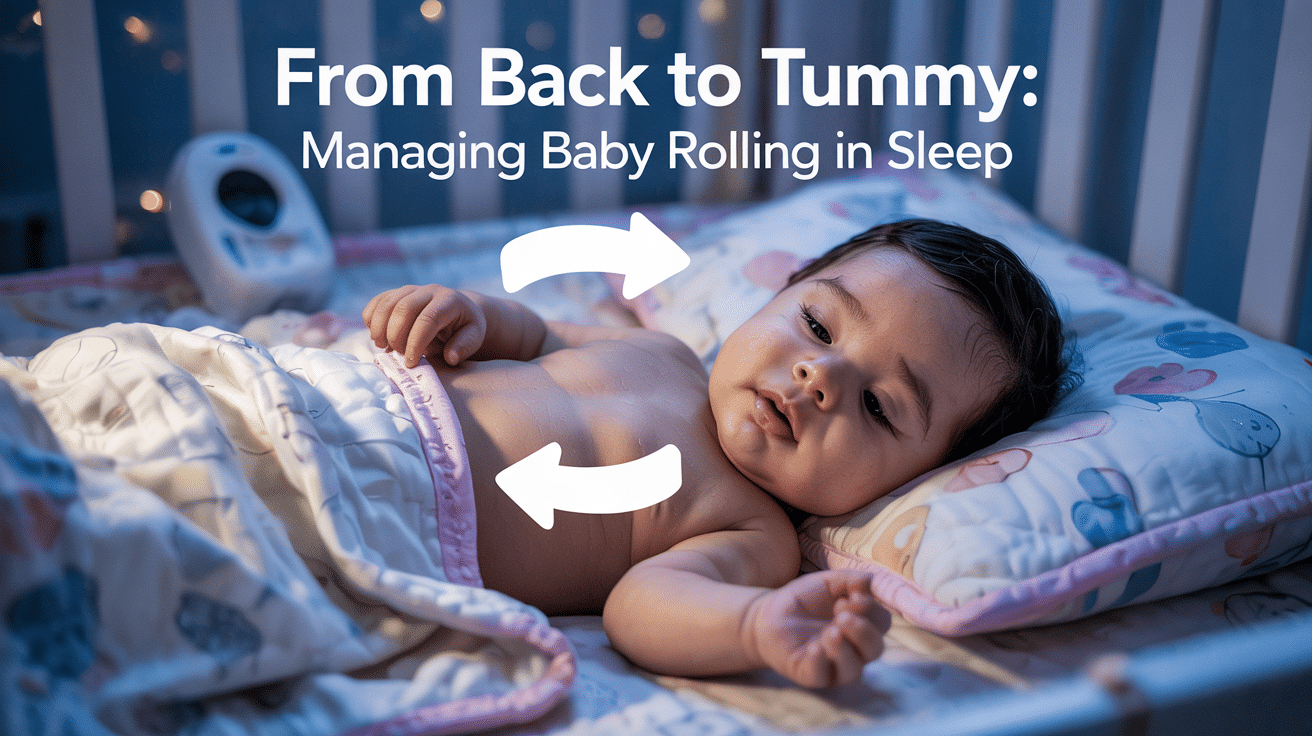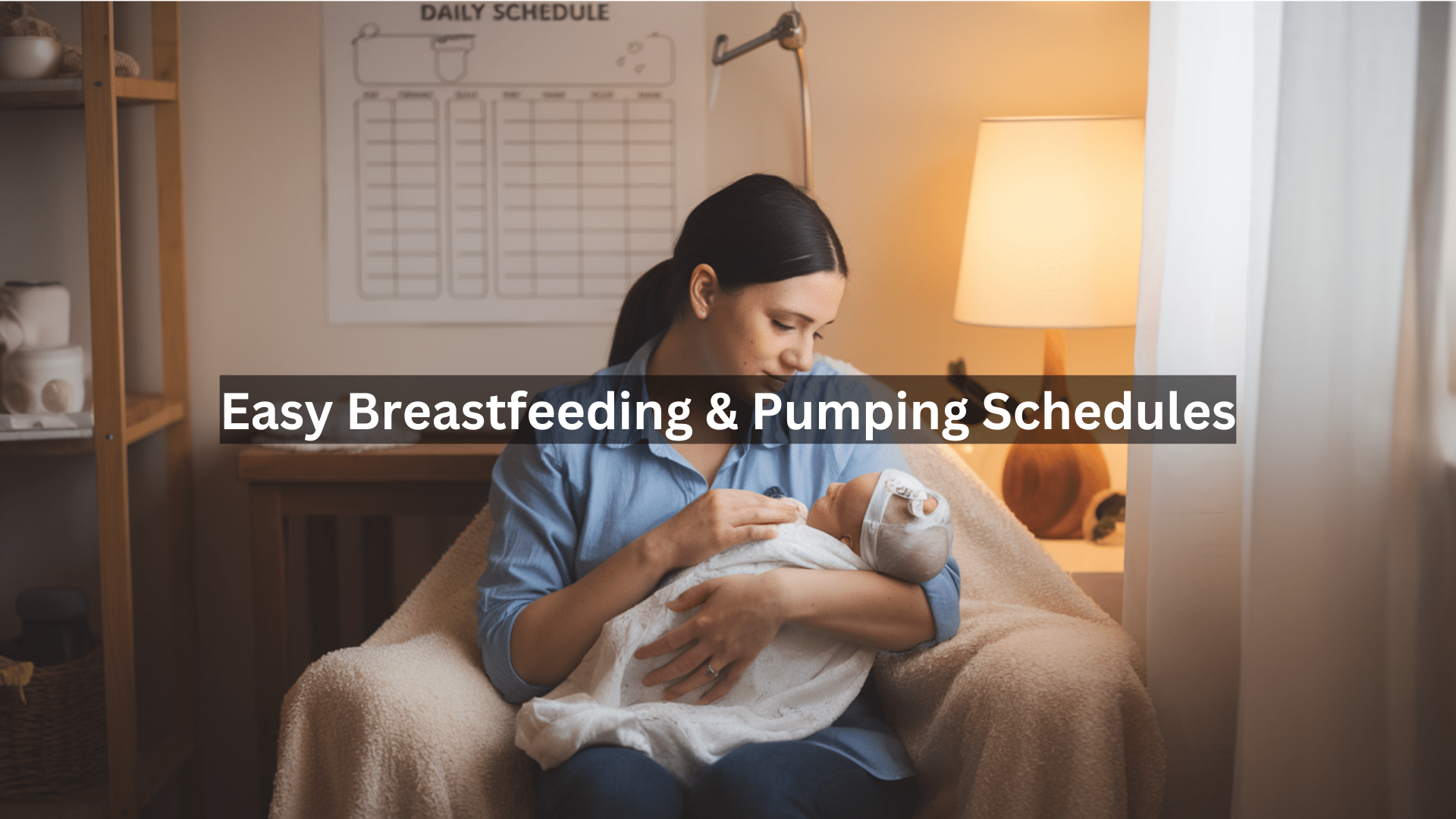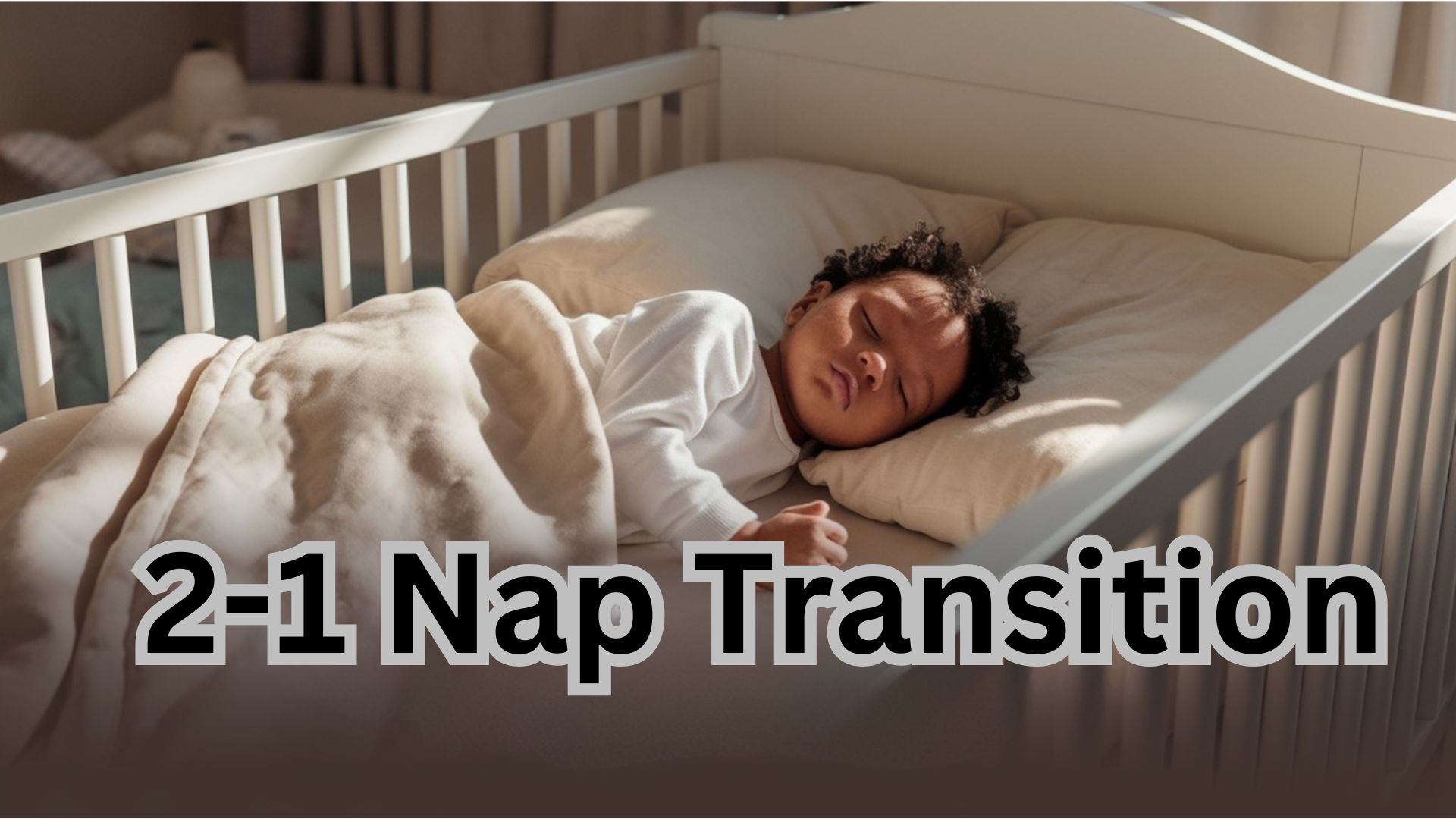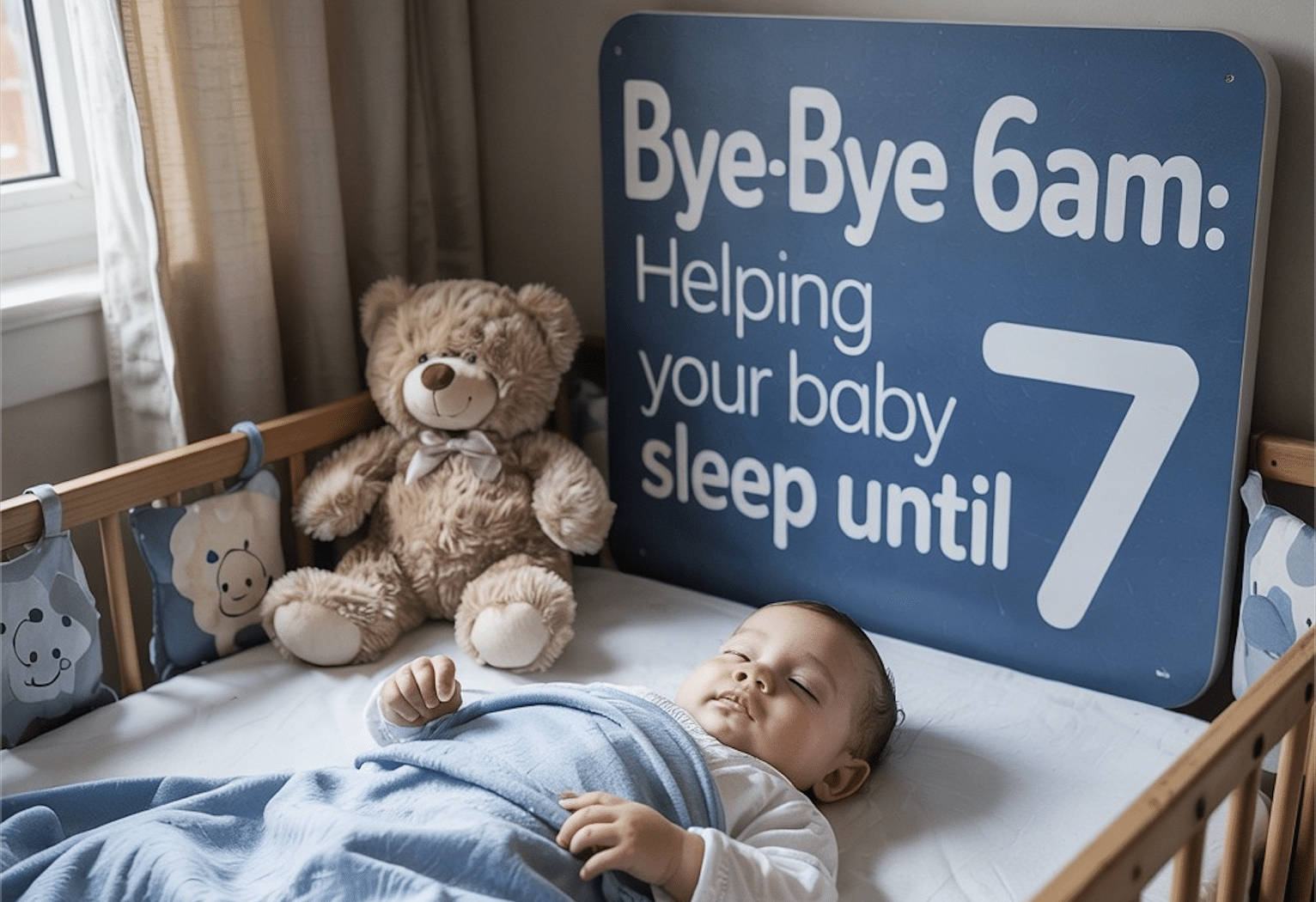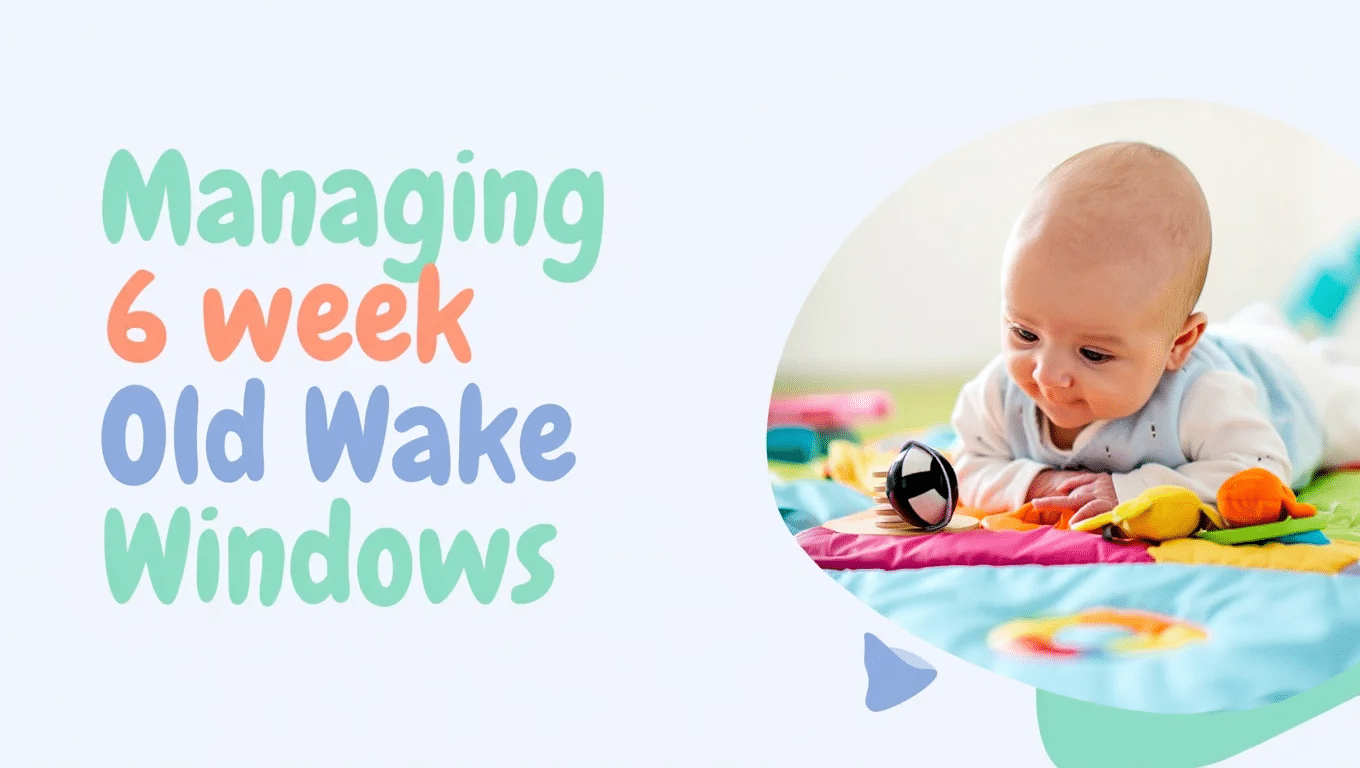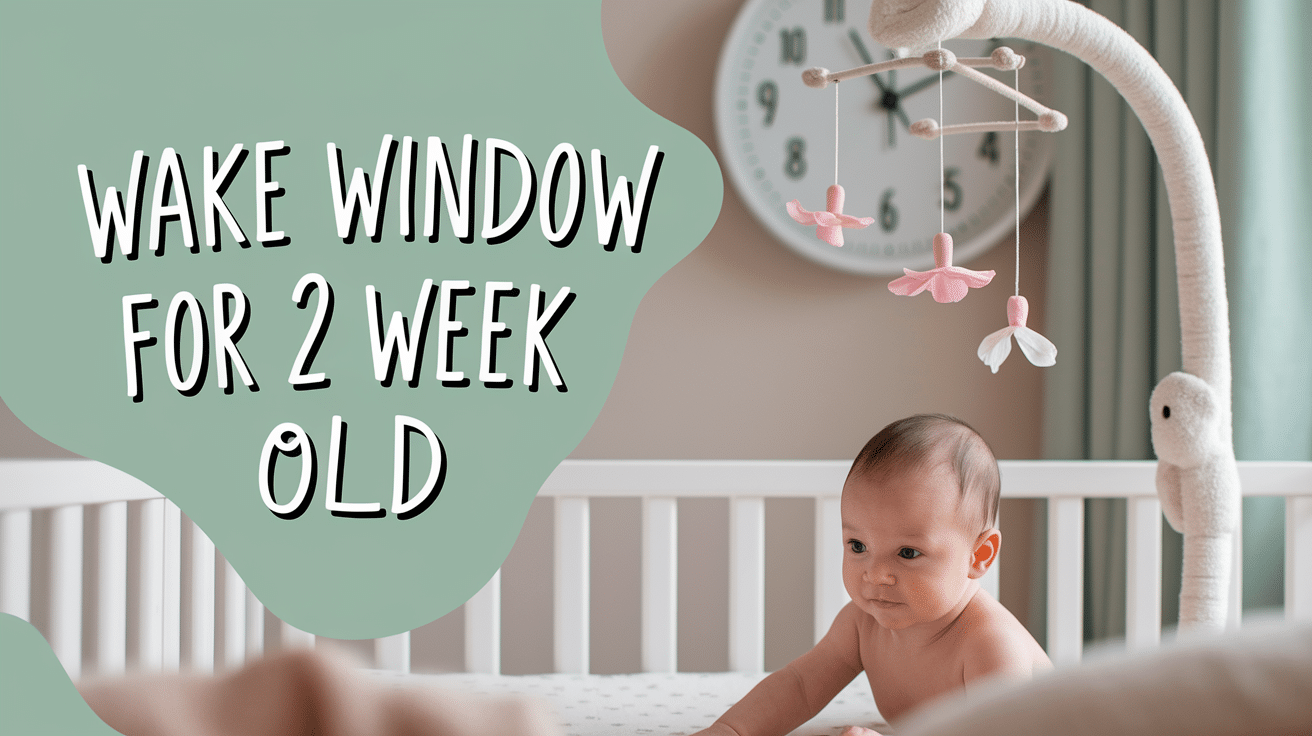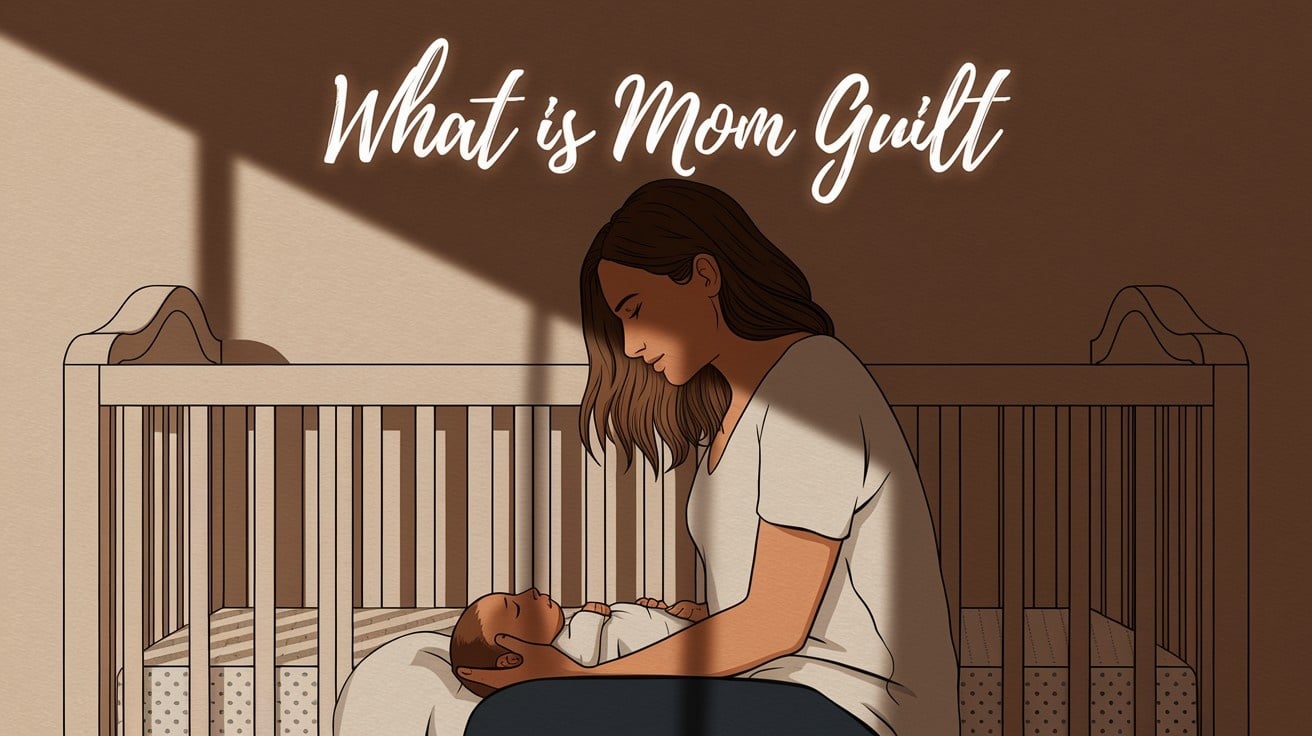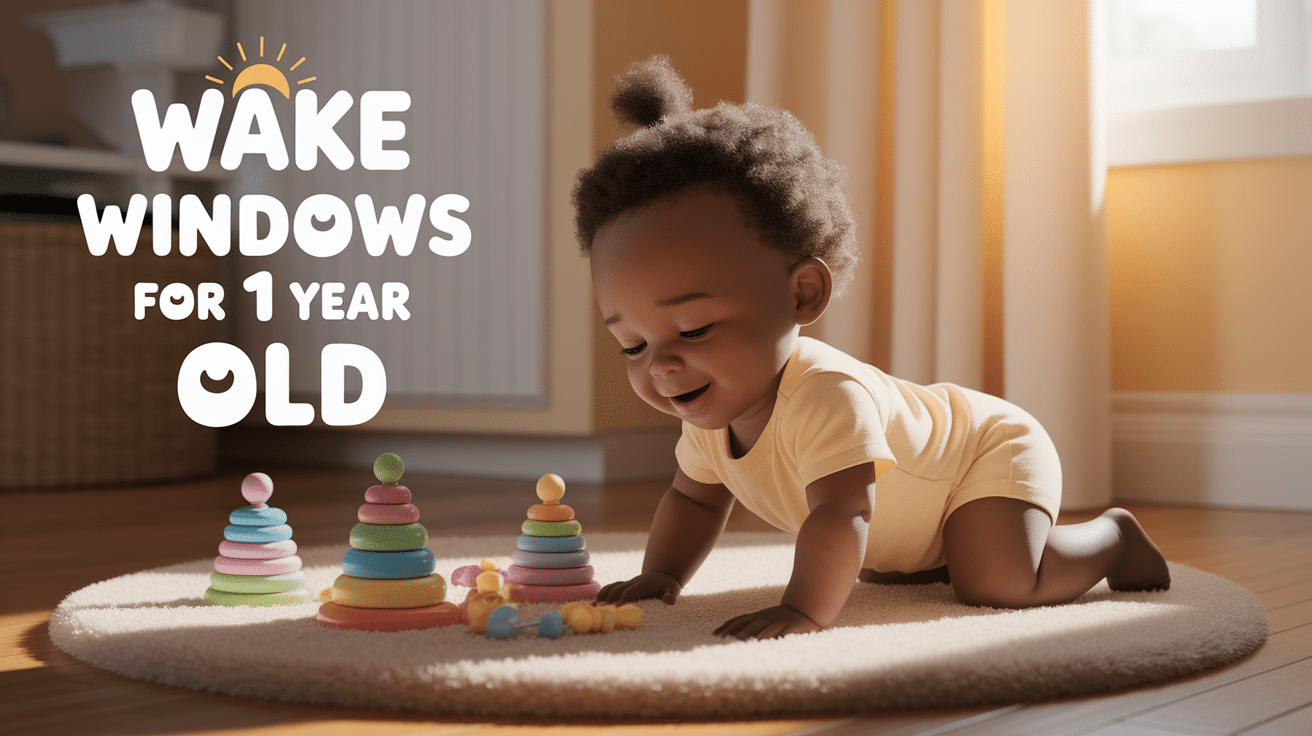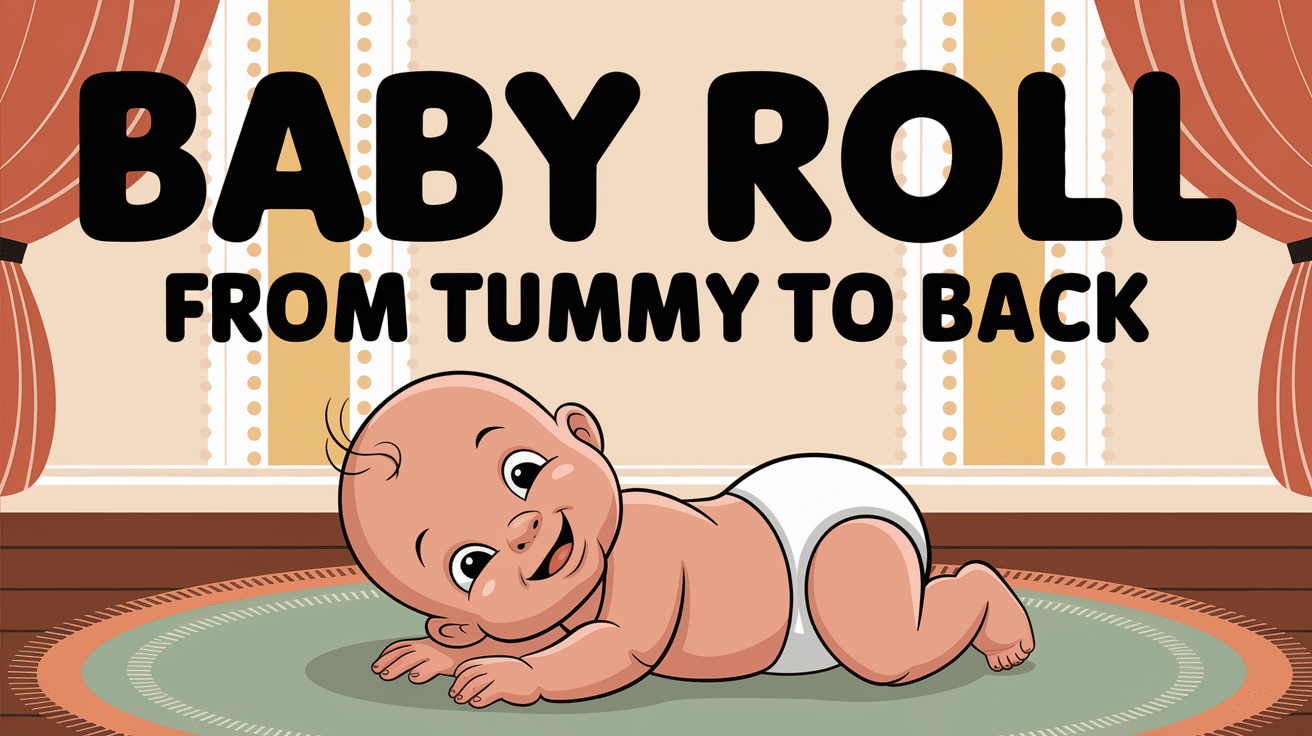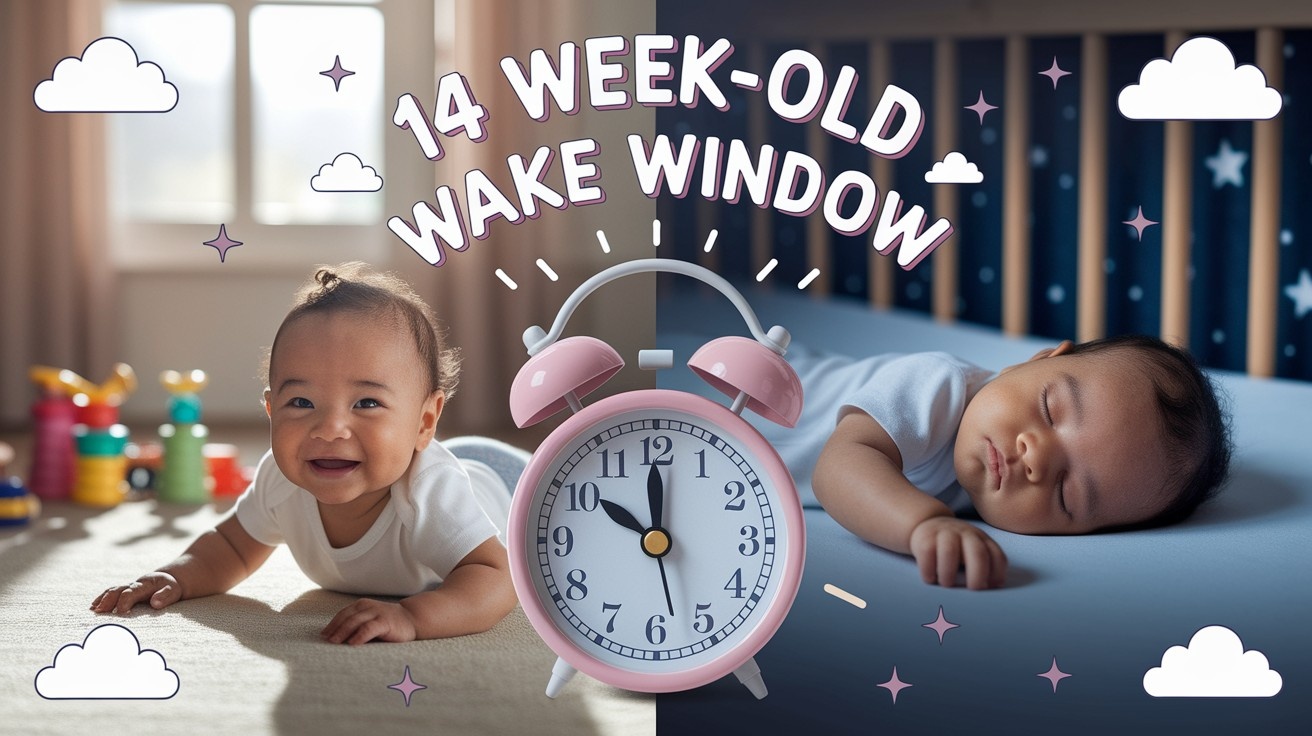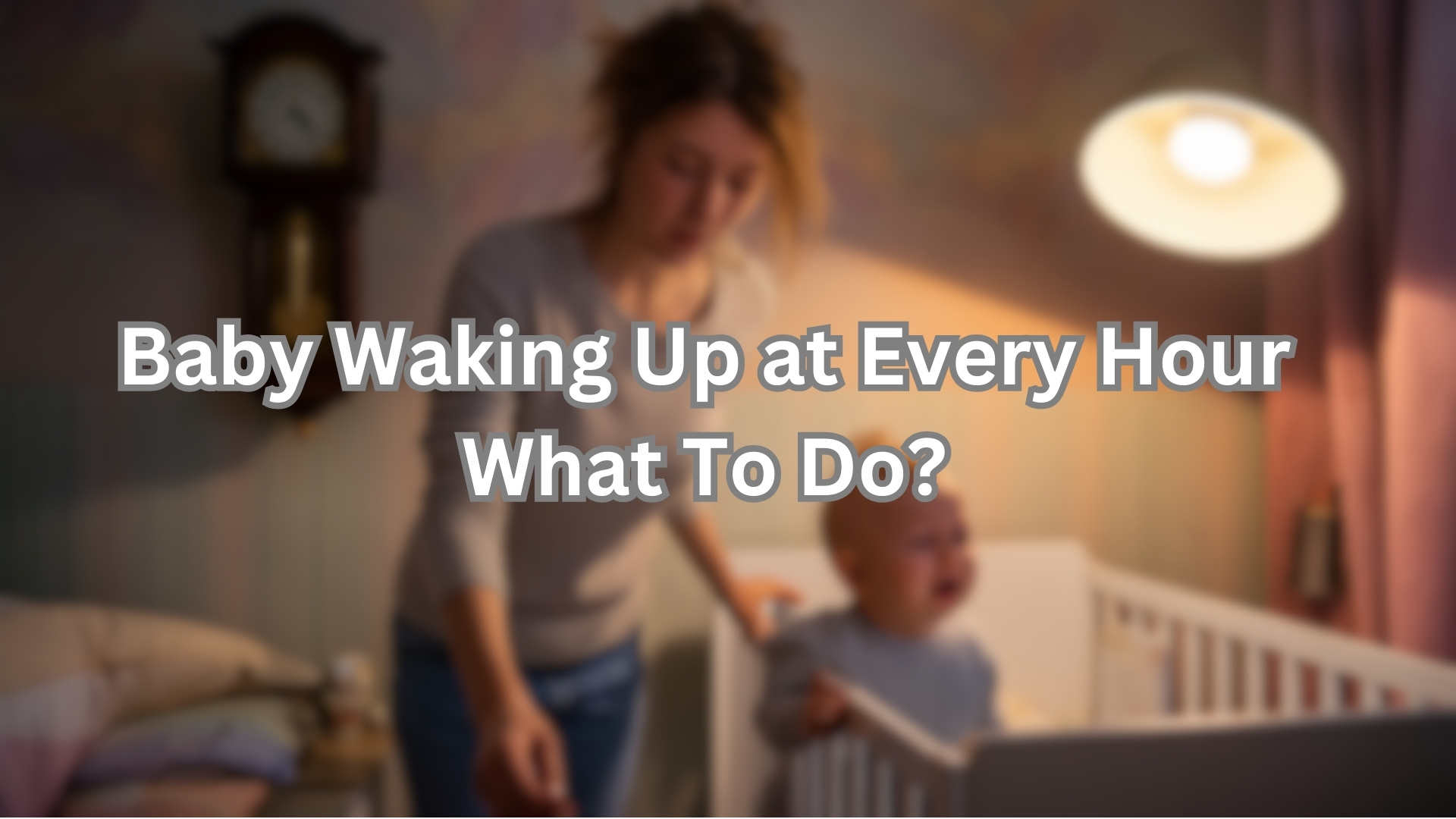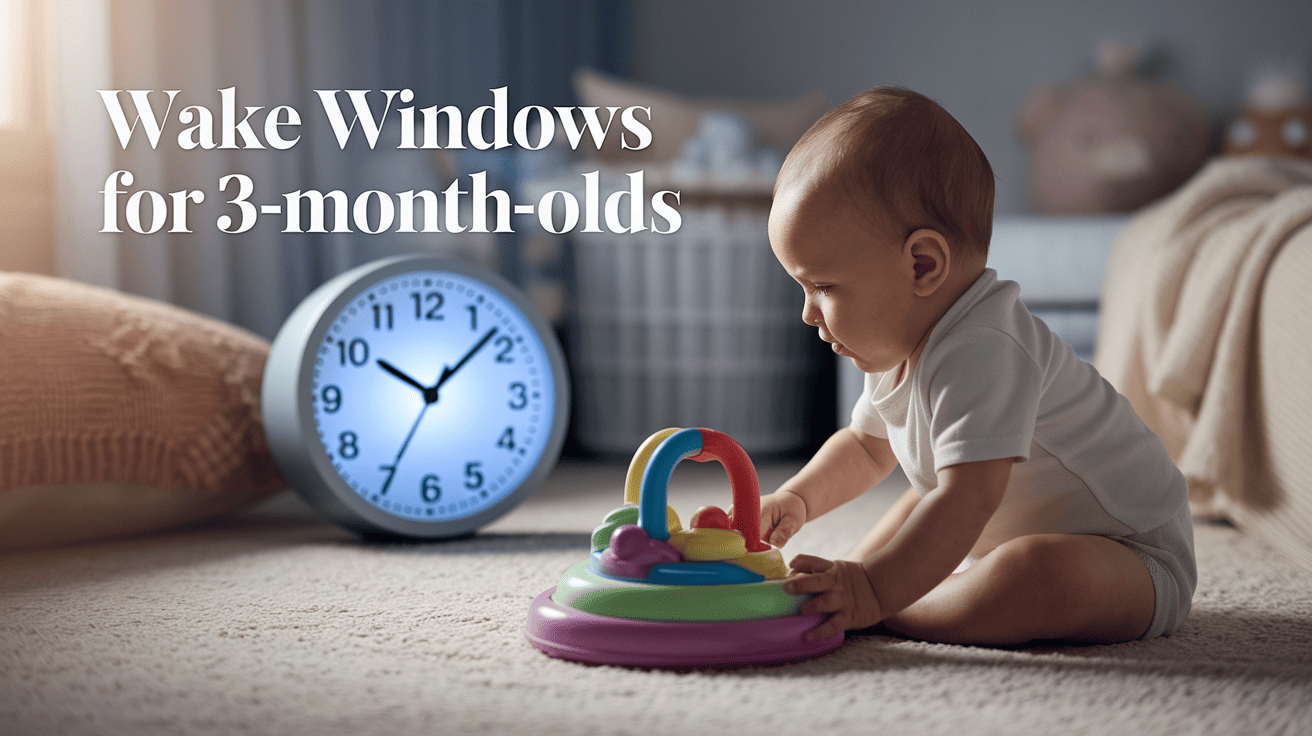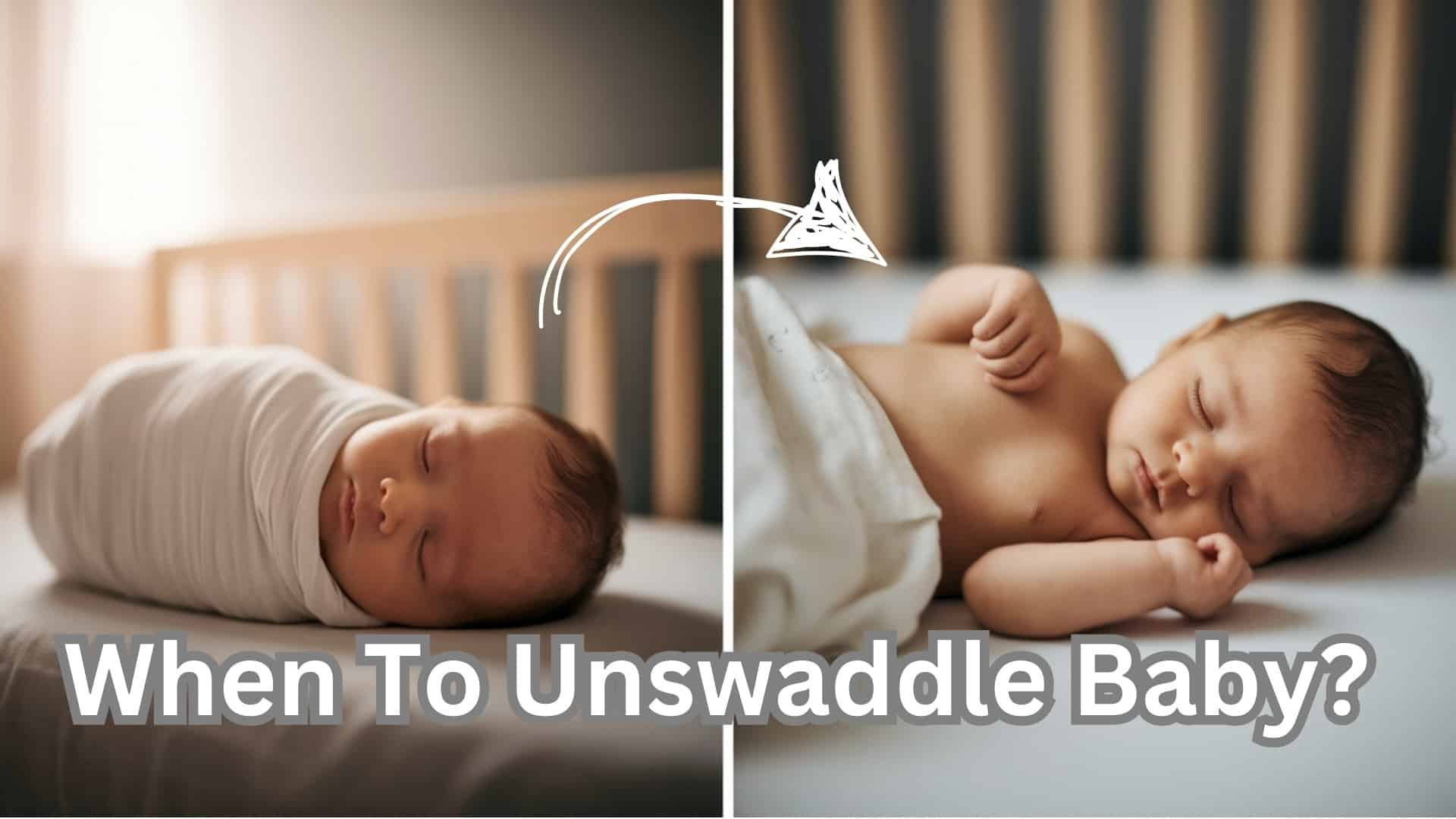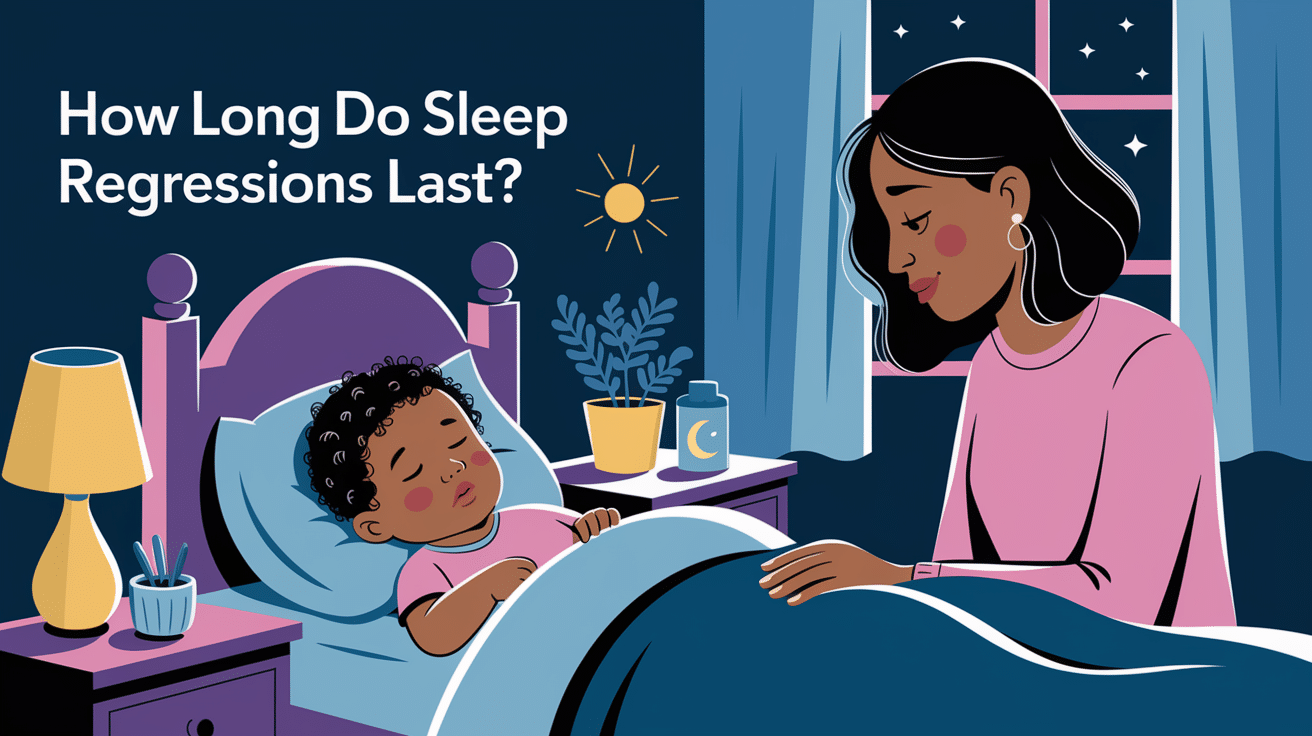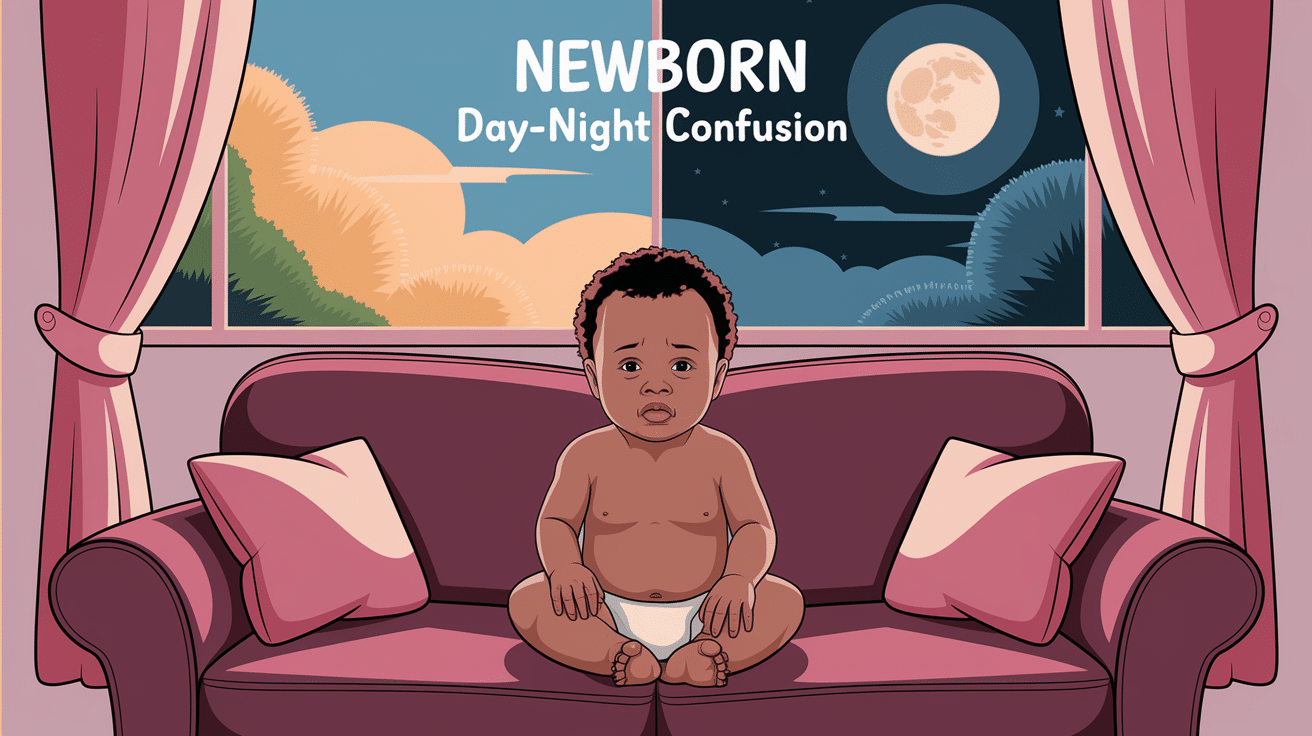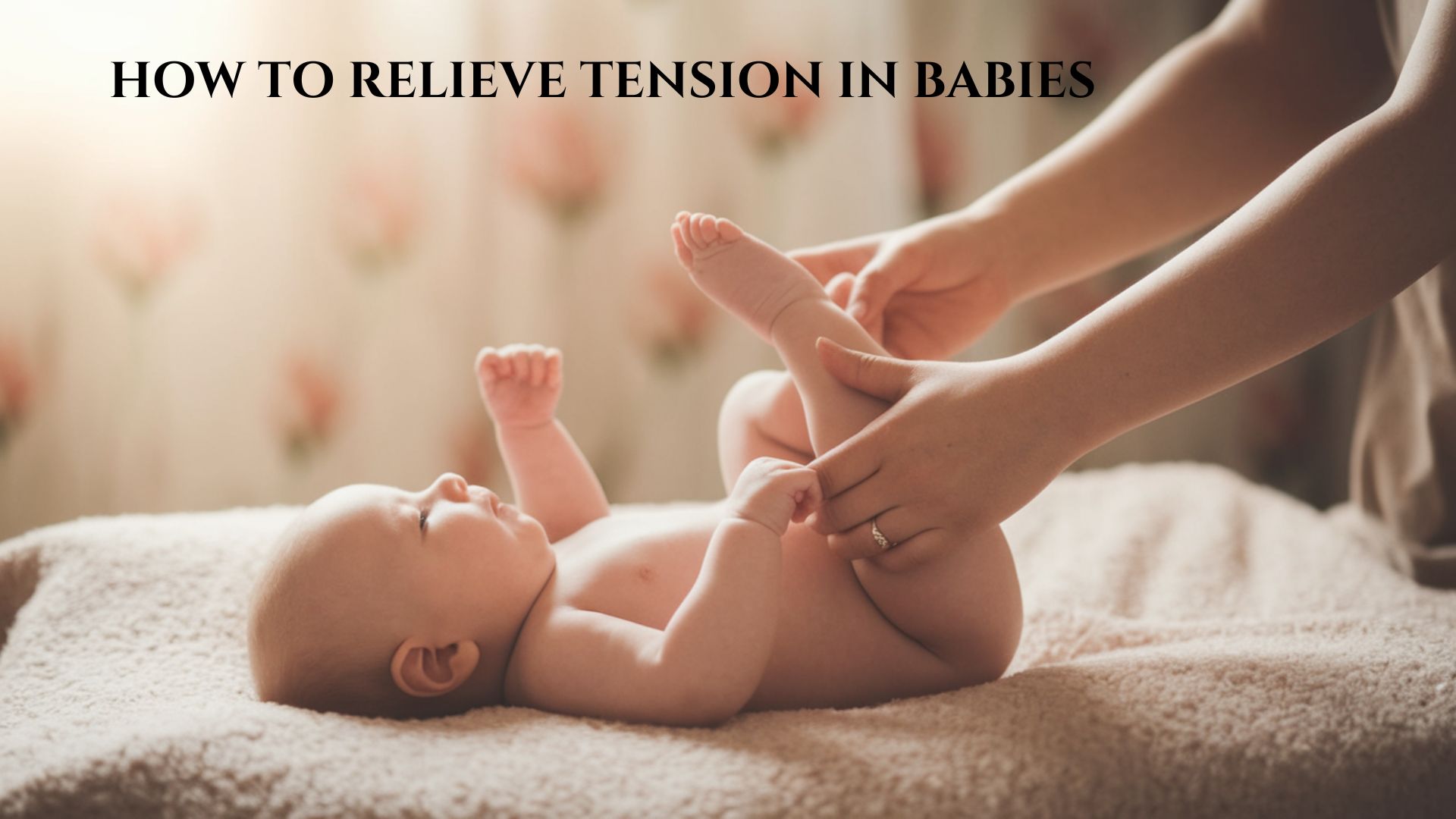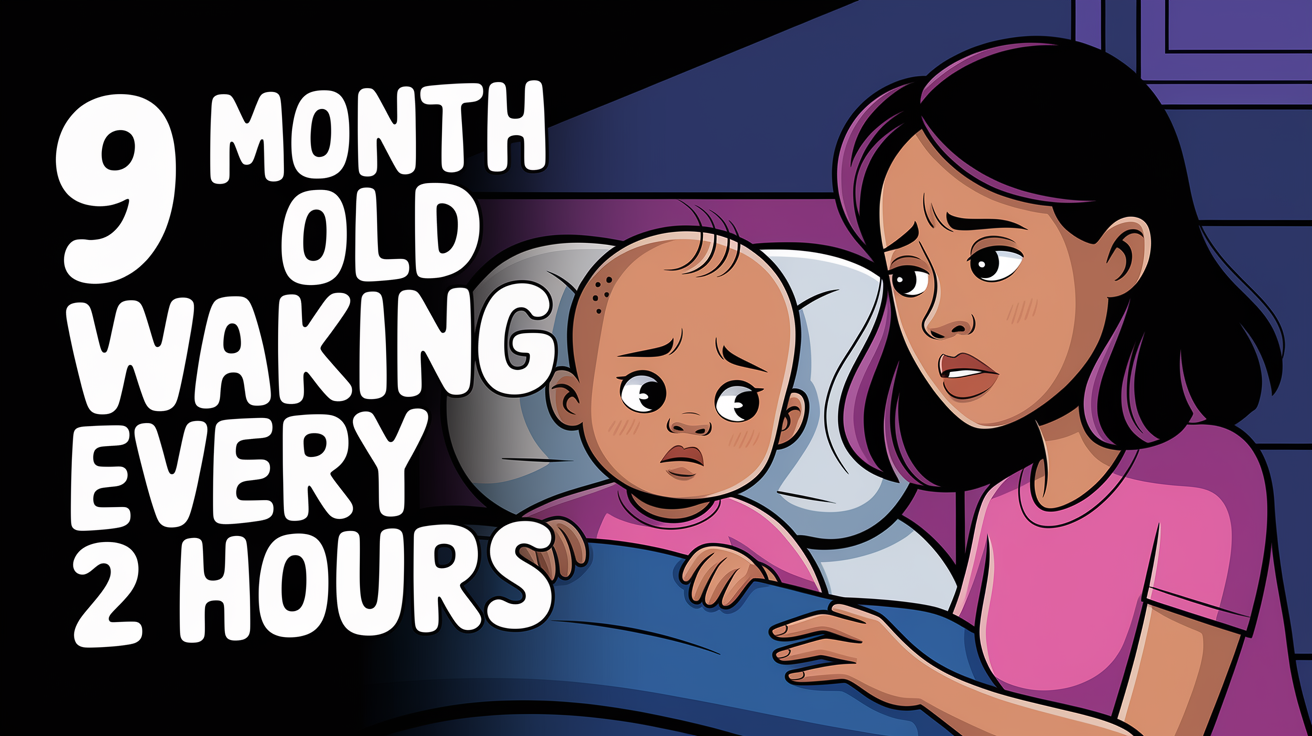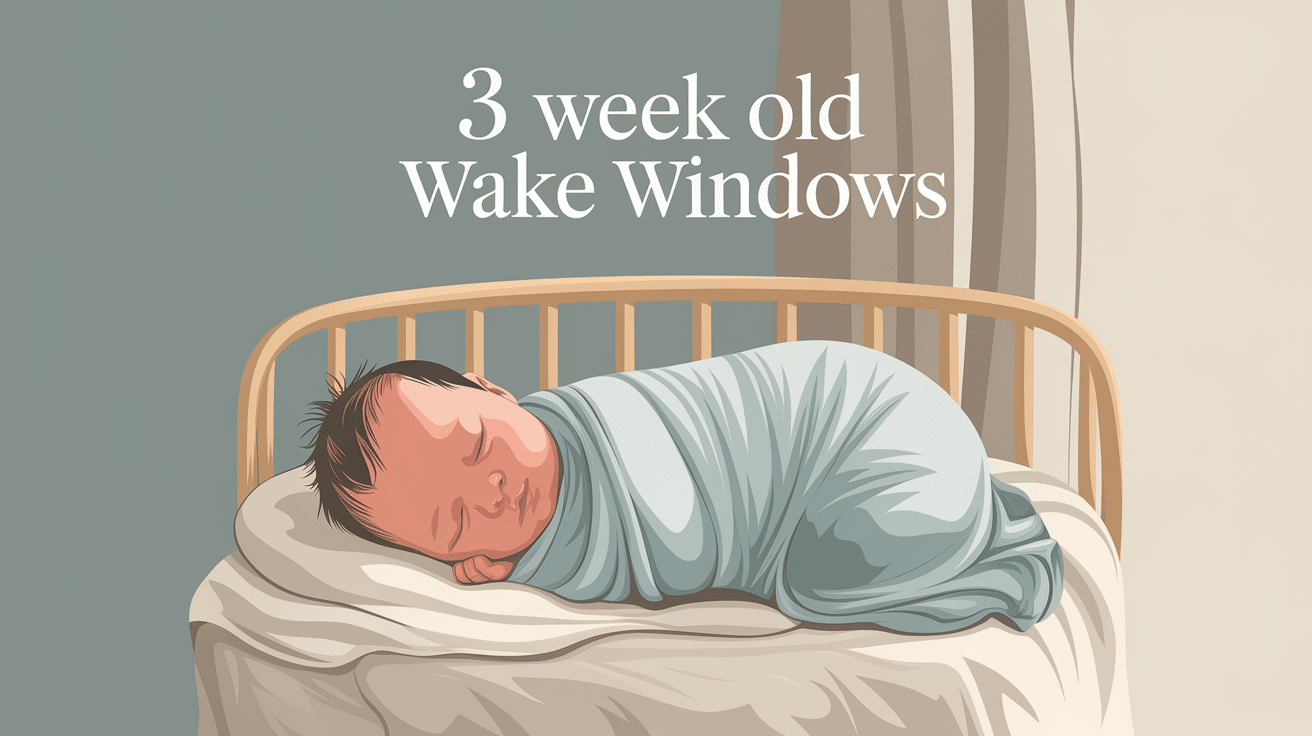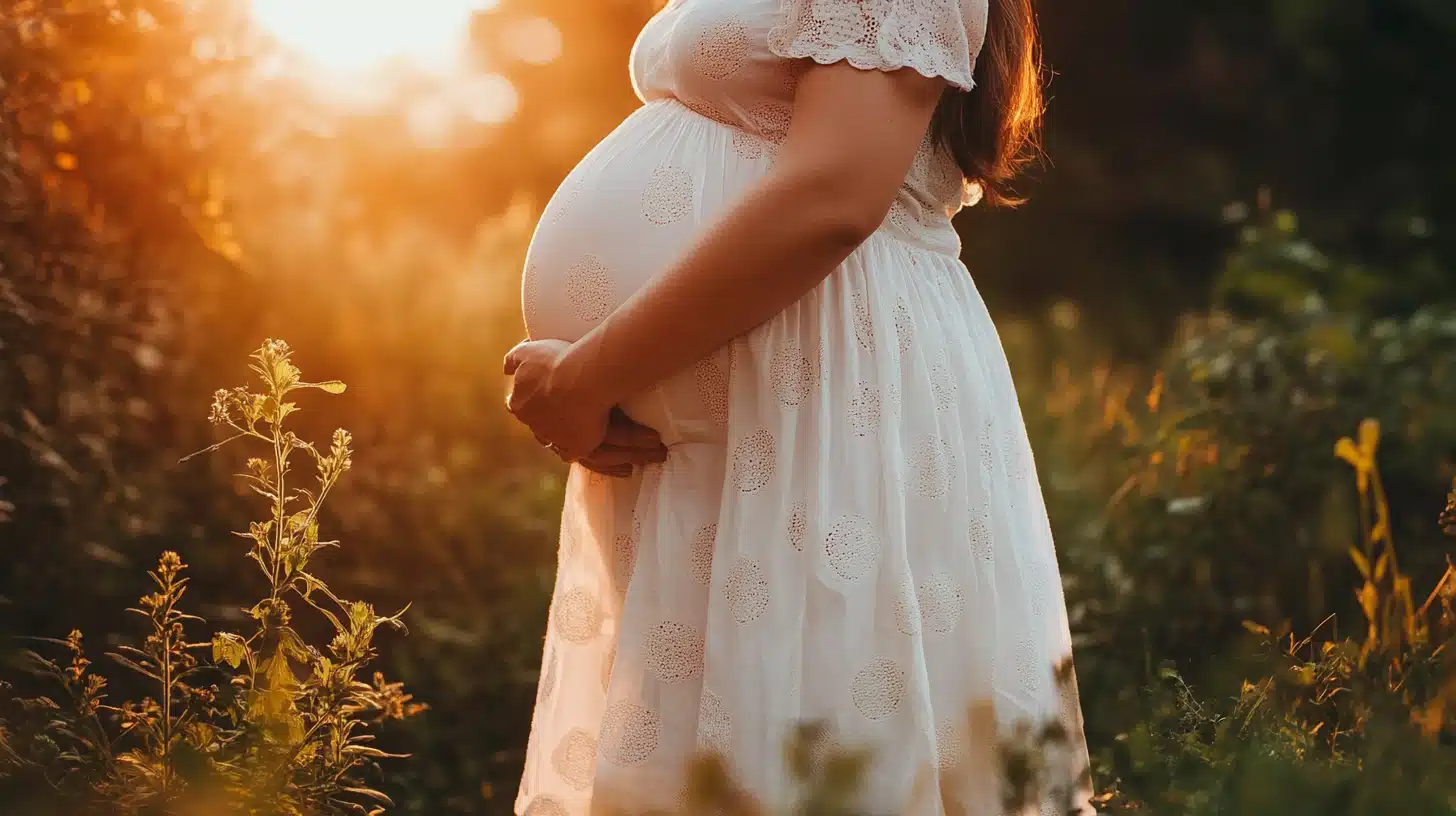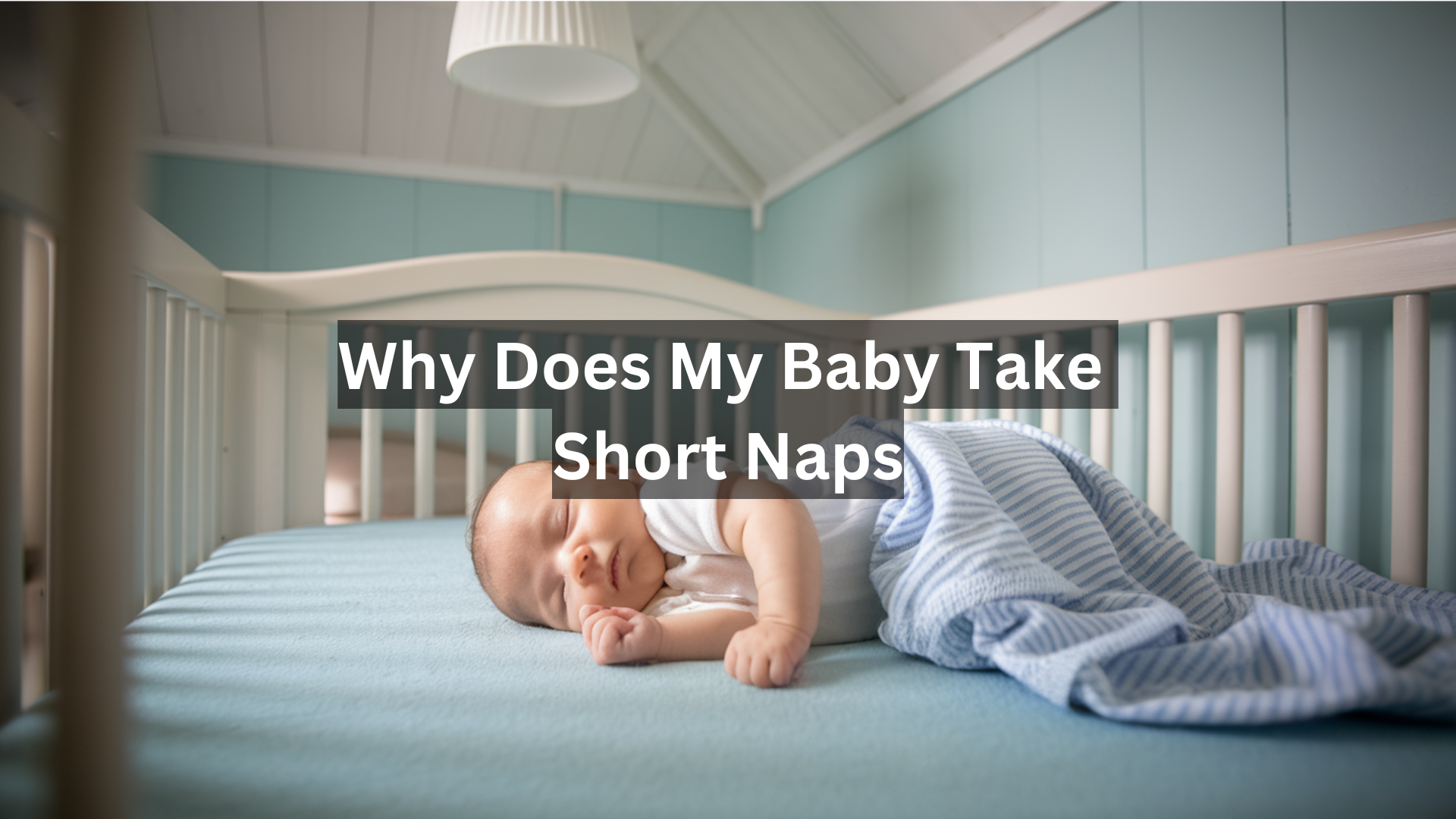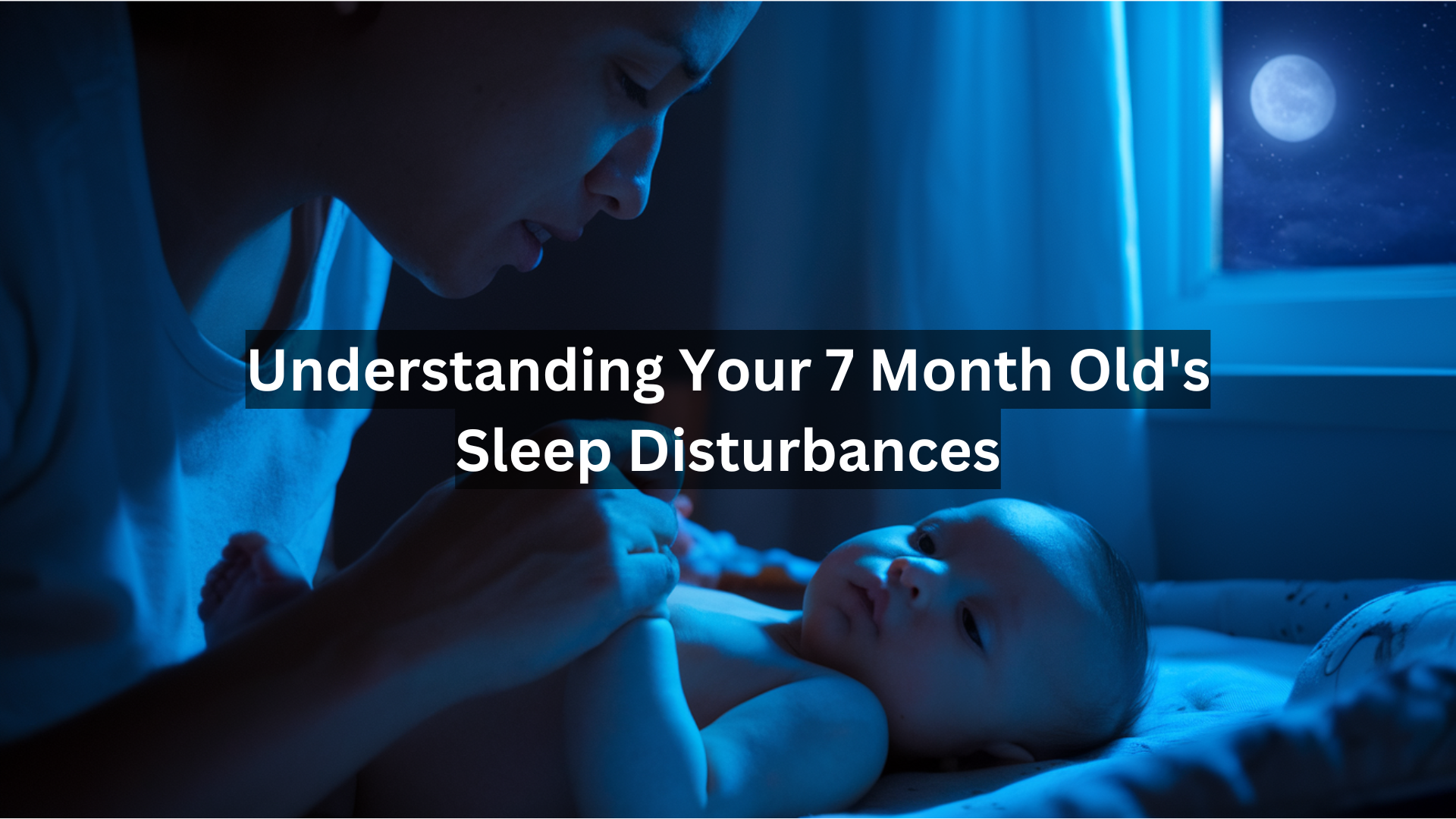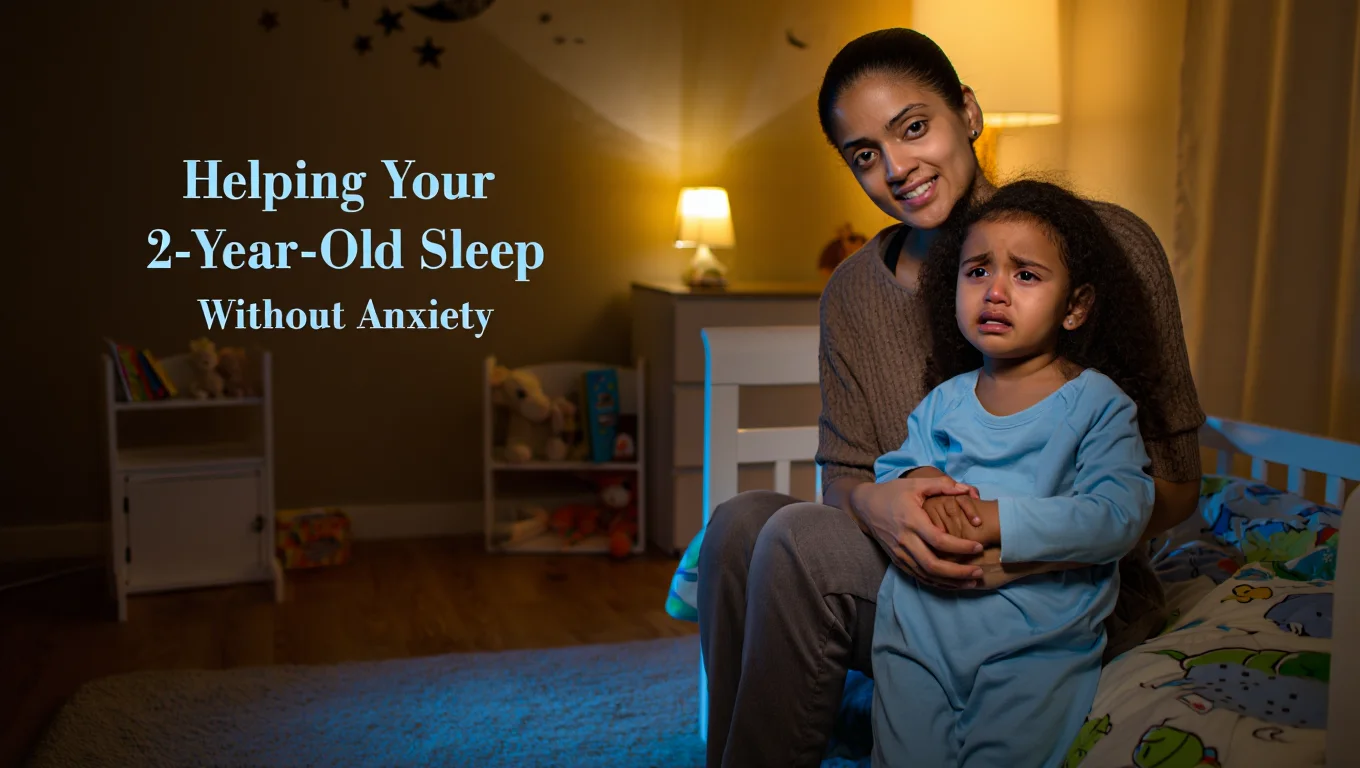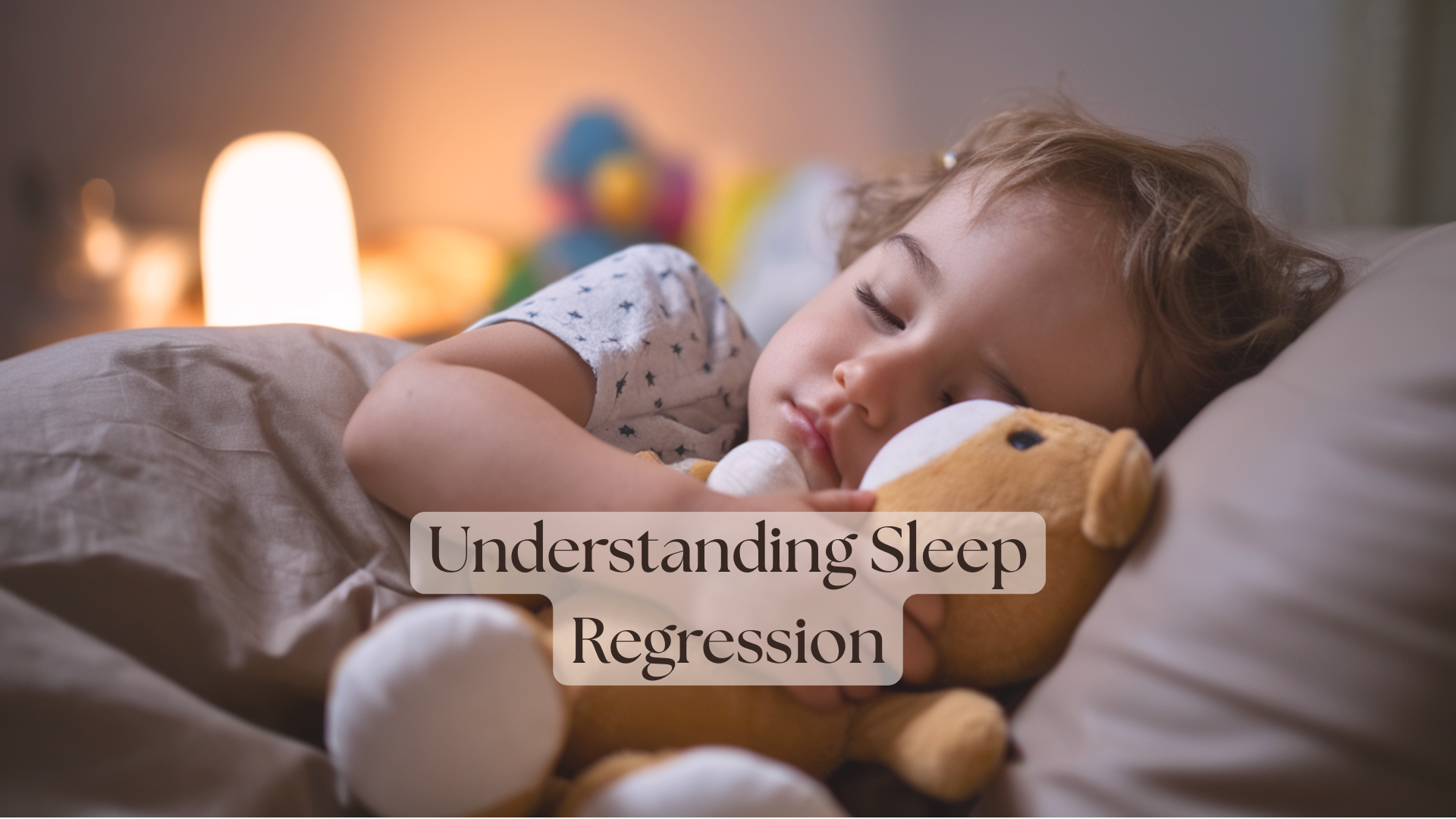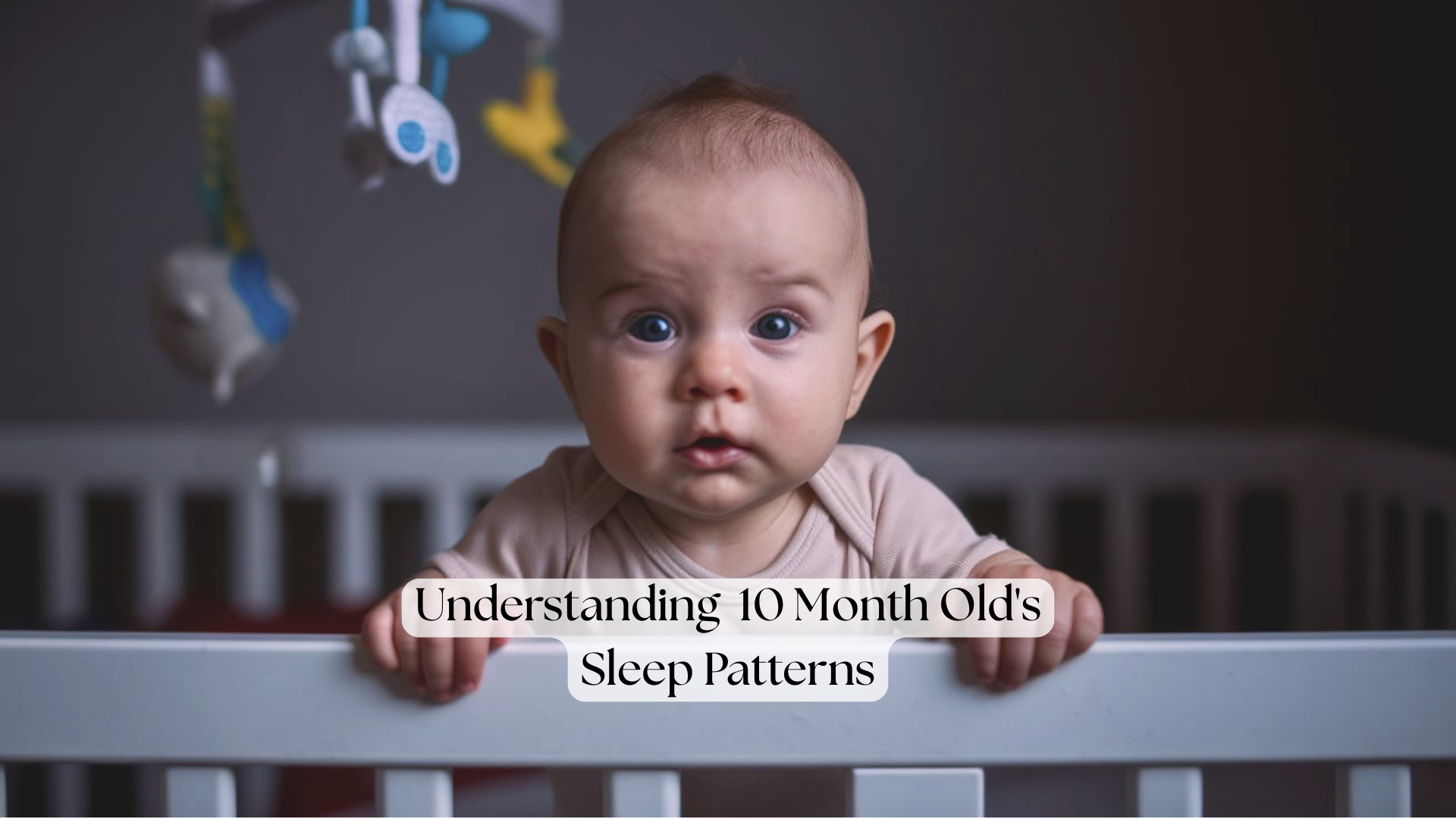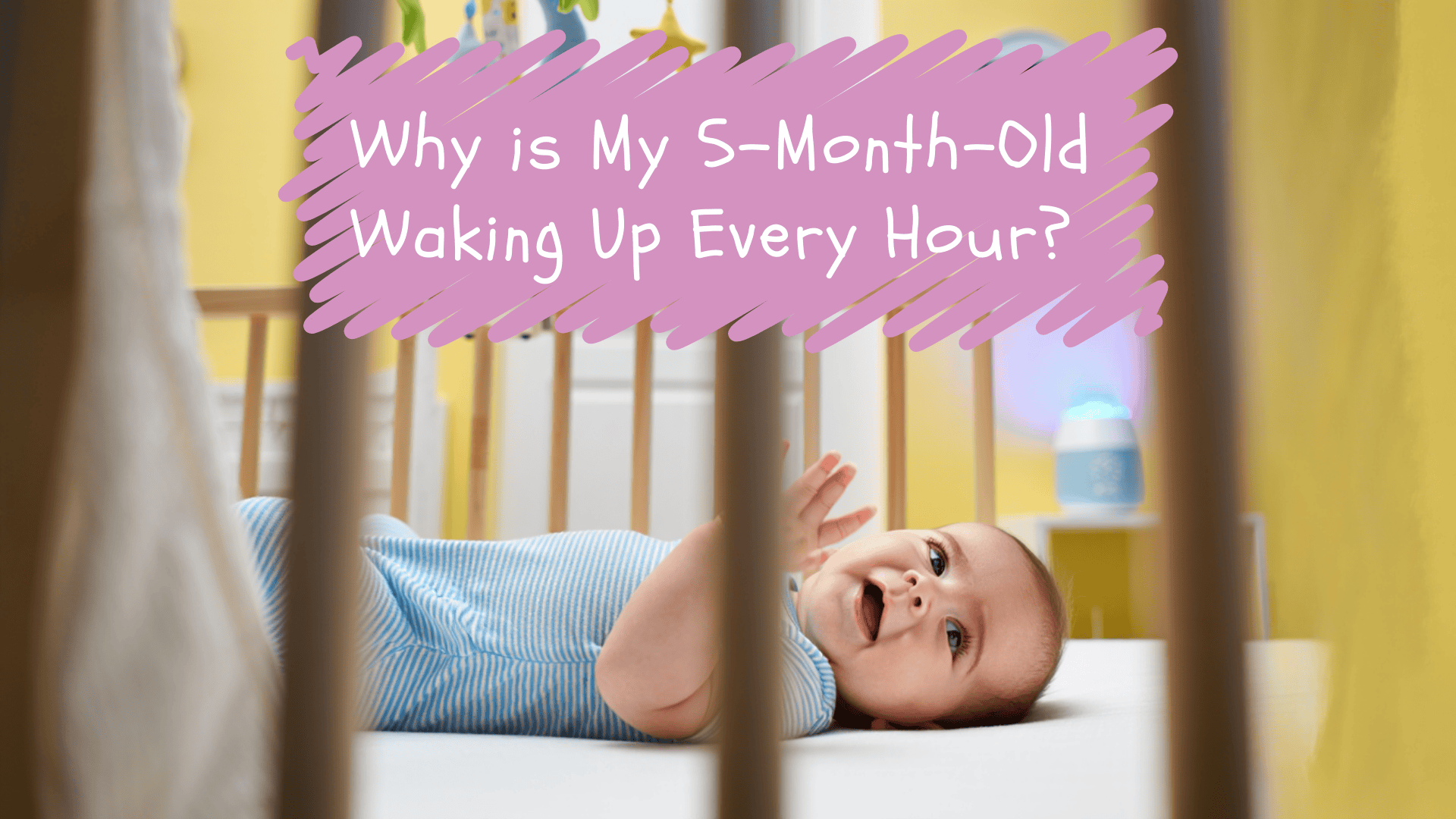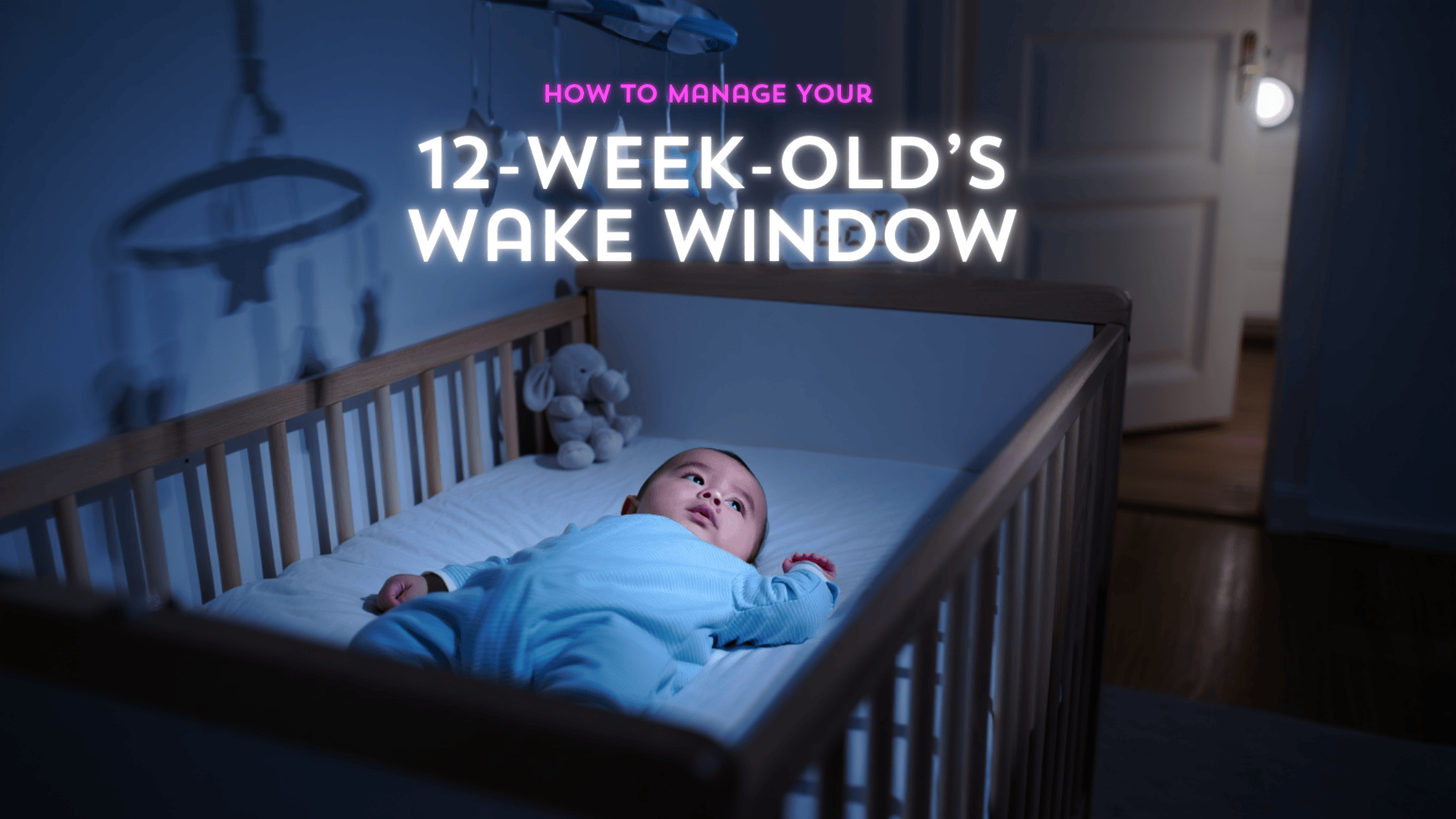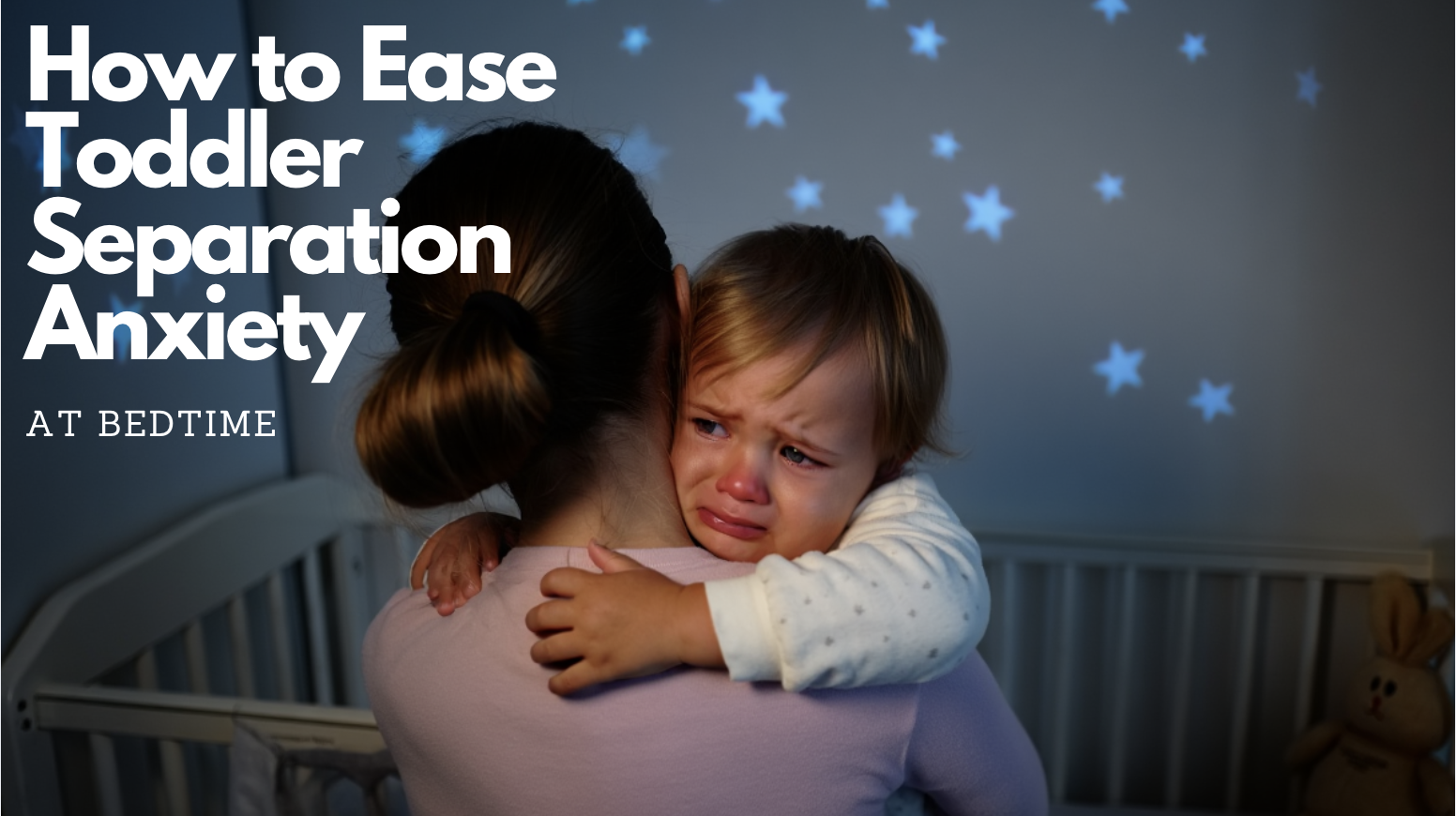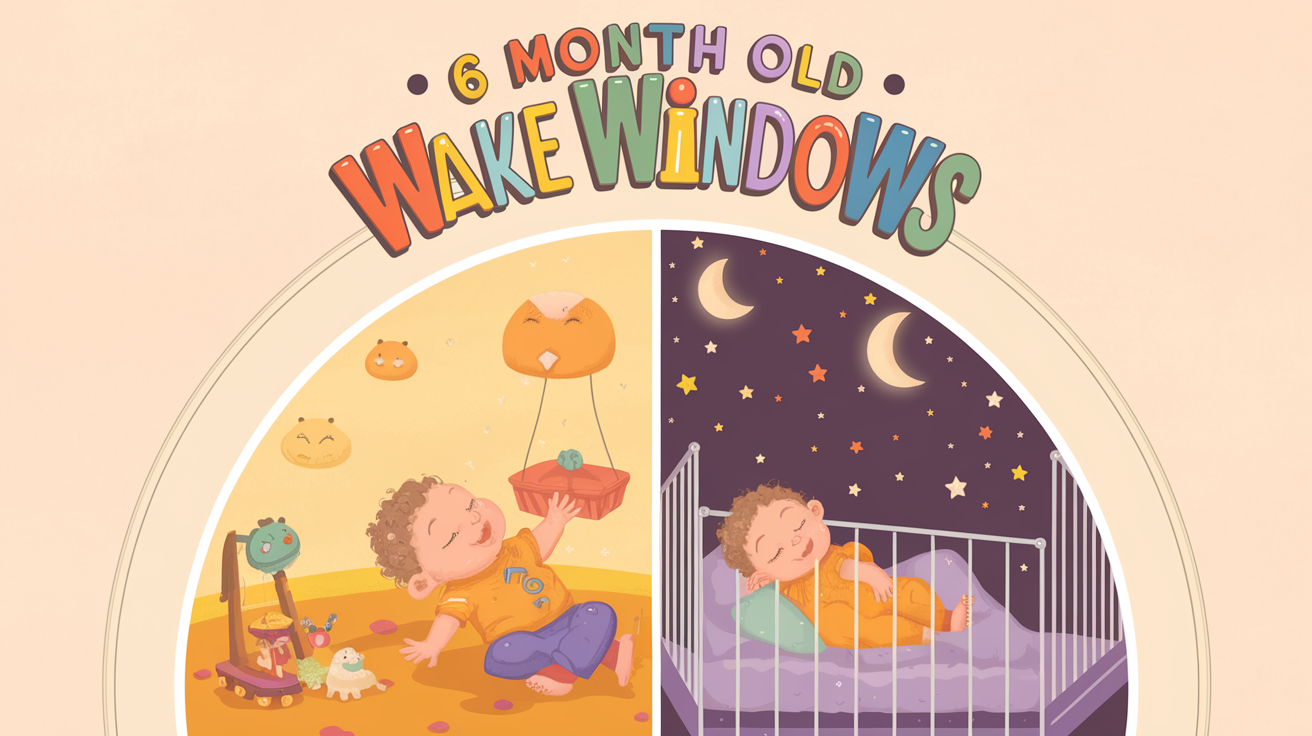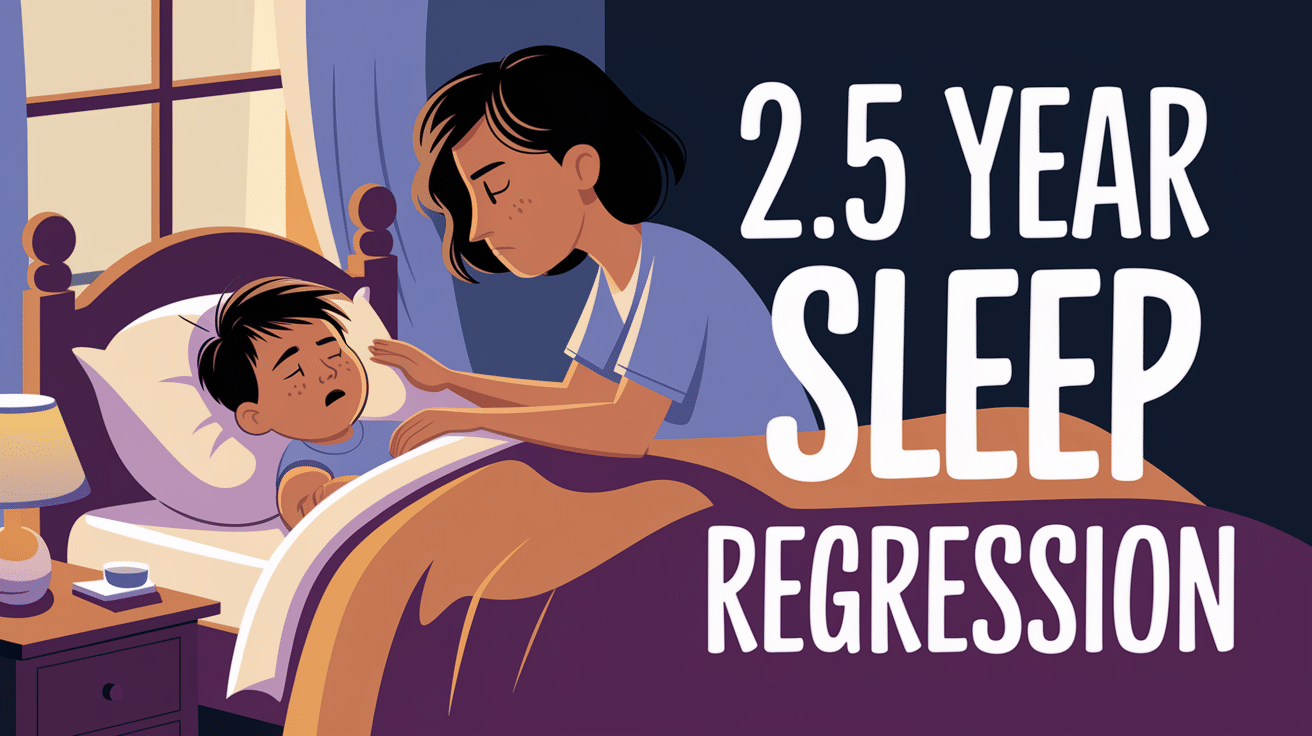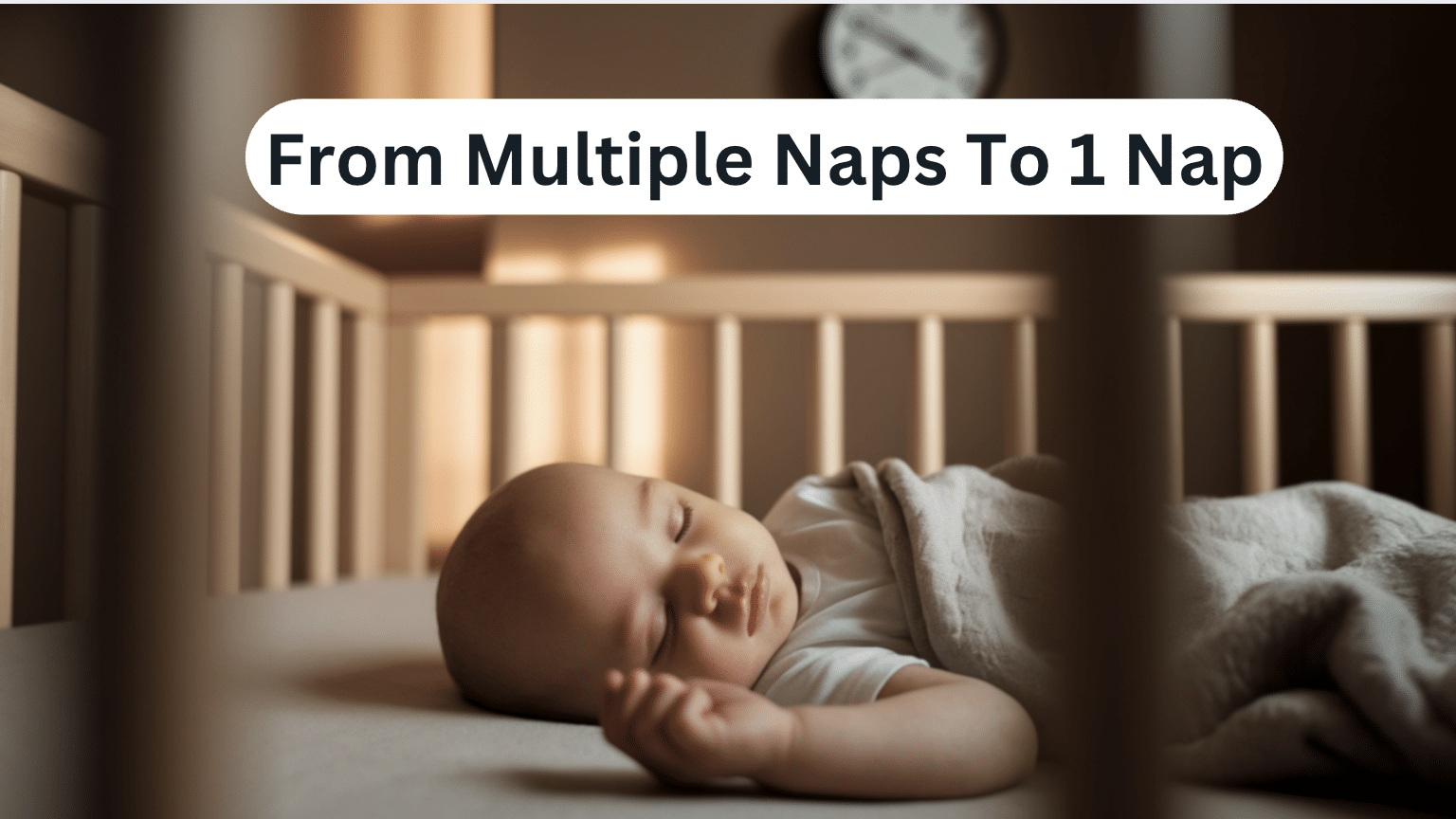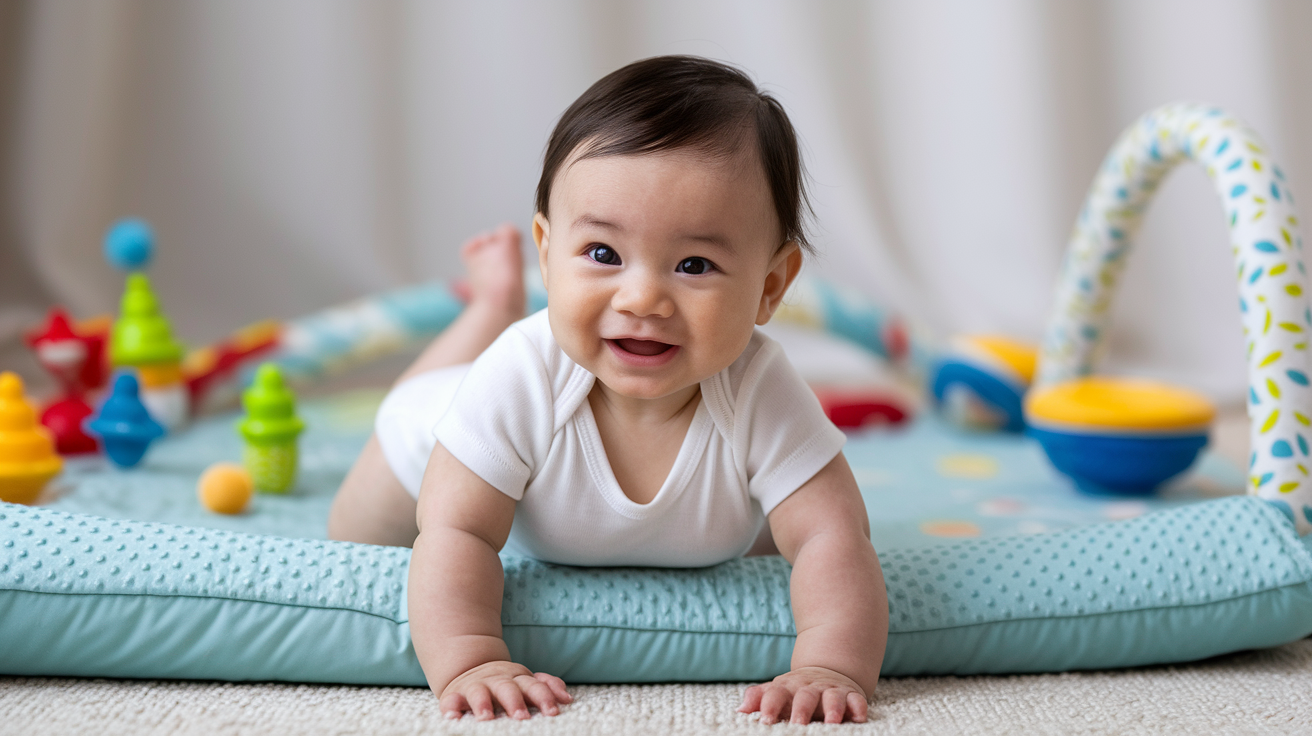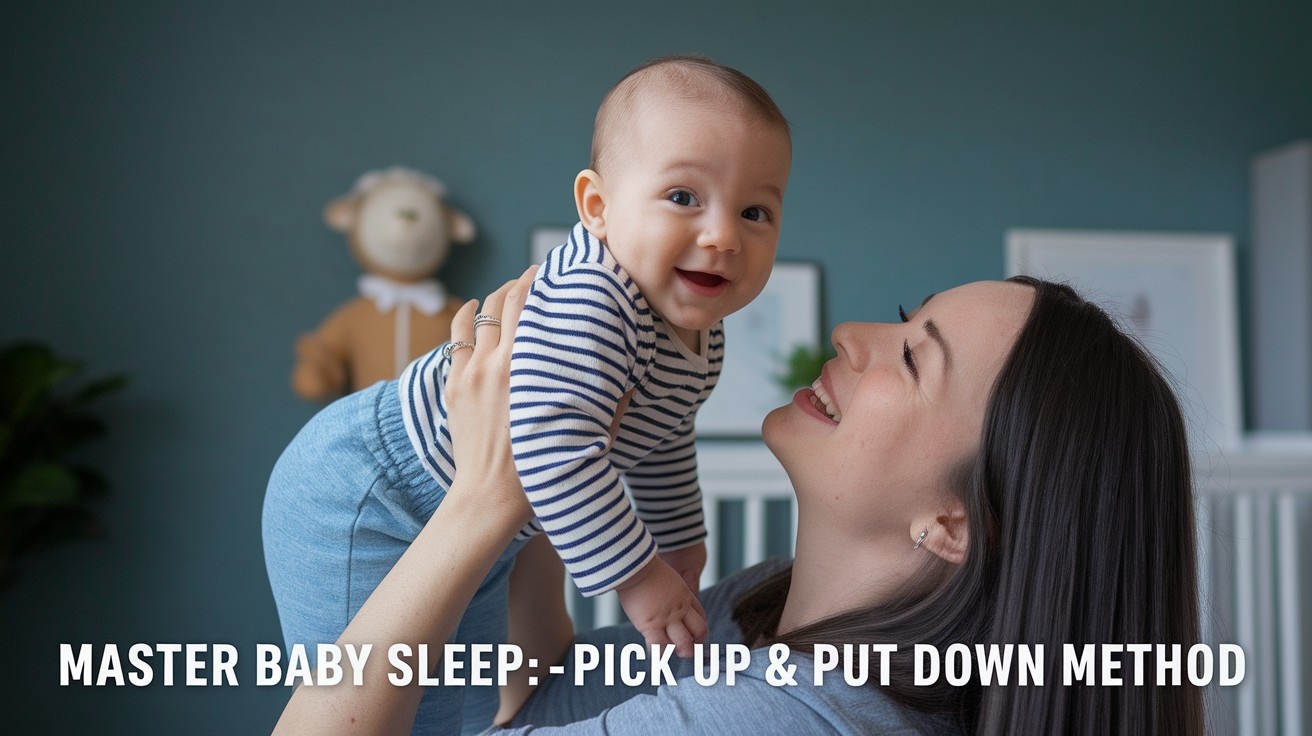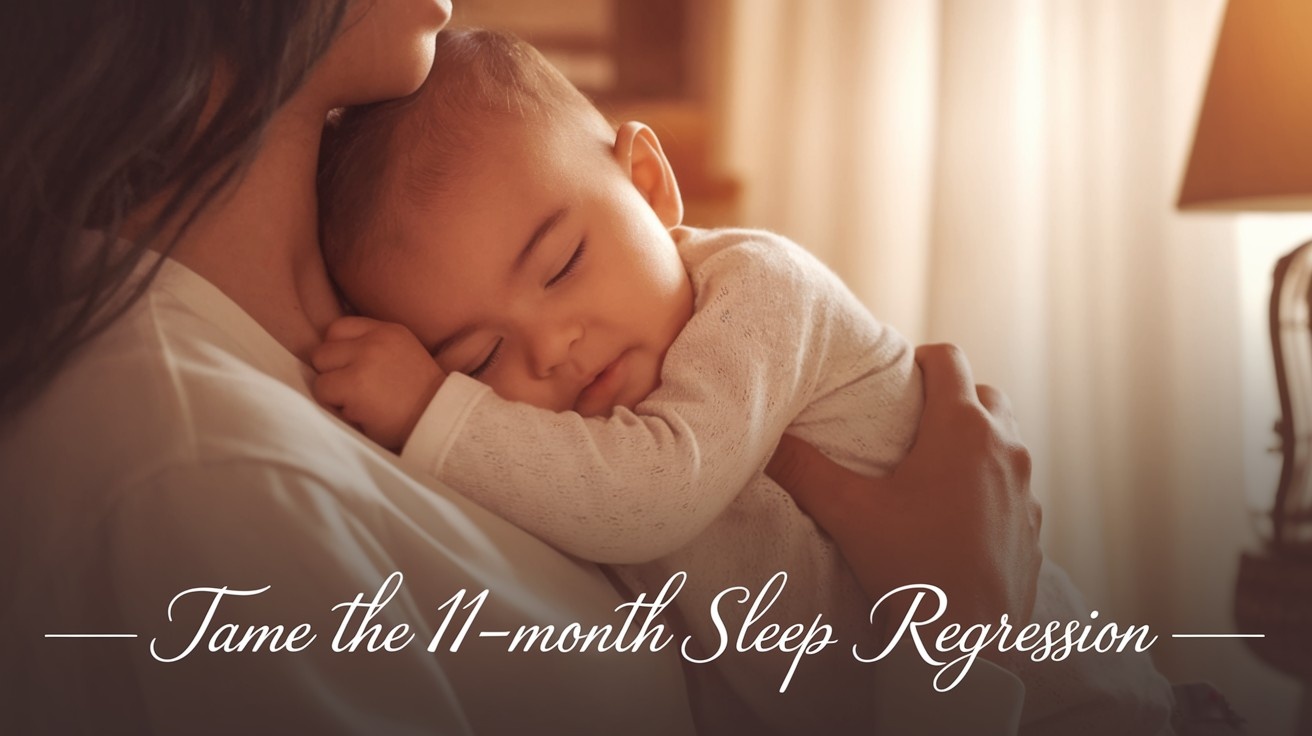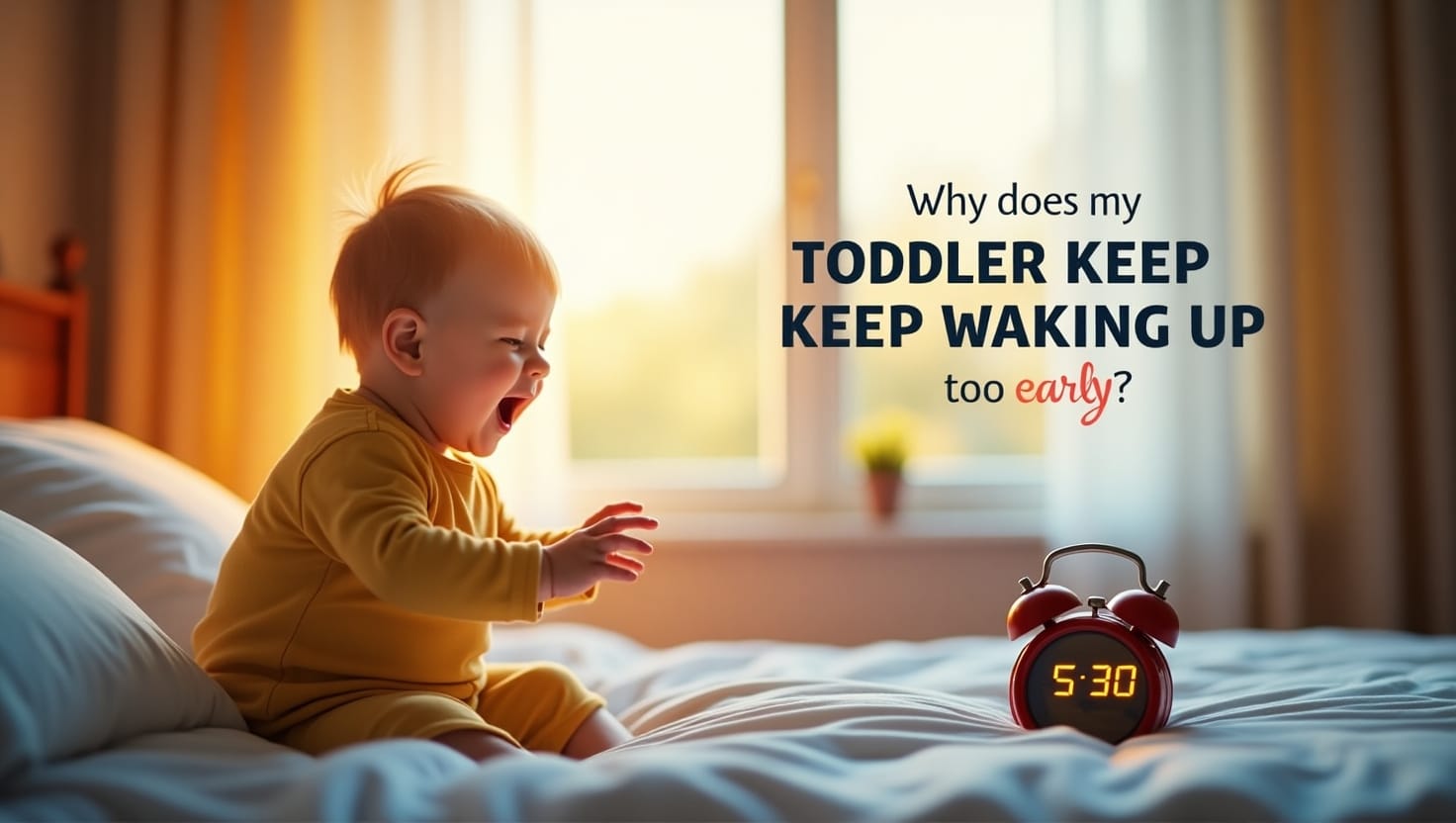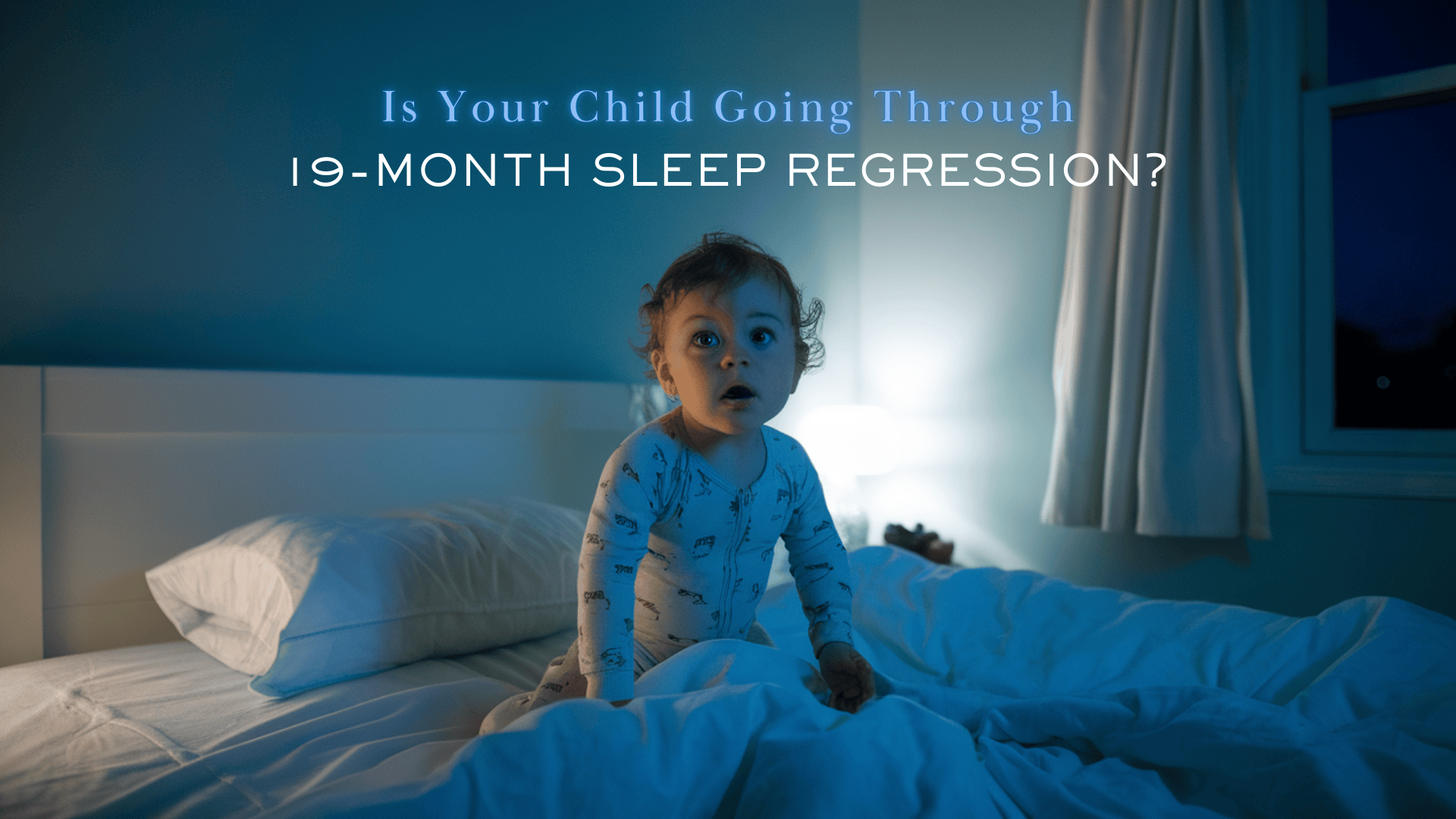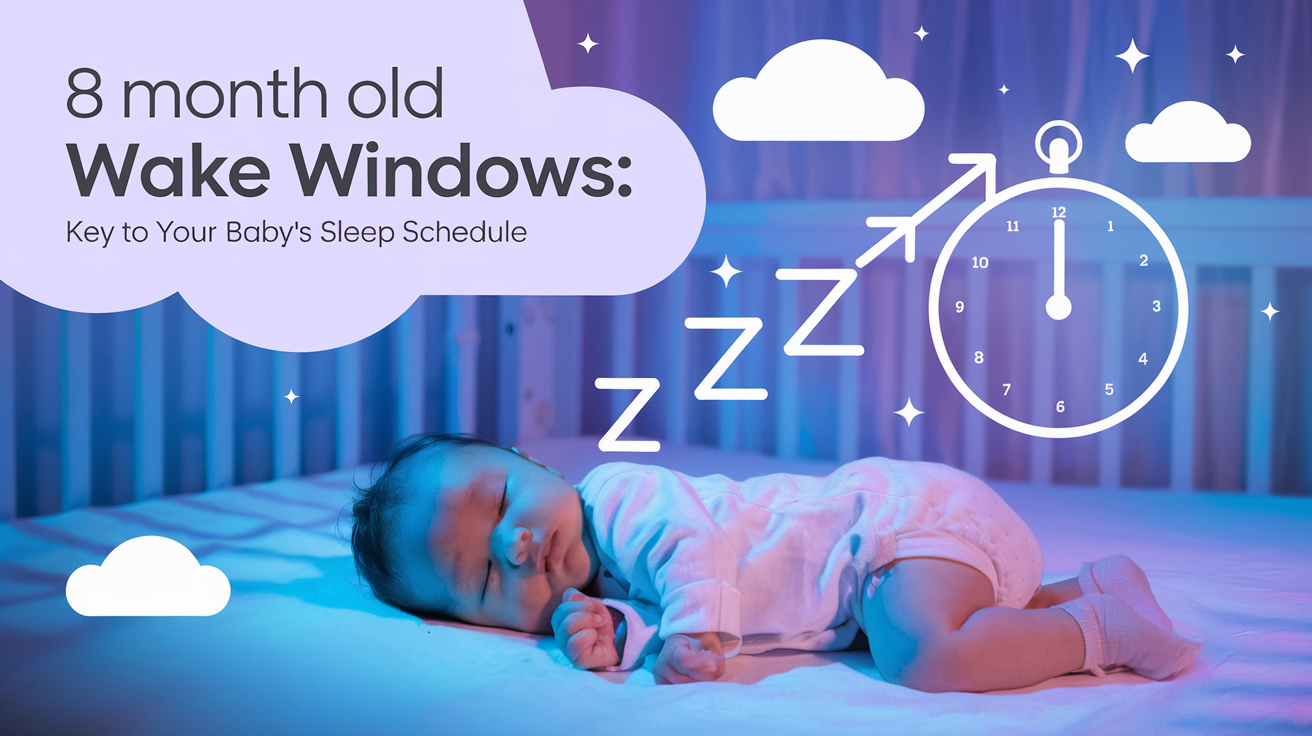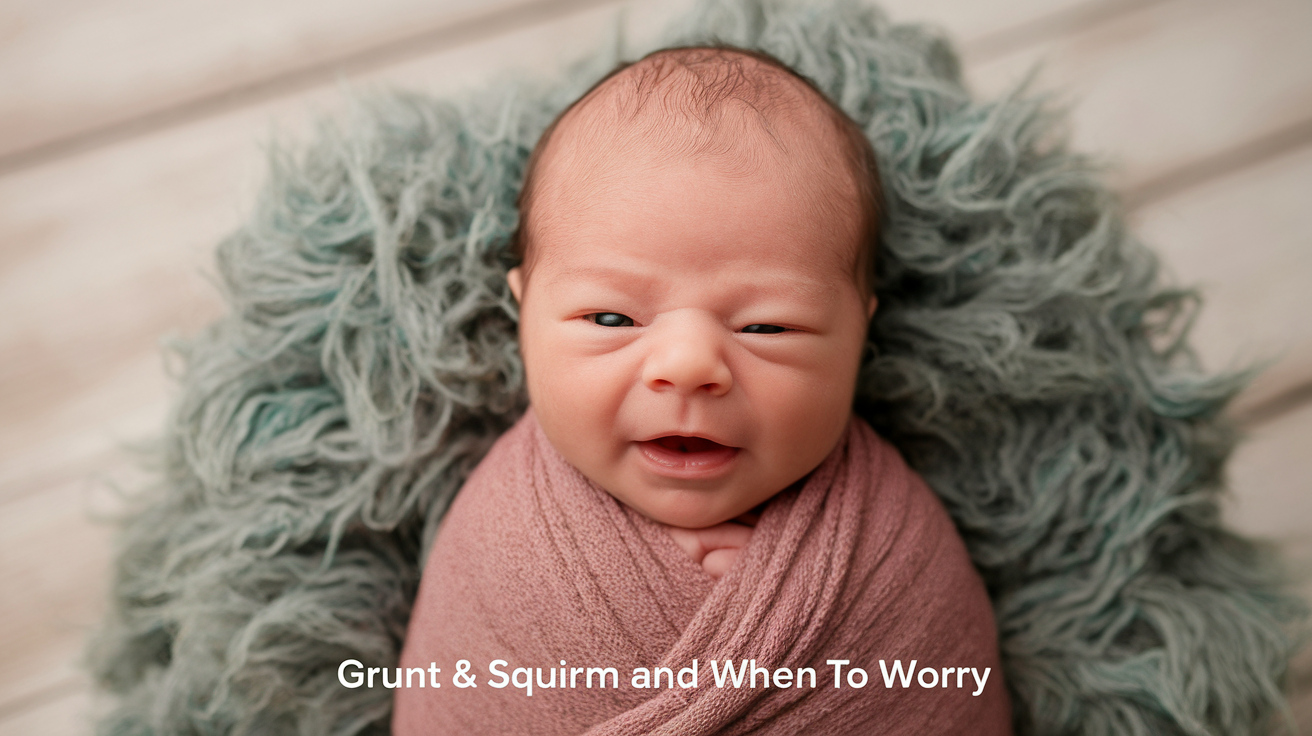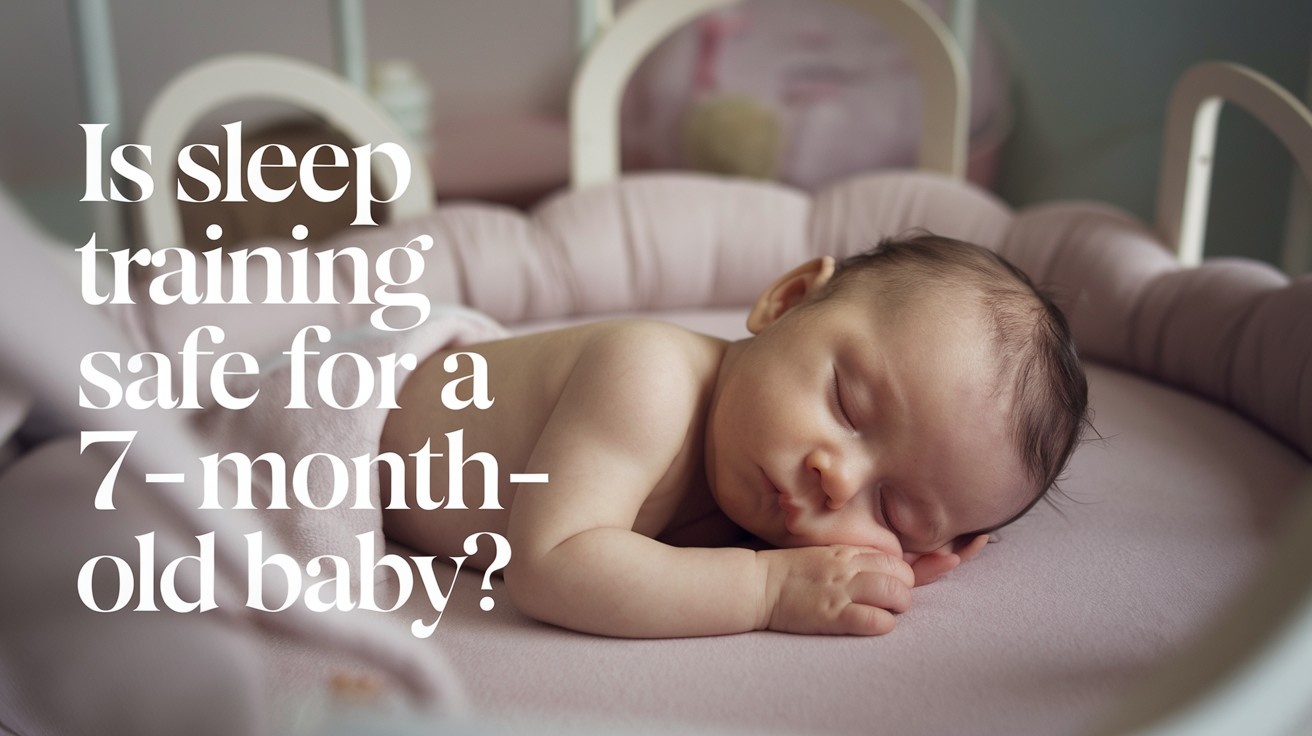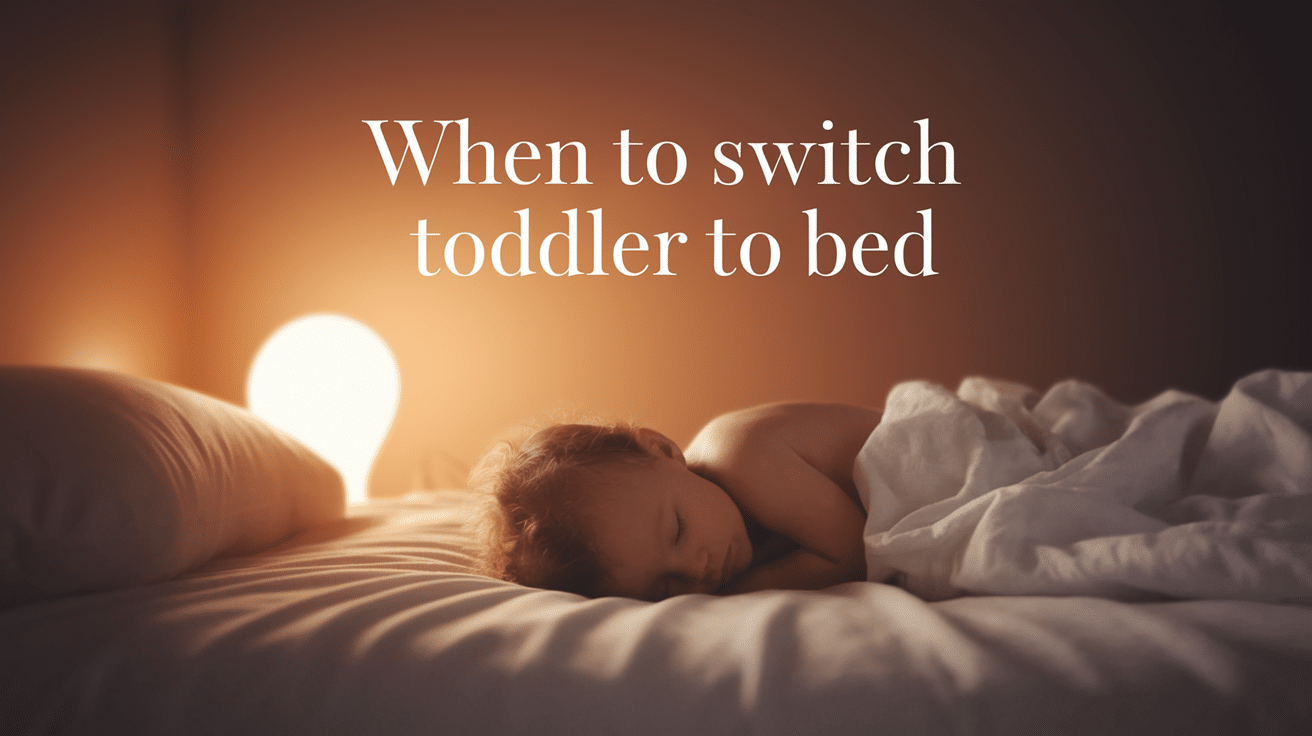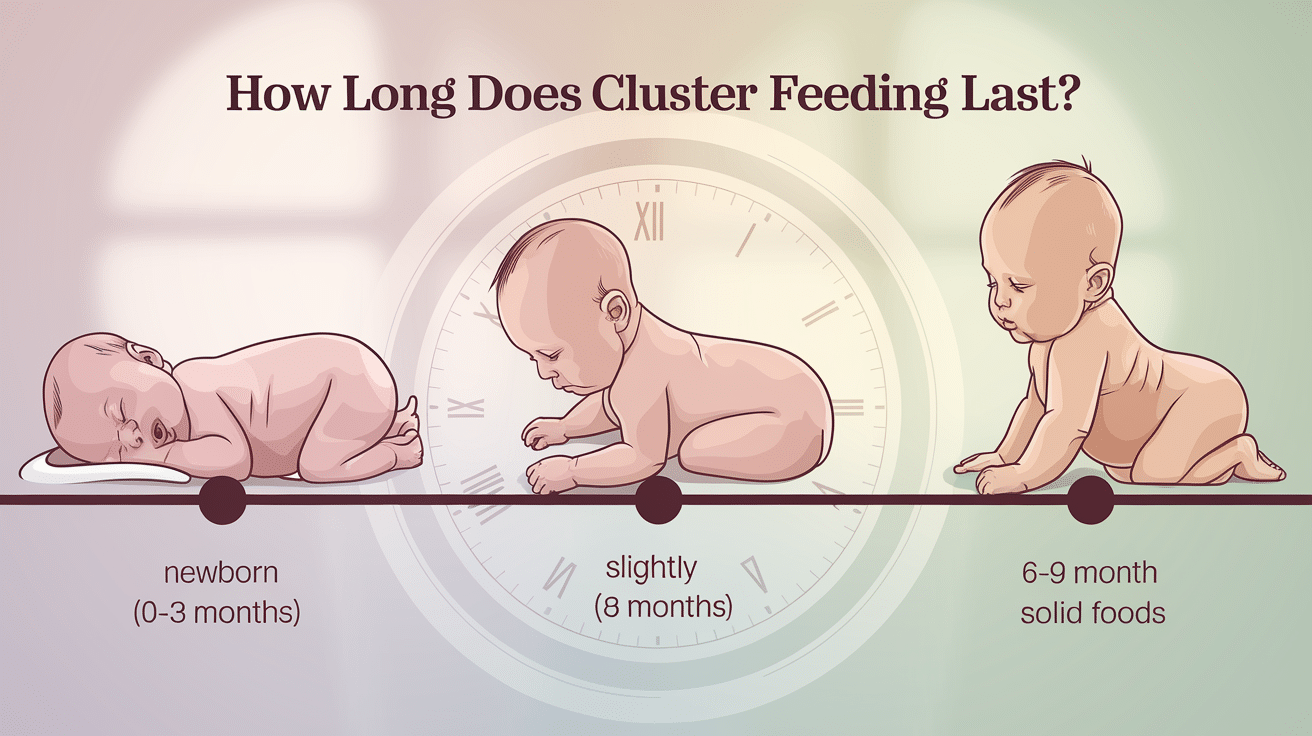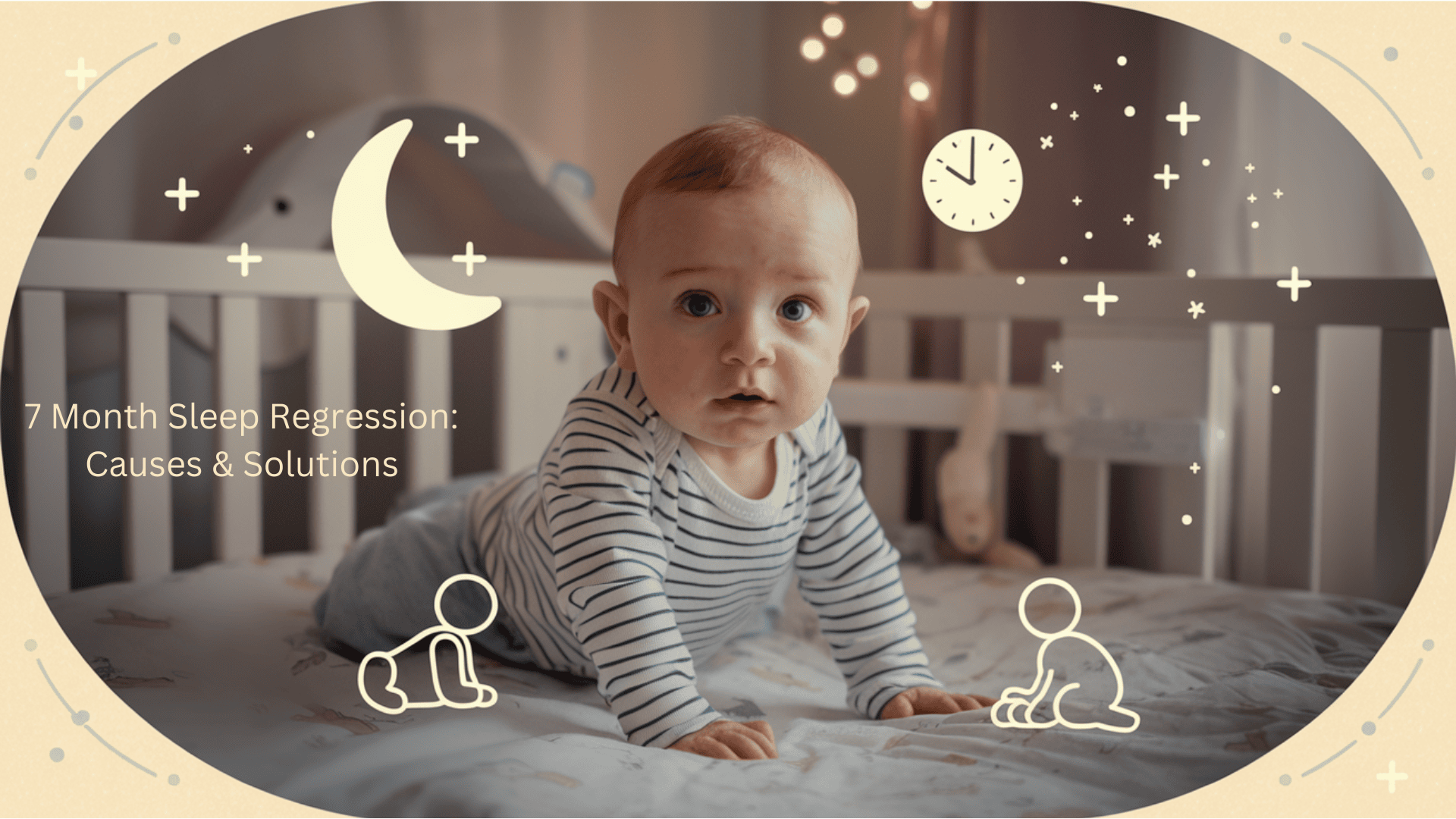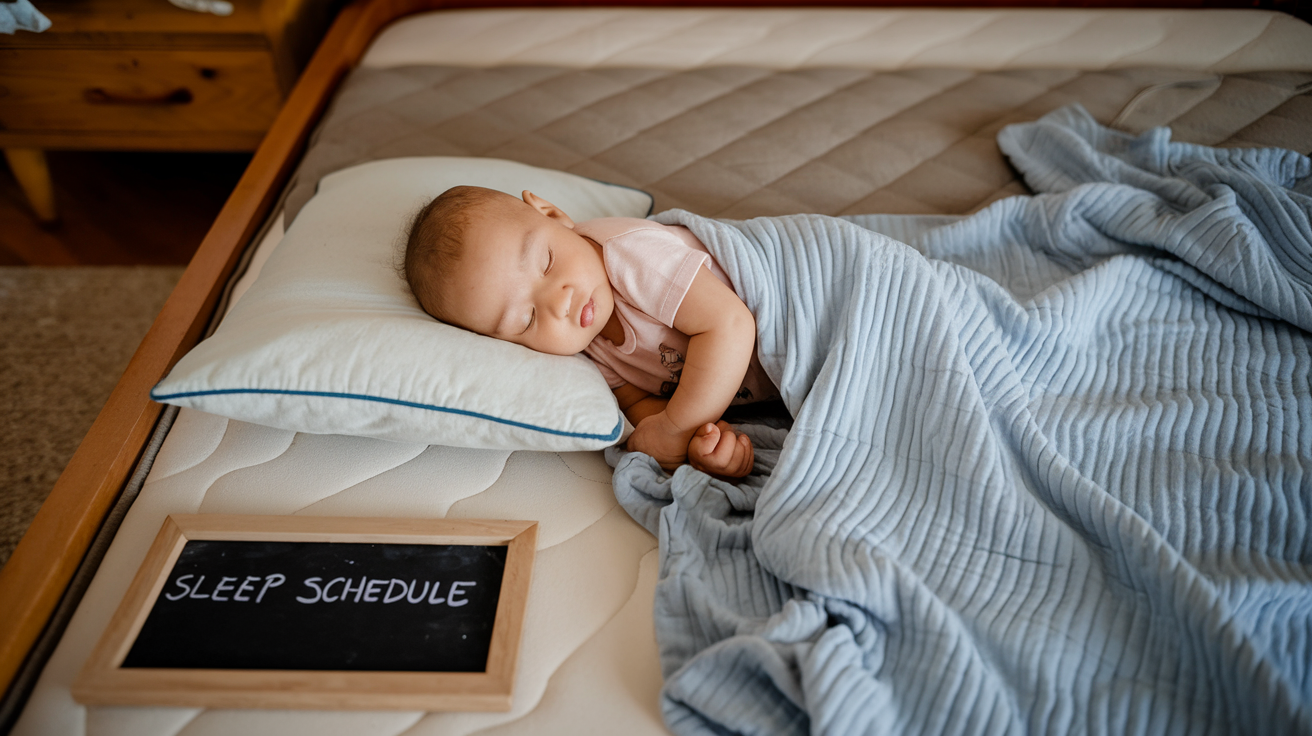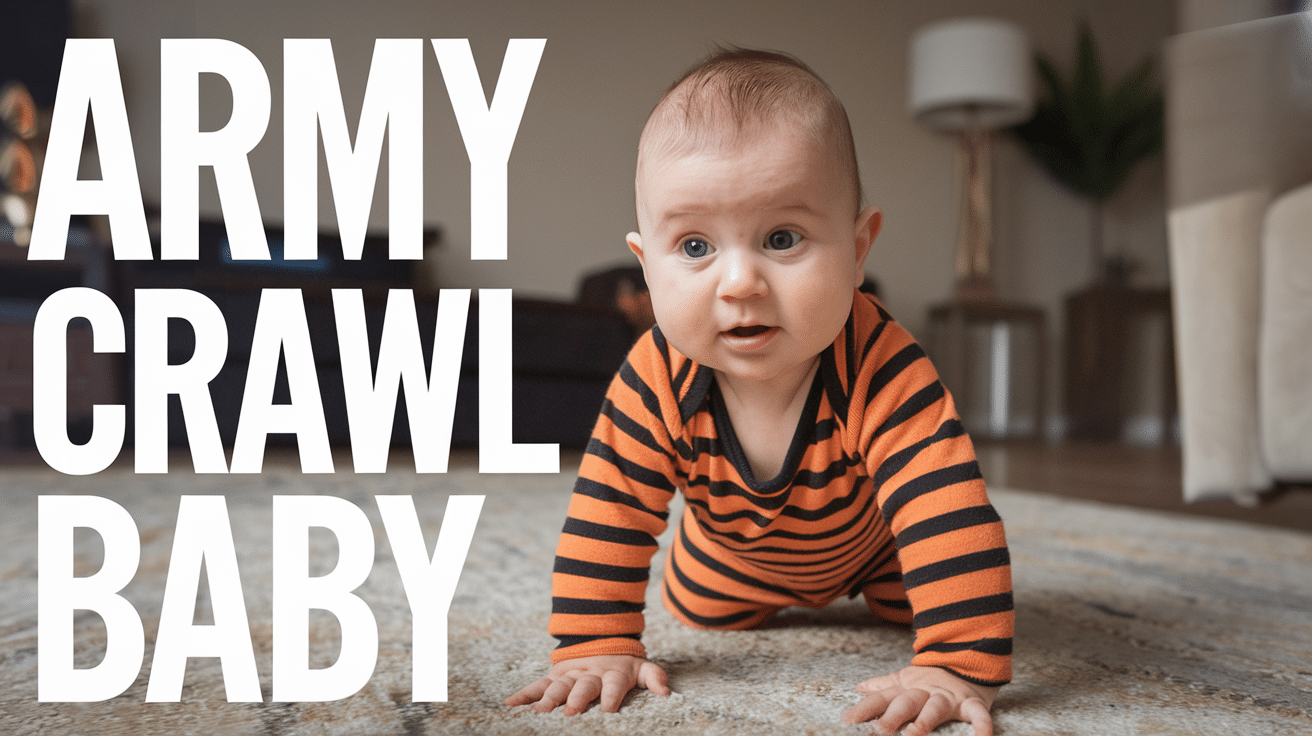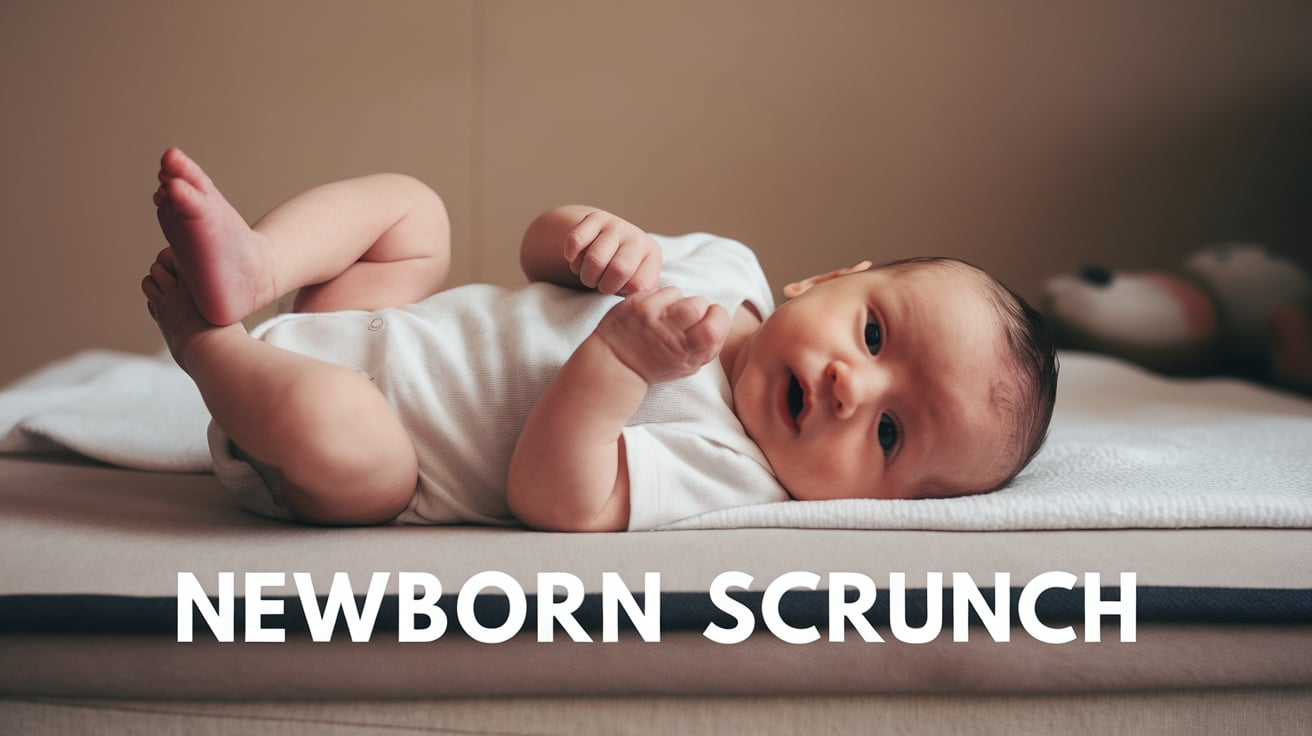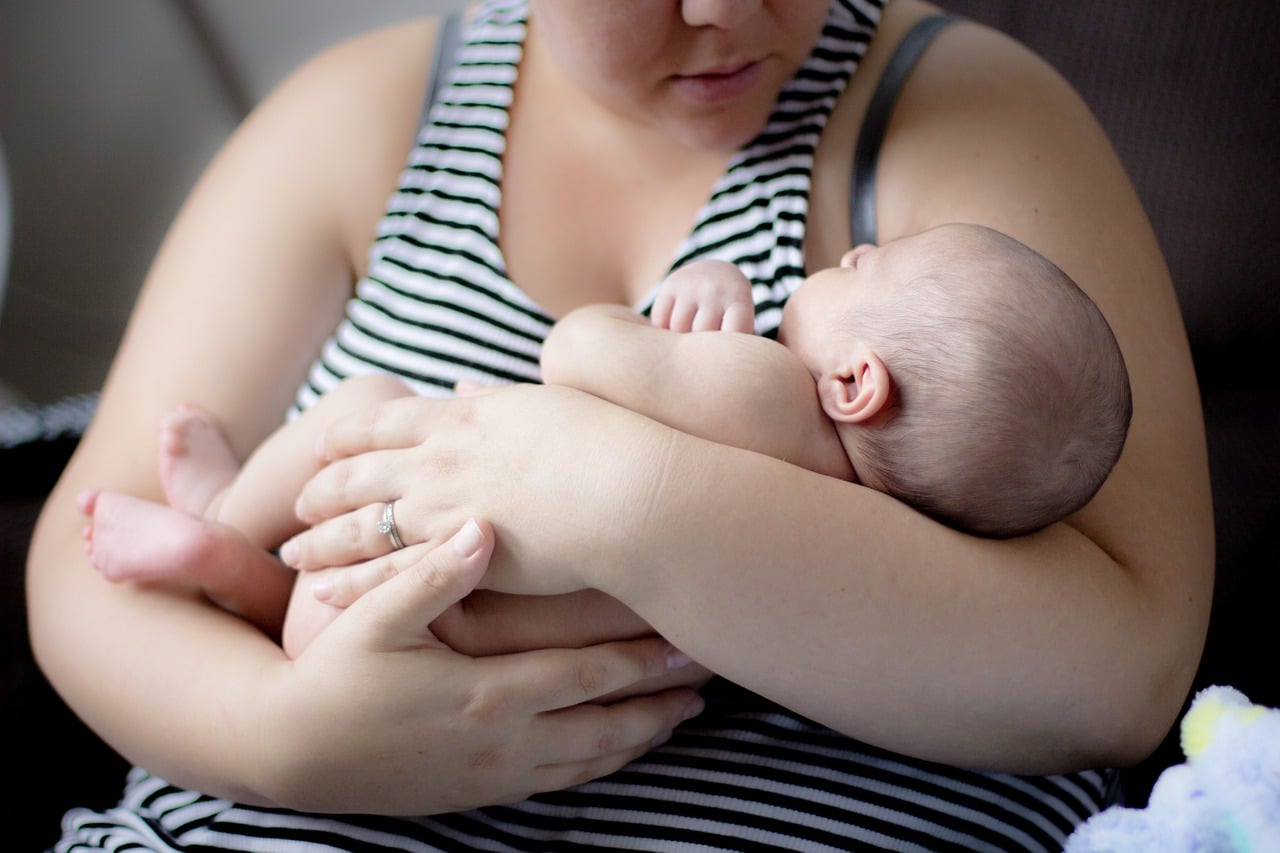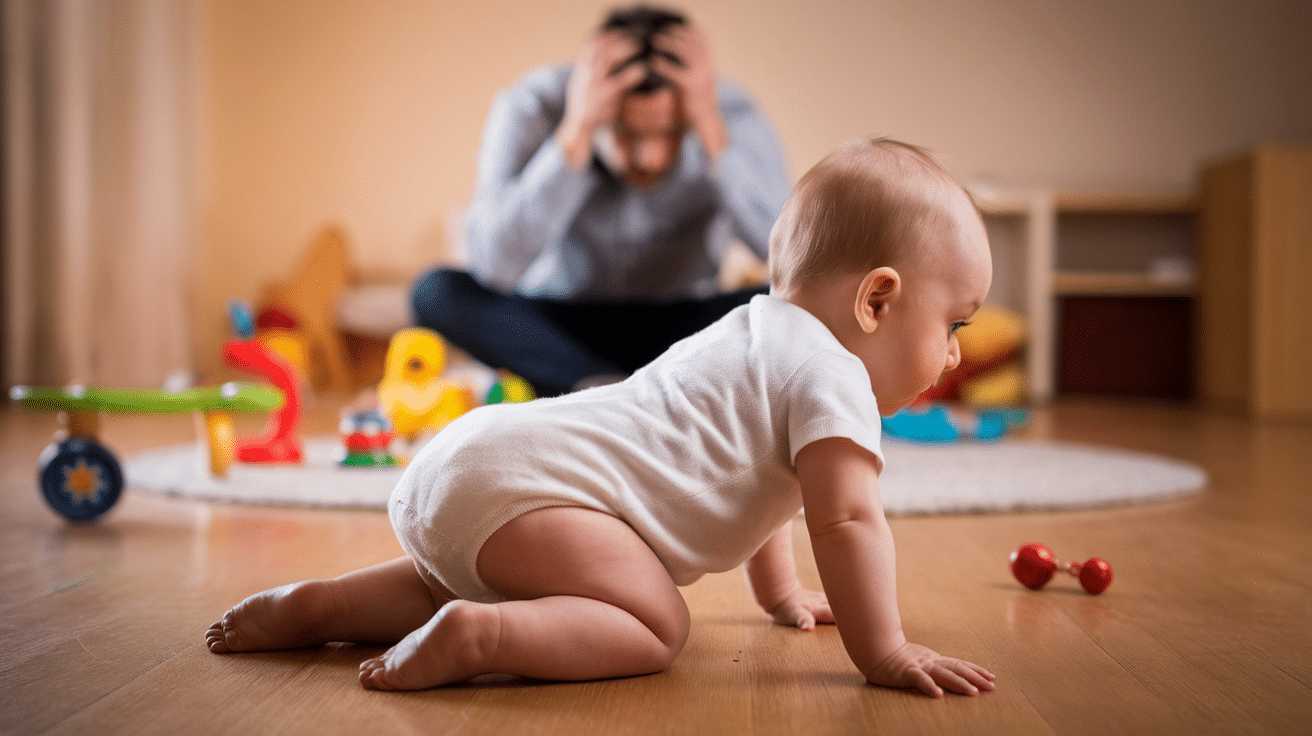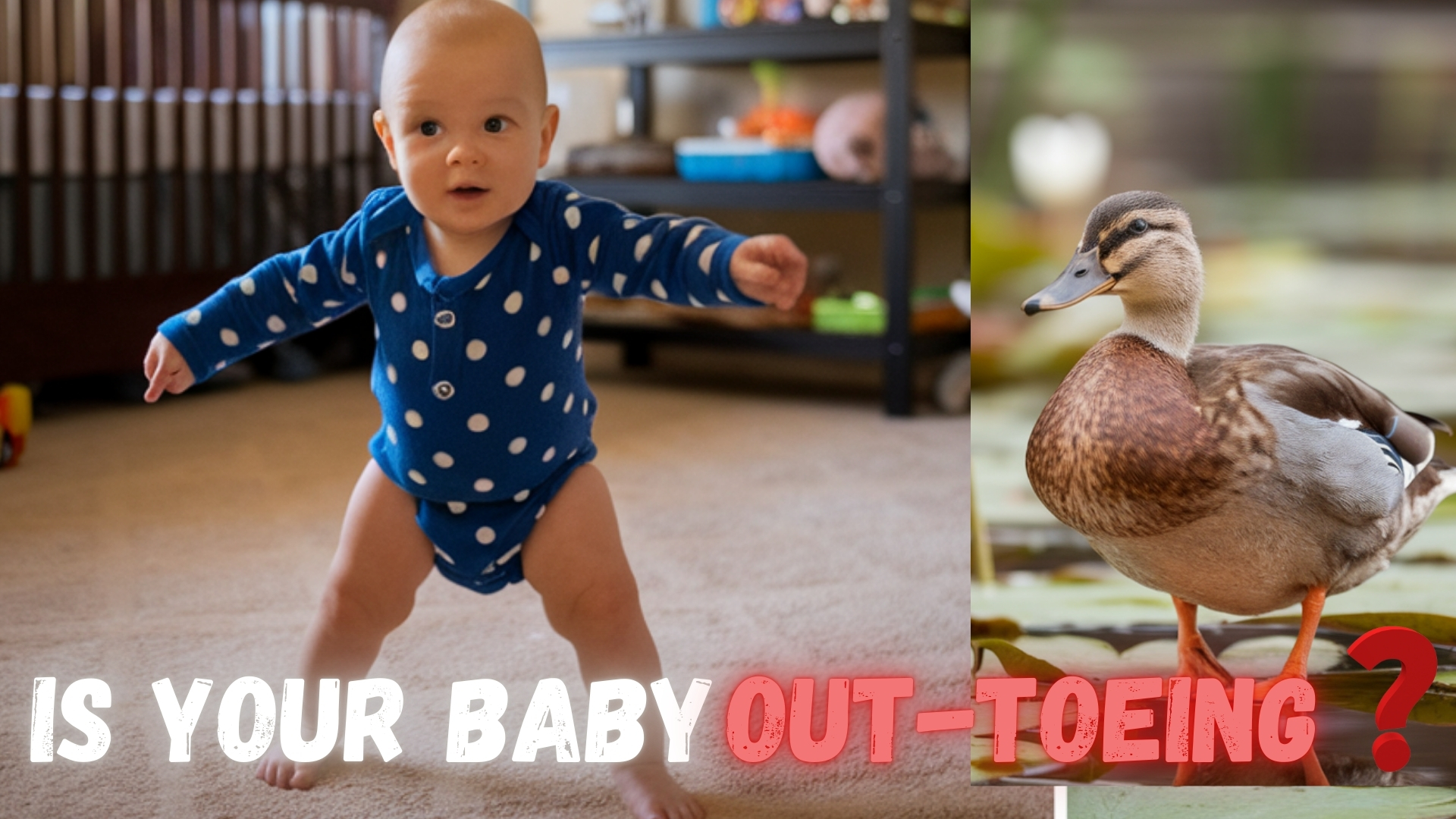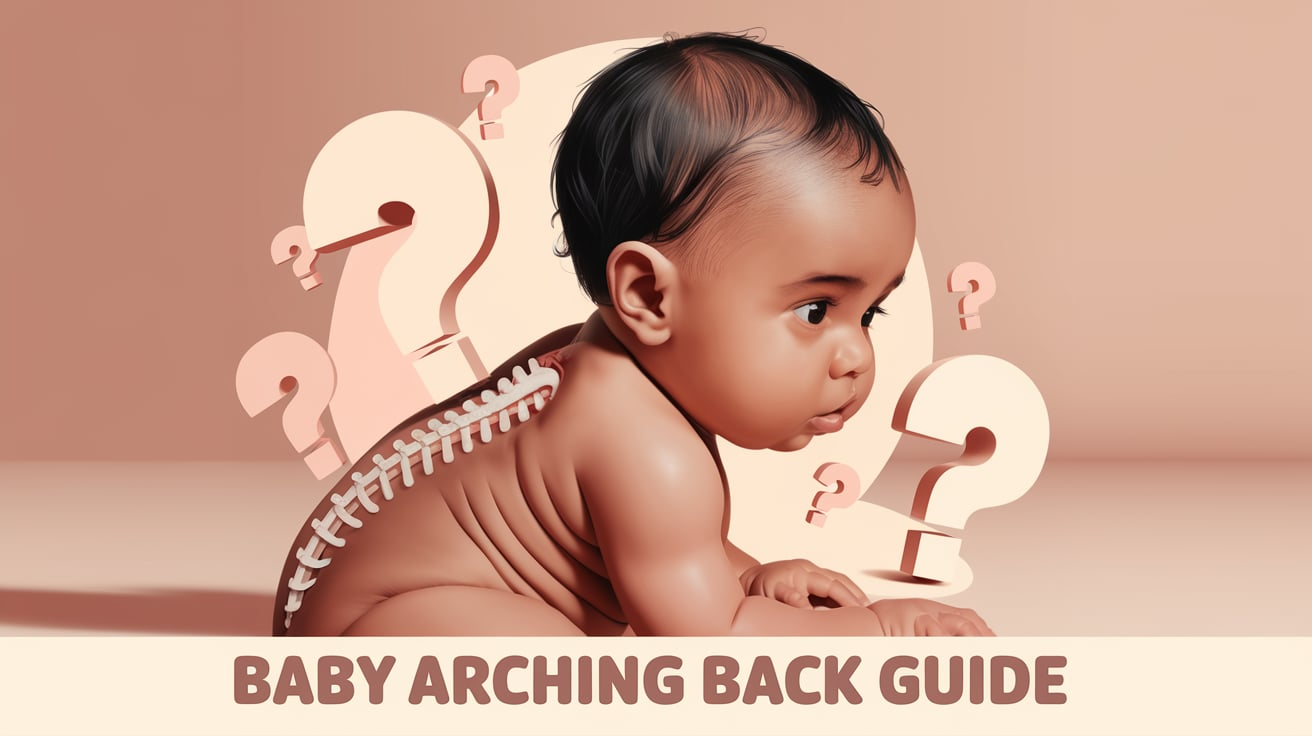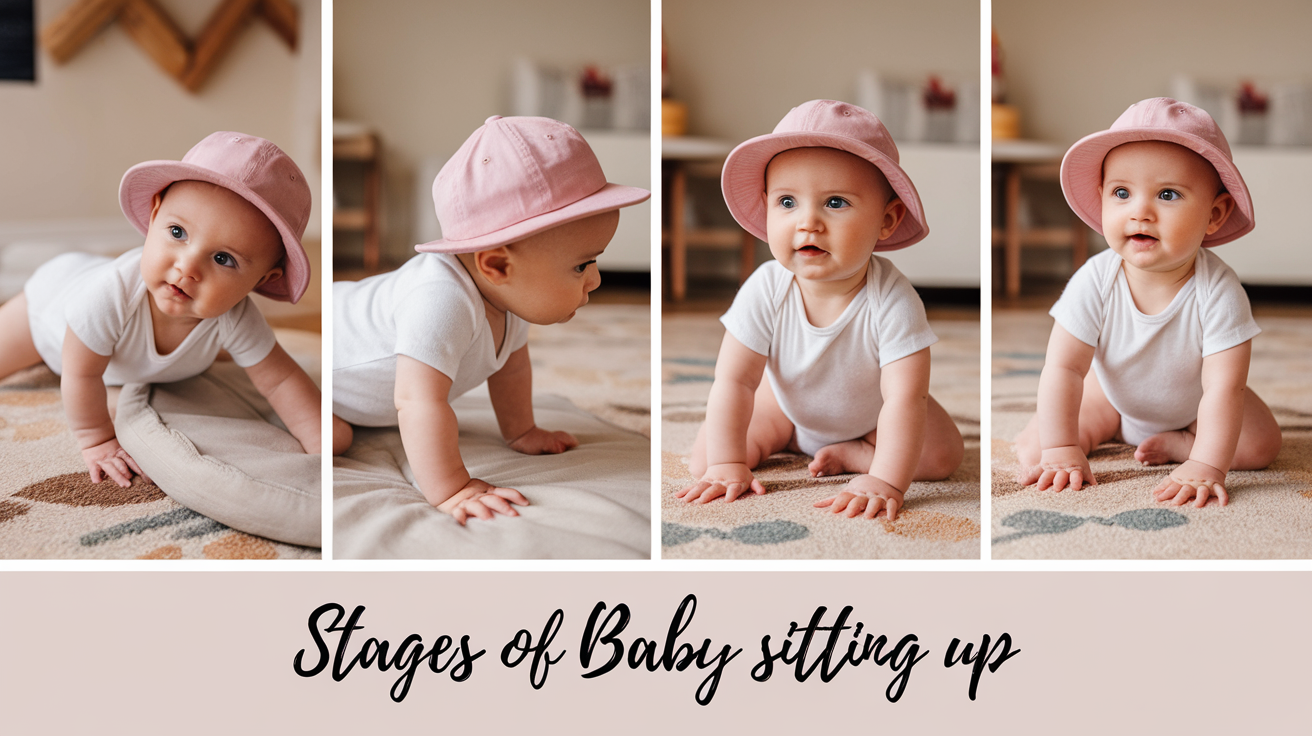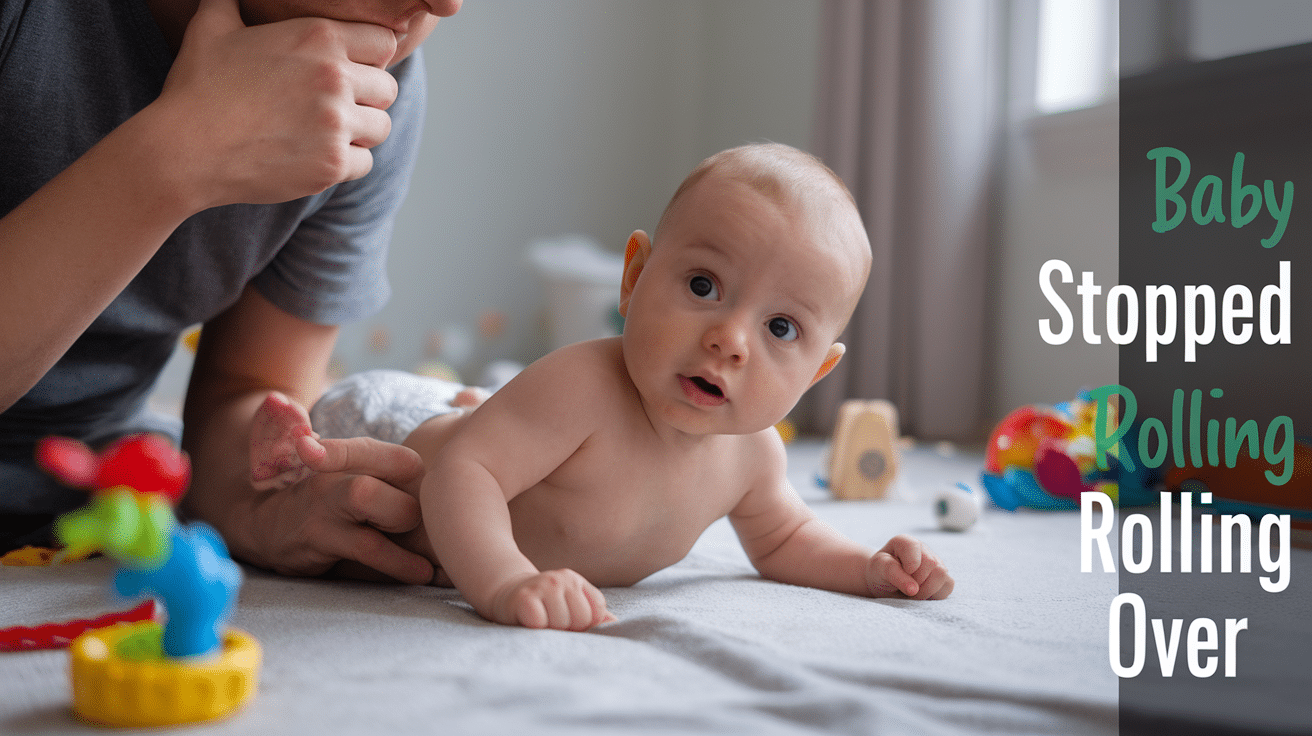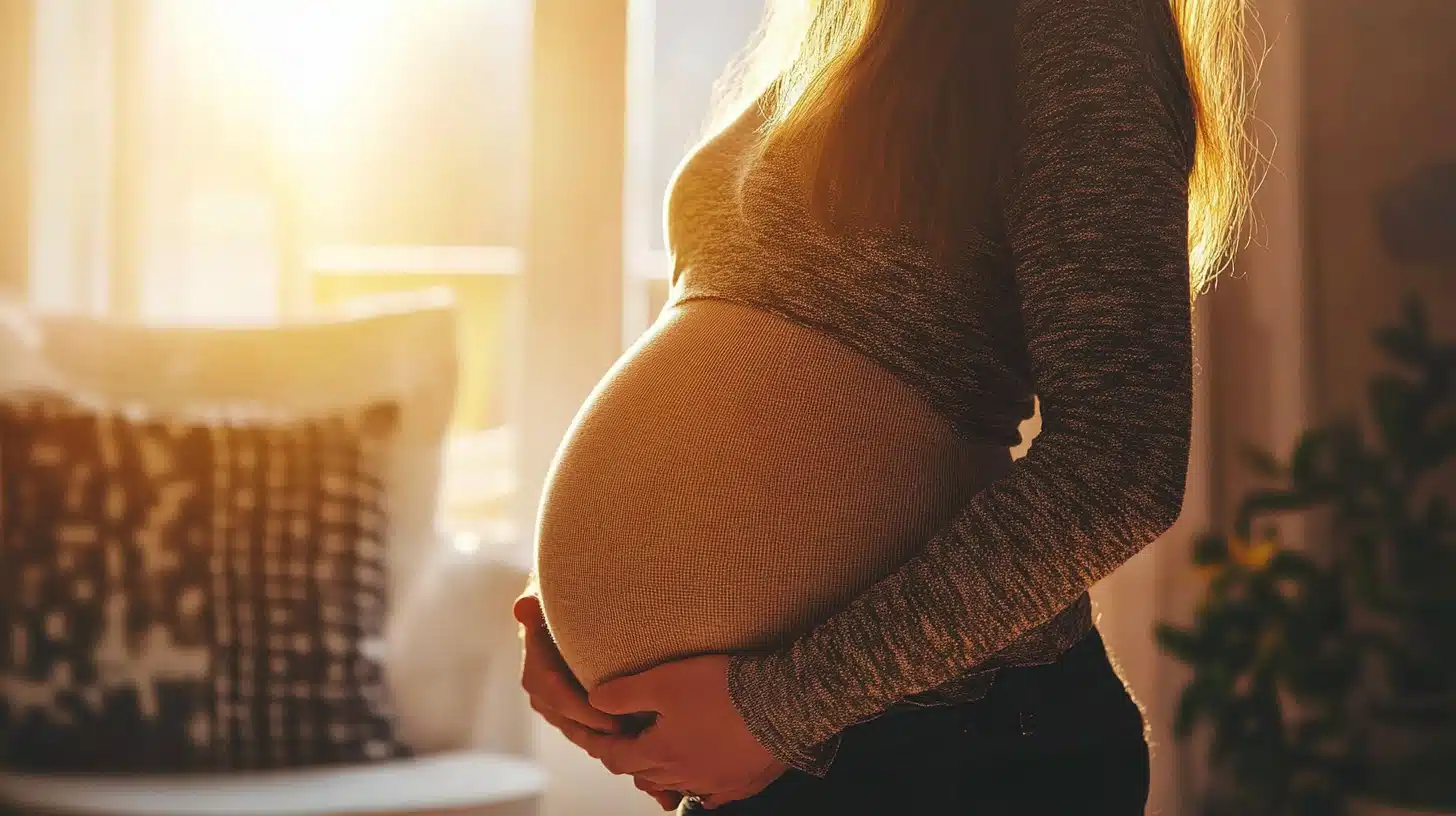
Feeling like a zombie lately? Your 9-month-old’s sleep patterns might be the culprit!
Just when you thought you had this parenting thing figured out, your baby hits another milestone, and suddenly, everything changes—especially those precious wake windows.
Every parent knows the struggle of a cranky, overtired baby. One minute they’re all smiles, and the next they’re melting down because they stayed awake too long (or not long enough).
The good news? You’re not alone in this sleep puzzle. Thousands of parents are right there with you, trying to crack the code of the perfect wake window.
This guide cuts through the confusion with straightforward advice about how long your 9-month-old should be awake between naps—no complicated jargon, just practical tips that actually work for real families like yours.
What Are Wake Windows and Why Do They Matter?
Wake windows are the periods your baby can comfortably stay awake between sleeps. Think of them as your baby’s “stamina” for being awake.
At 9 months, these windows have stretched longer than when your little one was a newborn, but they still need structure. Getting these windows right makes all the difference!
When babies stay awake for the right amount of time, they build up just enough sleep pressure to fall asleep easily without becoming overtired. This means fewer bedtime battles, longer stretches of sleep, and a happier baby during awake times.
A baby who’s had appropriate wake windows tends to be more engaged, learns better, and has more stable moods throughout the day.
9-Month-Old Wake Windows vs Earlier Months

As your baby grows, their sleep patterns evolve dramatically. By 9 months, you’ll notice significant changes in how long your little one can comfortably stay awake compared to their newborn days.
These changing wake windows reflect their developing brain and body.
| AGE | TYPICAL WAKE WINDOW | DAILY NAPS | SLEEP CHARACTERISTICS |
|---|---|---|---|
| Newborn | 30-60 minutes | 4-5 naps | Very short wake periods, sleeps most of the day |
| 3-4 months | 1-2 hours | 3-4 naps | Beginning to develop sleep patterns, longer morning wake window |
| 6-7 months | 2-3 hours | 2-3 naps | More predictable schedule, may drop to 2 naps |
| 9 months | 2.5-3.5 hours | 2 naps | Longer wake periods, consistent nap pattern, stronger sleep associations |
| 12 months | 3-4 hours | 1-2 naps | Many babies transitioning to one nap, much longer wake windows |
This change happens because:
- Their brains are developing rapidly
- They’re more physically active (possibly crawling or even cruising!)
- They’re more engaged with their environment.
- Their circadian rhythm is maturin.g
This growth doesn’t just mean they can stay awake longer—it also means their sleep is becoming more organized and predictable, making it easier to establish a consistent daily rhythm that works for your family.
Ideal Wake Window for a 9-Month-Old Baby
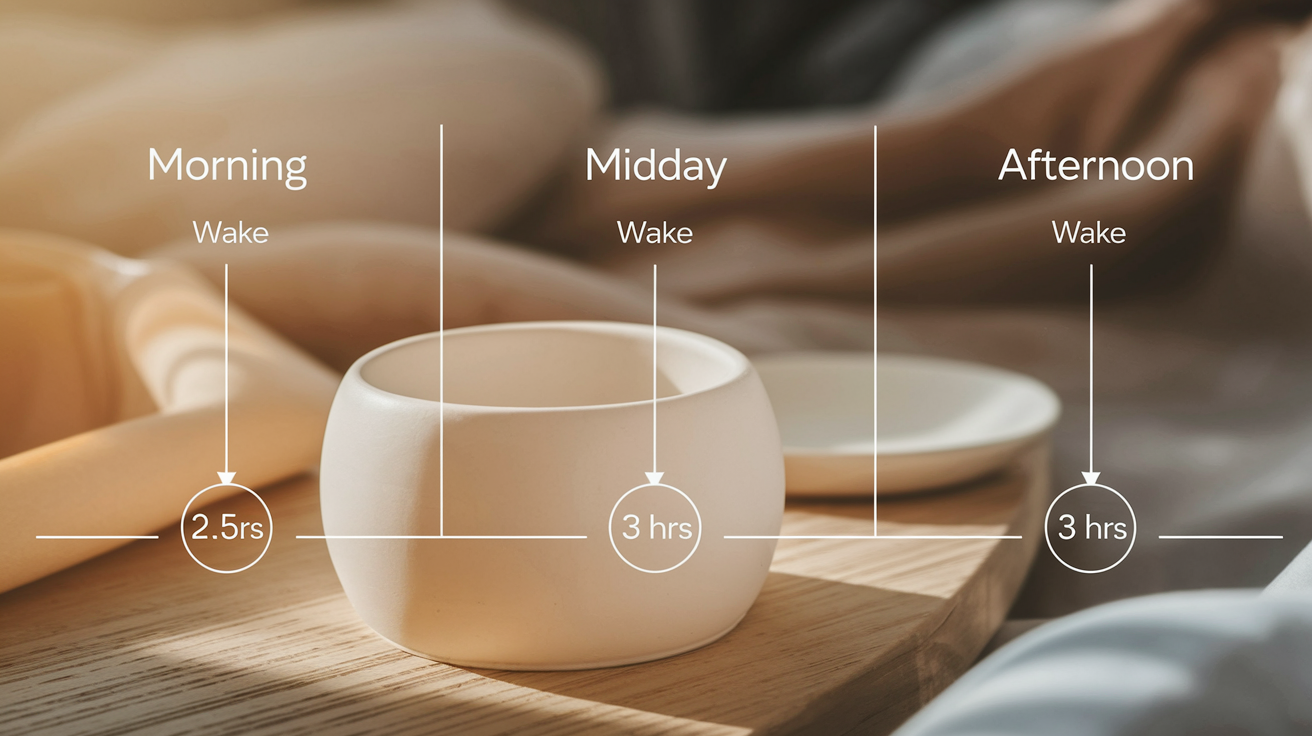
At this age, babies typically stay awake between 2.5 and 3.5 hours between sleep periods. This timeframe allows them just enough activity without becoming overtired.
Every baby is unique, so watching for drowsy signs helps parents determine their child’s specific needs within this range.
Wake window range for each part of the day
- Morning: 2.5-3 hours after waking up
- Midday: 2.5-3 hours after first nap
- Afternoon: 3-3.5 hours before bedtime
Following consistent wake periods creates a predictable routine that benefits the entire household. This structure signals to babies when rest approaches, easing the transition to sleep.
With this framework in place, babies experience better sleep quality while parents gain the ability to organize daily activities more effectively.
Sample Schedules for 9-Month-Olds
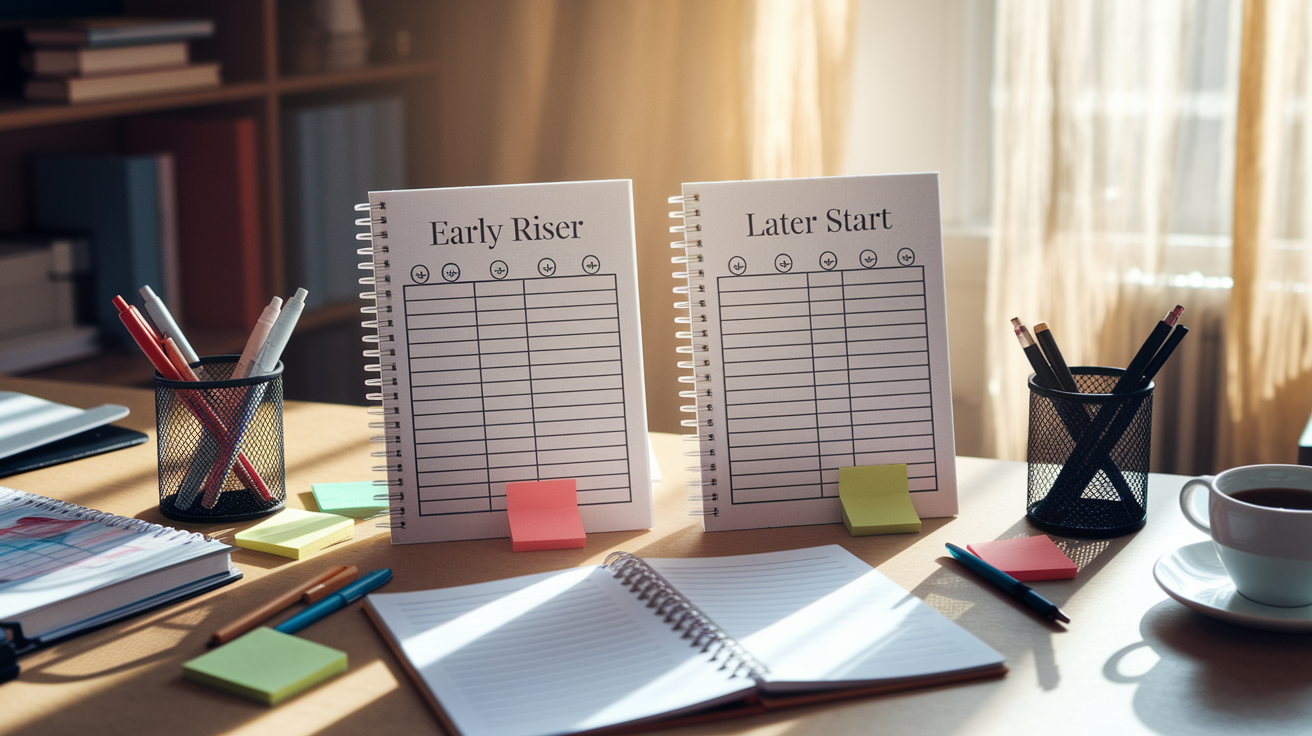
Here are two practical daily schedules for 9-month-olds based on appropriate wake windows. These schedules can be adjusted to match your baby’s natural rhythms while maintaining the recommended wake window durations.
Early Riser Schedule
| TIME | ACTIVITY |
|---|---|
| 6:30 AM | Wake up |
| 9:00 AM | Morning nap |
| 10:30 AM | Wake up |
| 1:15 PM | Afternoon nap |
| 2:45 PM | Wake up |
| 6:15 PM | Bedtime |
Later Start Schedule
| TIME | ACTIVITY |
|---|---|
| 7:30 AM | Wake up |
| 10:15 AM | Morning nap |
| 11:45 AM | Wake up |
| 2:30 PM | Afternoon nap |
| 4:00 PM | Wake up |
| 7:30 PM | Bedtime |
Remember that these schedules are flexible frameworks. Watch for your baby’s sleep cues and adjust timing as needed.
Need help with other ages? Check our other guides on baby sleep schedules, including:
- 8-month-old sleep schedule
- 12-month-old sleep schedule
- 16-month-old sleep schedule
- 2.5-year-old sleep schedule
Signs Your 9-Month-Old Needs Sleep

By 9 months, your baby communicates tiredness in increasingly recognizable ways. Learning to spot these signals helps you time naps and bedtime just right.
Physical Signs
Your baby’s body language speaks volumes about its need for sleep. When tiredness sets in, you might notice your baby slowing down physically and making less coordinated movements.
These physical cues are often the first and most reliable indicators that a sleep window is approaching.
- Eye rubbing or eye tugging.
- Ear pulling or hair twirling.
- Yawning
- Head turning side to side
Behavioral Changes
A tired baby’s mood and engagement level shift noticeably. Pay attention to how they interact with toys, people, and their environment.
These behavioral shifts typically follow the physical signs and indicate your baby is moving further into their tiredness.
- Decreased interest in toys and surroundings
- Increased fussiness or whining
- Looking for comfort items like blankets or pacifiers
- Clinginess or wanting to be held more
Advanced Warning Signs
If you miss the early cues, your baby may show more pronounced signs of overtiredness. At this point, their body has released stress hormones like cortisol and adrenaline, making it harder for them to settle down and fall asleep despite being exhausted.
- Arching back when held
- Hyperactivity (getting a “second wind”)
- Intense crying that’s difficult to soothe
- Rejecting feeds they normally enjoy
Every baby’s tired signals are unique, so pay close attention to your child’s patterns. With practice, you’ll recognize their personal sleep cues and be able to start your wind-down routine at just the right time.
Keeping a simple sleep log for a few days can help you identify your baby’s specific patterns and preferred sleep windows.
Adjusting Your 9-Month-Old Wake Windows
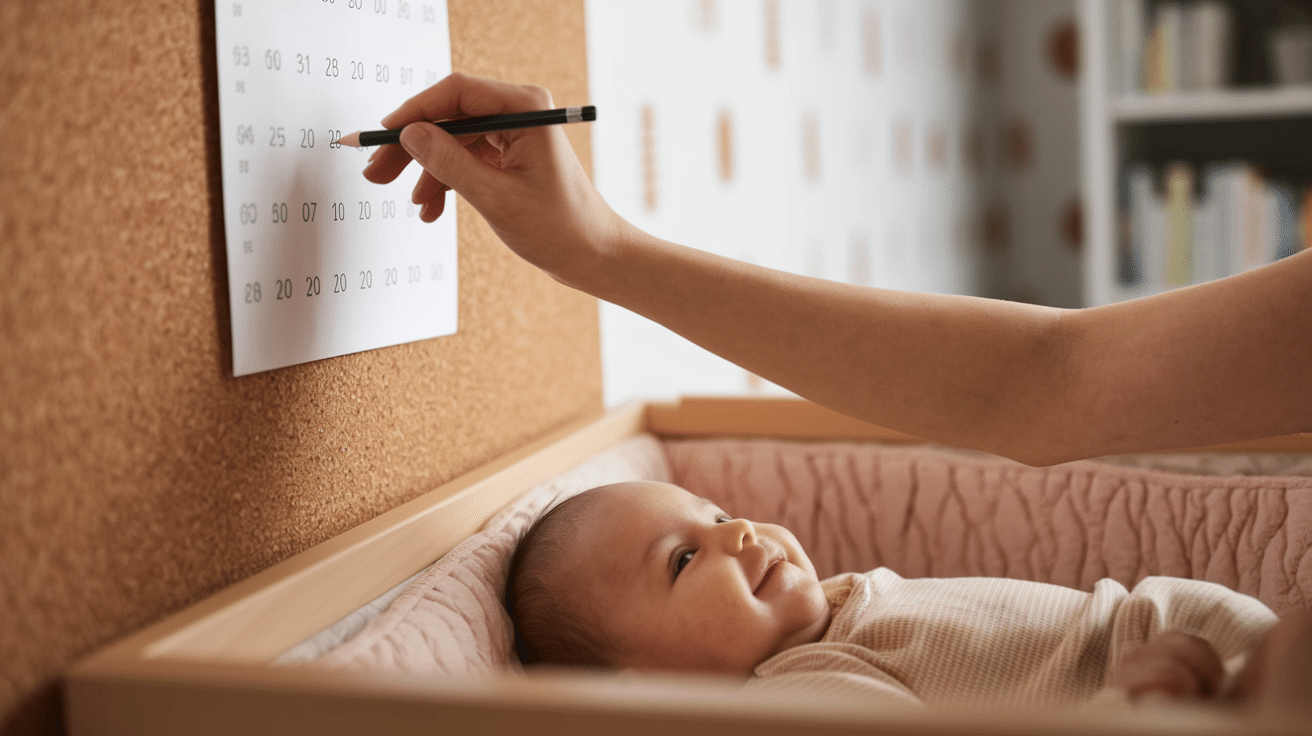
The standard 2.5-3.5 hour wake windows work for most 9-month-olds, but your baby might need adjustments.
Some babies need shorter periods if they’re very active or easily stimulated. Others handle longer stretches without getting cranky. Watch how your baby responds to their current schedule to know if changes are needed.
Tracking and tweaking tips
- Start with observation: Keep a simple sleep diary for 3-5 days, noting wake times, nap lengths, and mood patterns.
- Make gradual changes: Adjust wake windows by only 15 minutes at a time to see how your baby responds.
- Watch the clock and your baby: Use wake windows as a guide, but prioritize your baby’s sleep cues.
- Be consistent: Give any change at least 3 days before deciding if it works.
- Check for patterns: If morning naps are always better than afternoon naps, you might need different wake window lengths at other times of day.
Adjusting during special circumstances
- Teething: Slightly shorter wake windows with extra soothing time before sleep may help with discomfort.
- Illness: Expect to need shorter wake windows and possibly more naps when your baby isn’t feeling well.
- Developmental leaps: During milestones like crawling or standing, your baby may resist sleep more—be patient and maintain consistent routines.
- Sleep regressions: Sometimes, stick with your normal schedule despite protests; other times, a temporary adjustment helps get through the phase.
- Travel/time changes: Adjust gradually (15 minutes per day) to new time zones or seasonal changes.
Your 9-Month-Old’s Path to Better Sleep
Finding your baby’s ideal wake window transforms daily life from unpredictable to manageable.
When you find those perfect 2.5- 3.5-hour stretches, everything improves—naps become more consistent, nights get smoother, and those precious awake moments become truly enjoyable.
The key is remaining flexible while honoring their biological needs for balanced activity-rest cycles.
Trust your judgment. You understand your baby best. Those sleepy signals, regular patterns, and your observations are your most valuable tools.
Wake windows aren’t about strict schedules—they’re about creating a rhythm that respects your baby’s natural needs while maintaining everyone’s well-being.
Small tweaks now deliver significant benefits, building the foundation for healthy sleep habits that continue for years.
If you’re interested in more informational content on mothers and babies, feel free to click here and explore other blogs that you might enjoy!
Frequently Asked Questions (FAQs)
Is 9 Months Too Early for One Nap?
Yes, for most babies, 9 months is too early to drop to one nap. Most 9-month-olds still need two naps to stay well-rested and avoid becoming overtired.
What Is The Best Nap Time For A 9-Month-Old?
The first nap is usually around 9:30–10:00 AM, and the second nap around 2:00–2:30 PM. It depends on when your baby wakes up and how long their wake windows are.
What Time Should A 9-Month-Old Go To Bed?
Bedtime is usually between 6:30 and 8:00 PM, depending on when the last nap ended and how long your baby’s final wake window is.
Is There A Sleep Regression At 9 Months Old?
Yes, many babies experience a sleep regression around 9 months. This can include fighting naps, waking more at night, or being harder to settle—often due to developmental leaps or separation anxiety.




